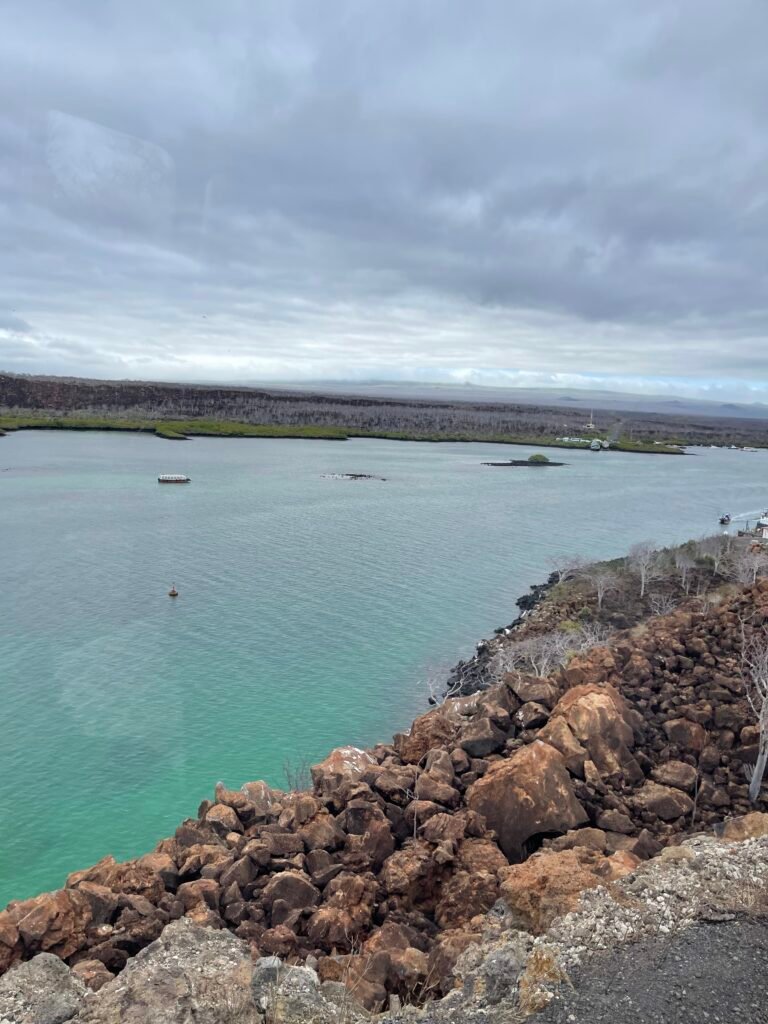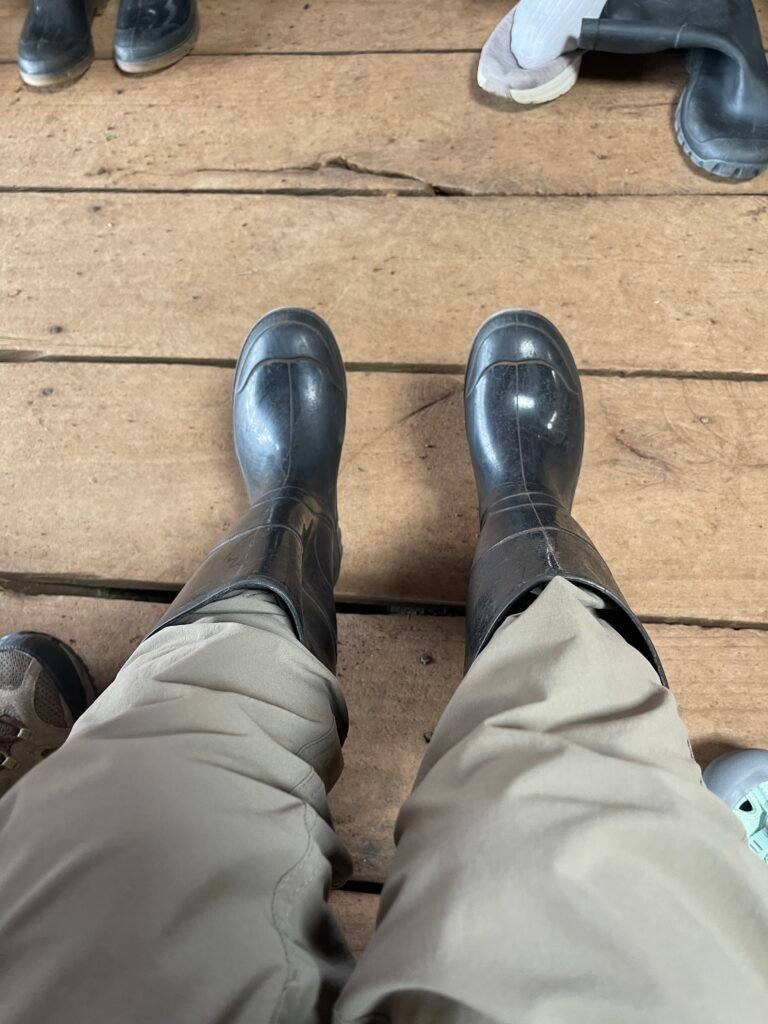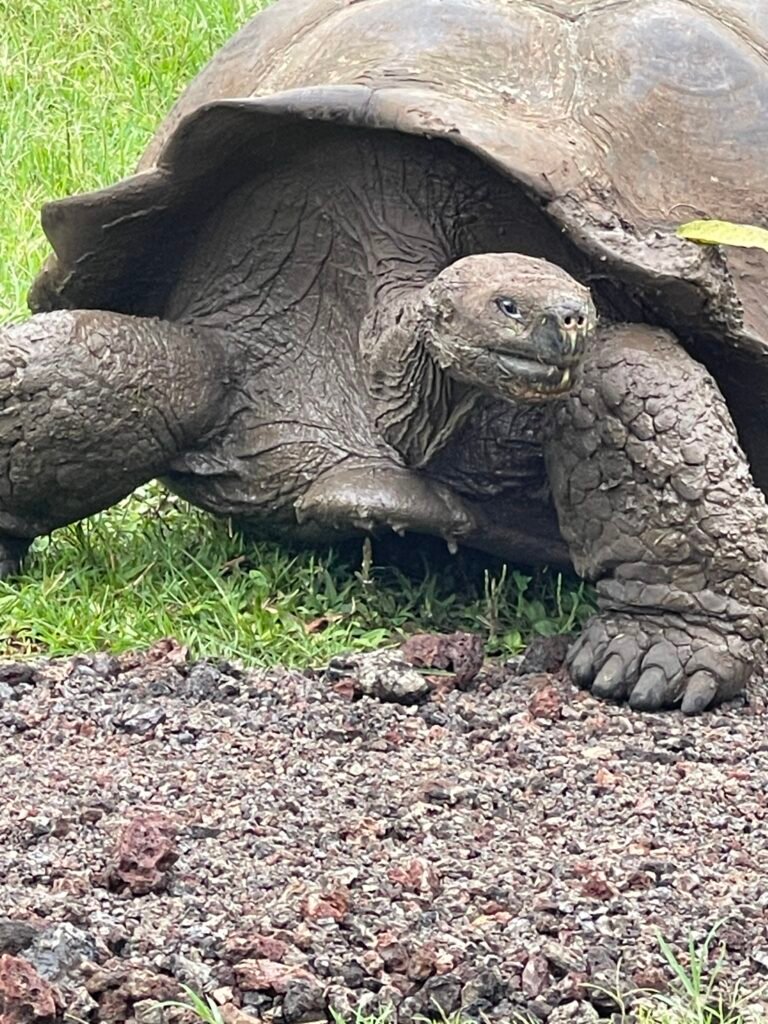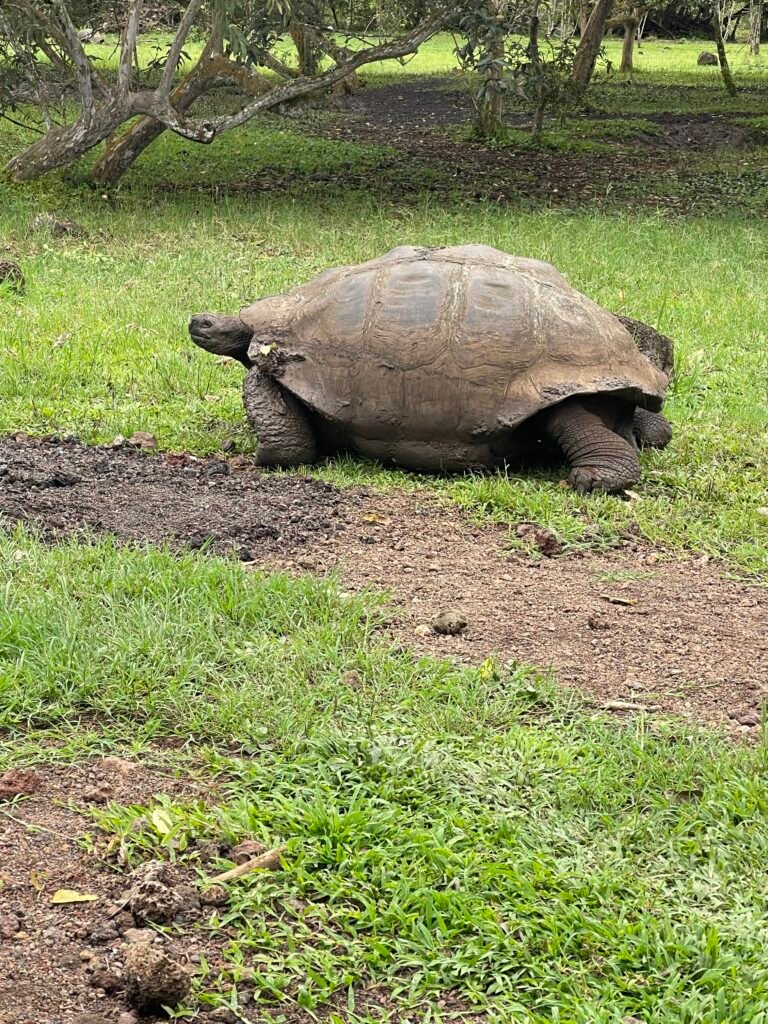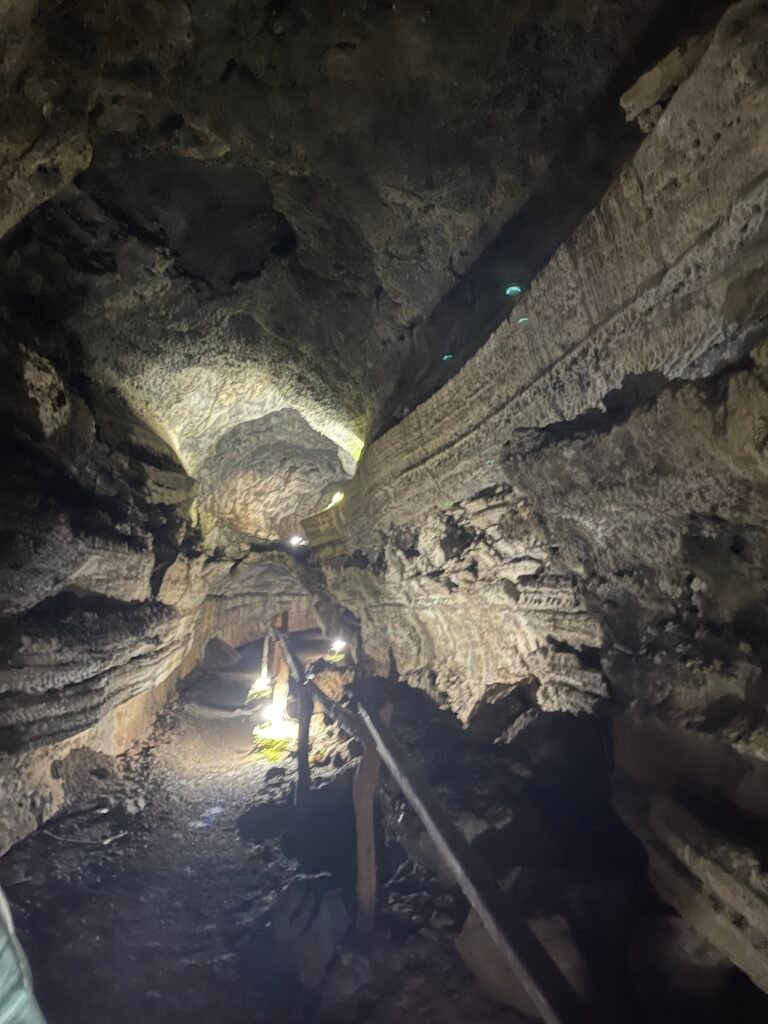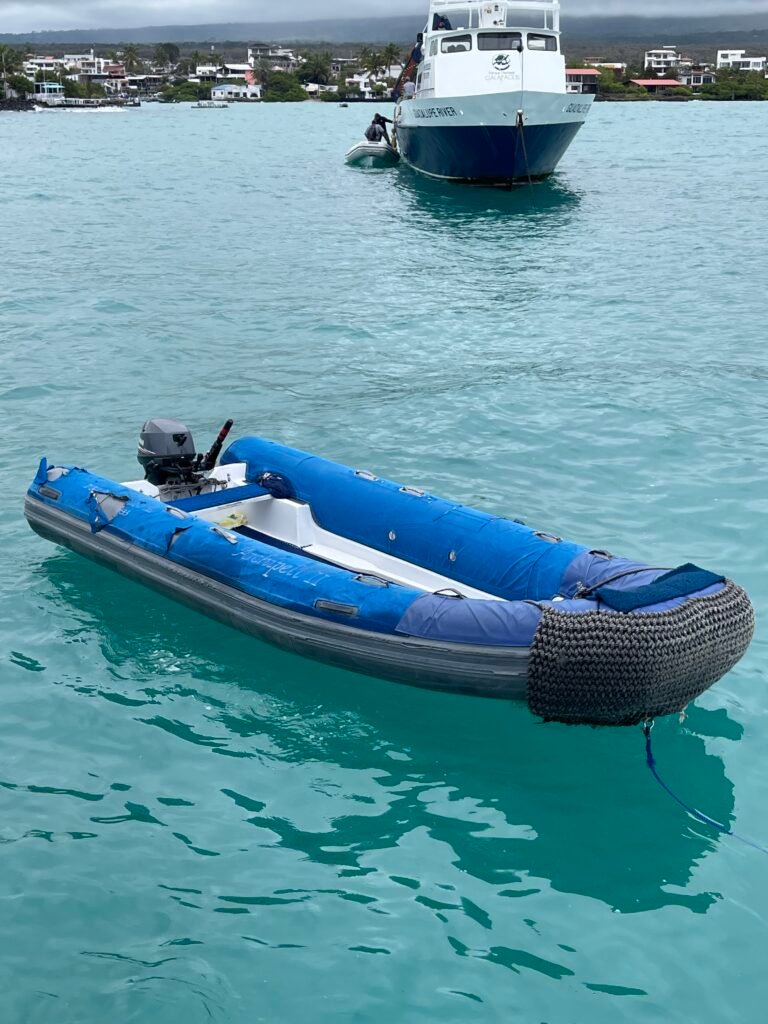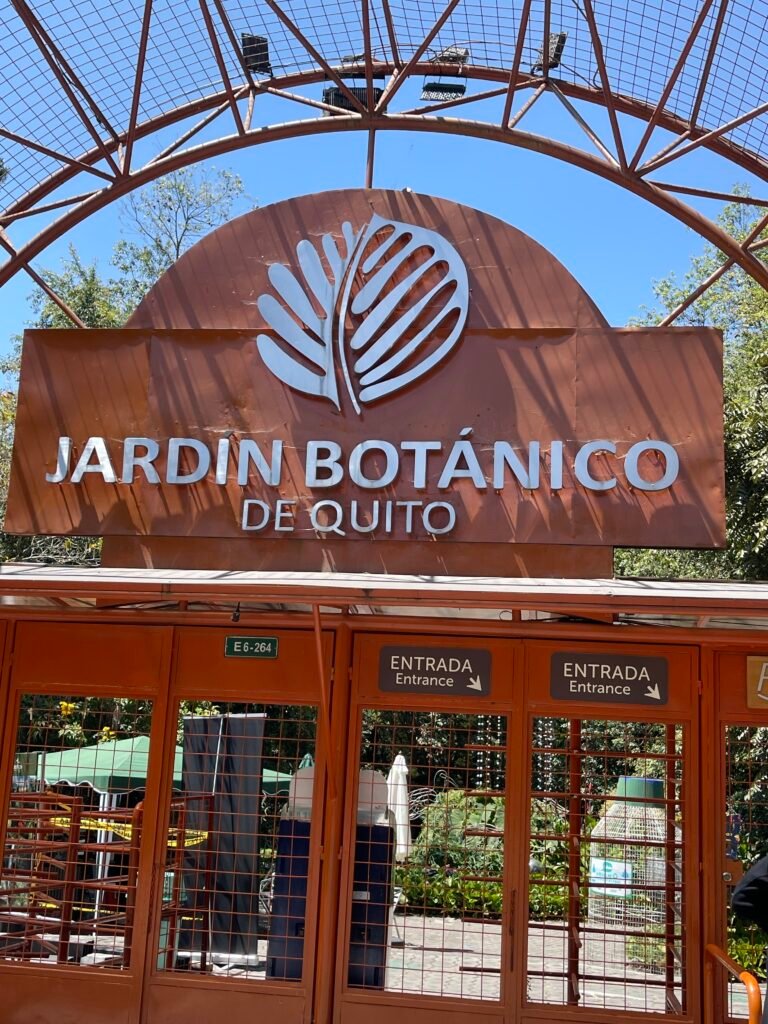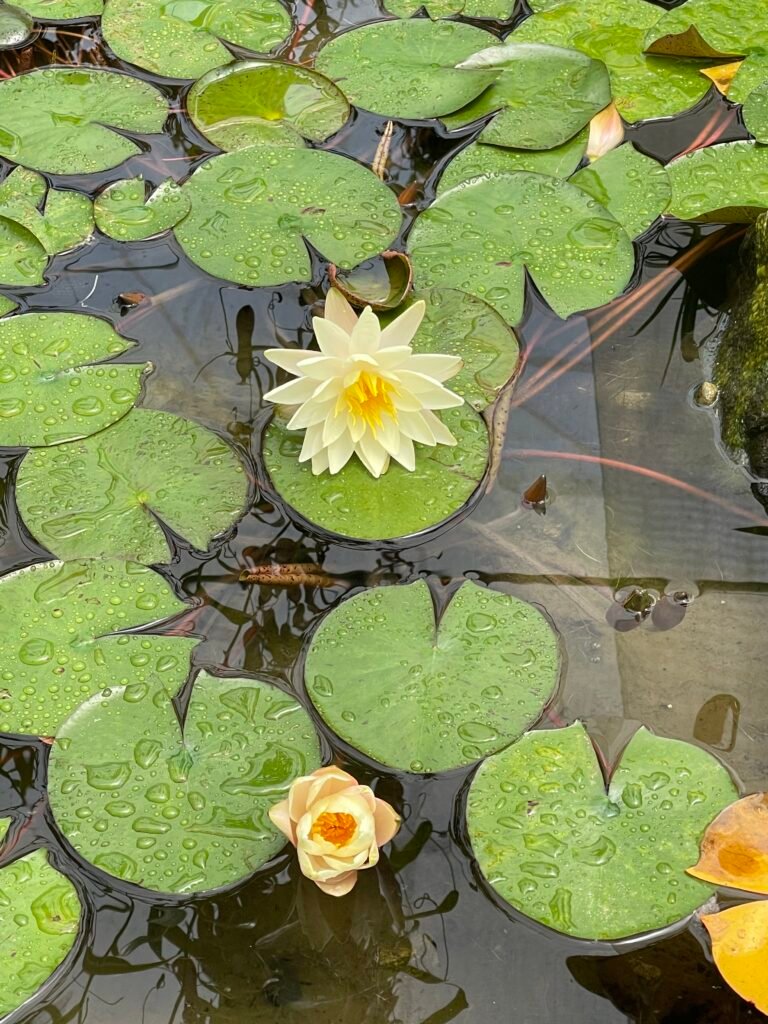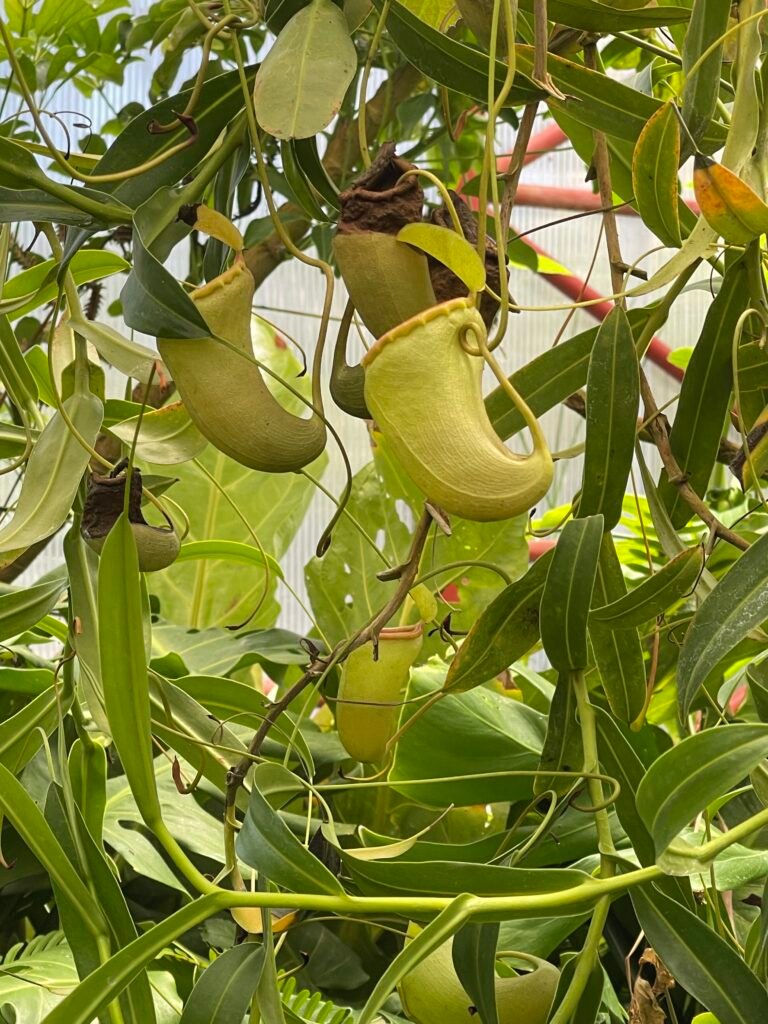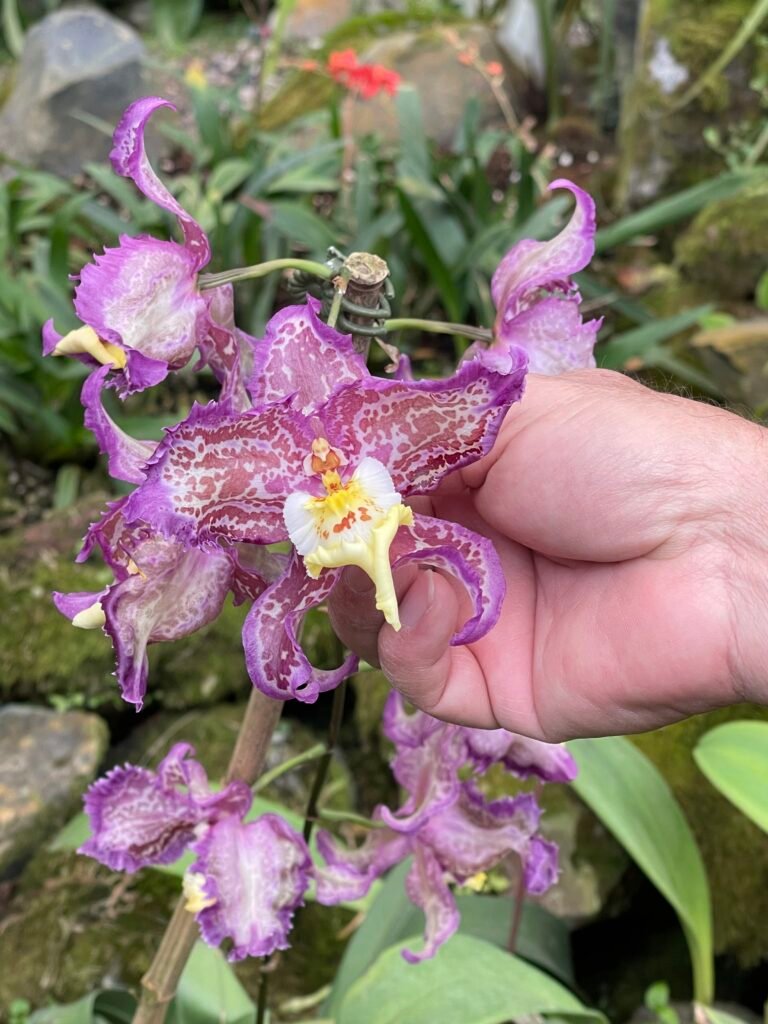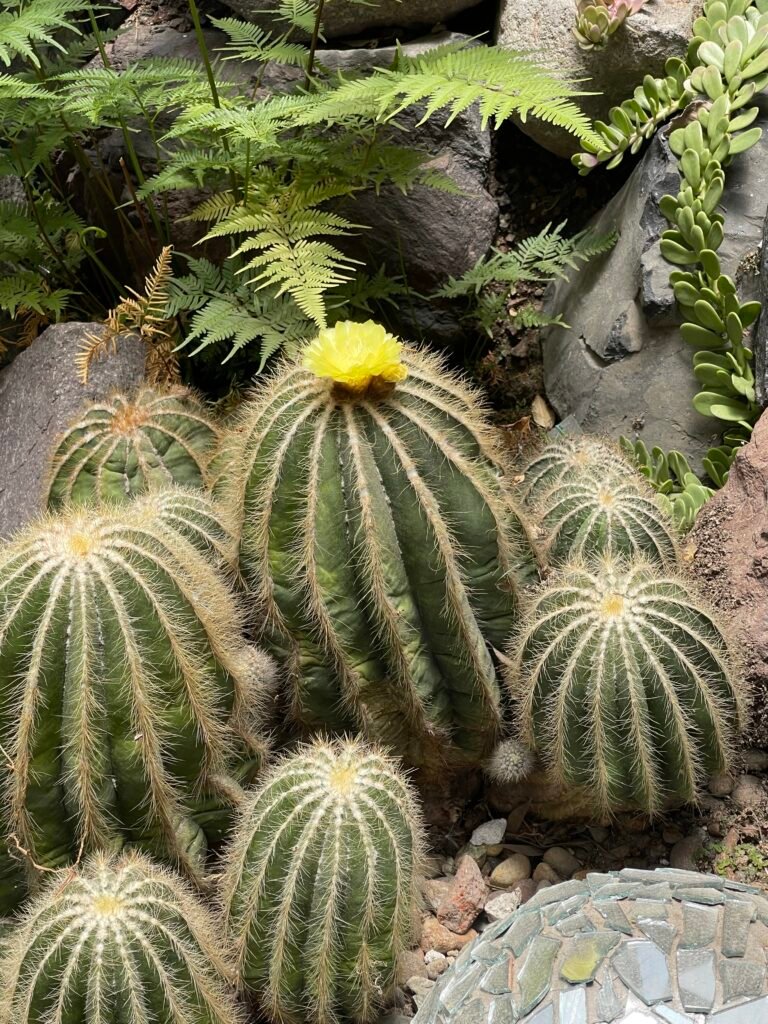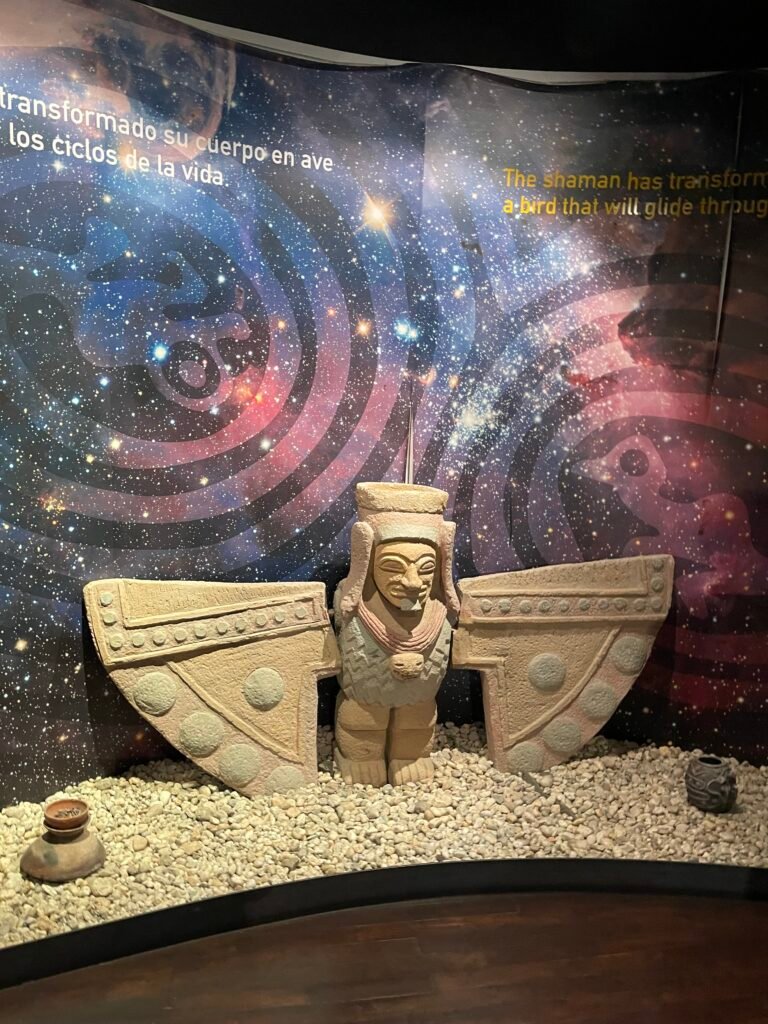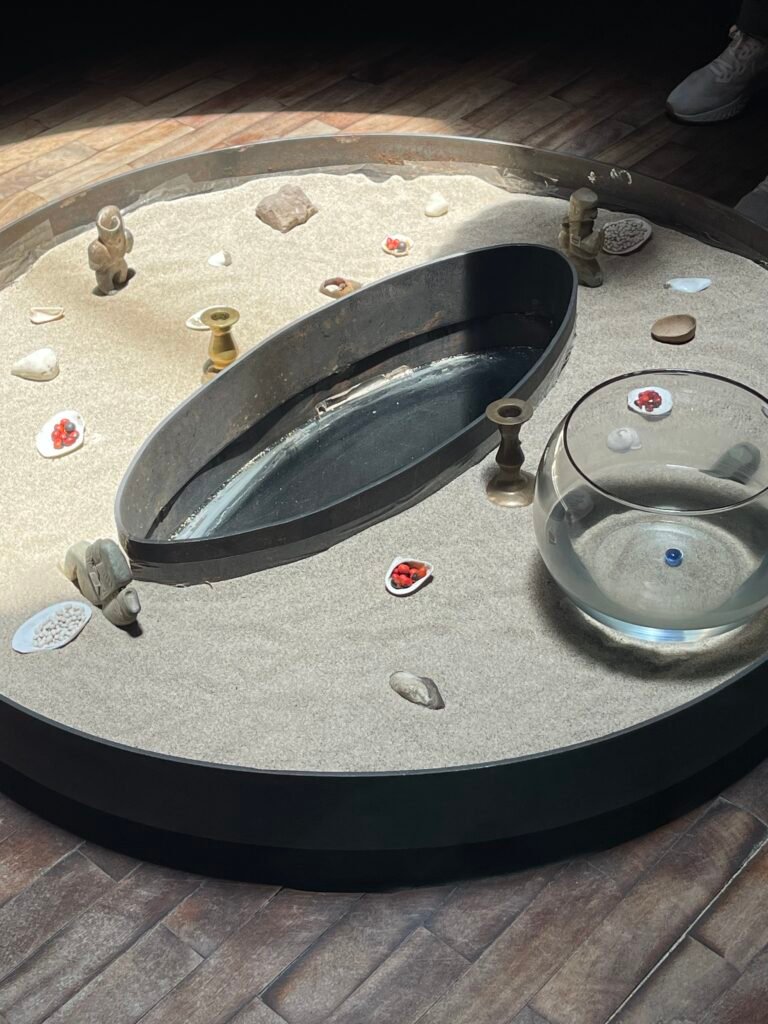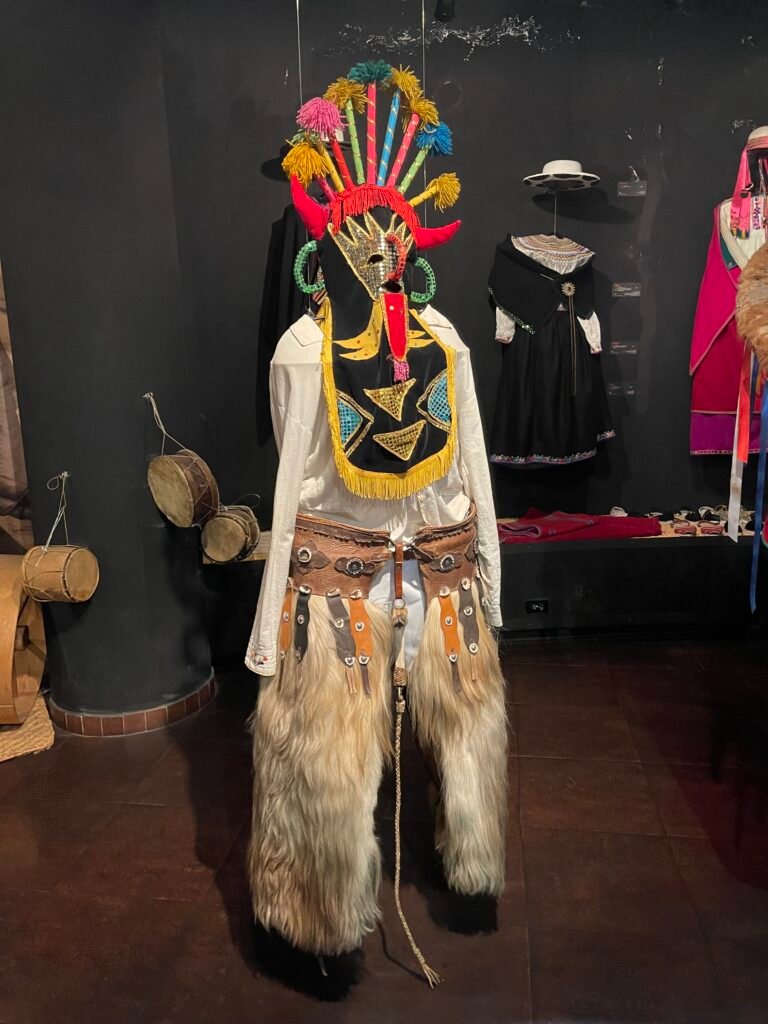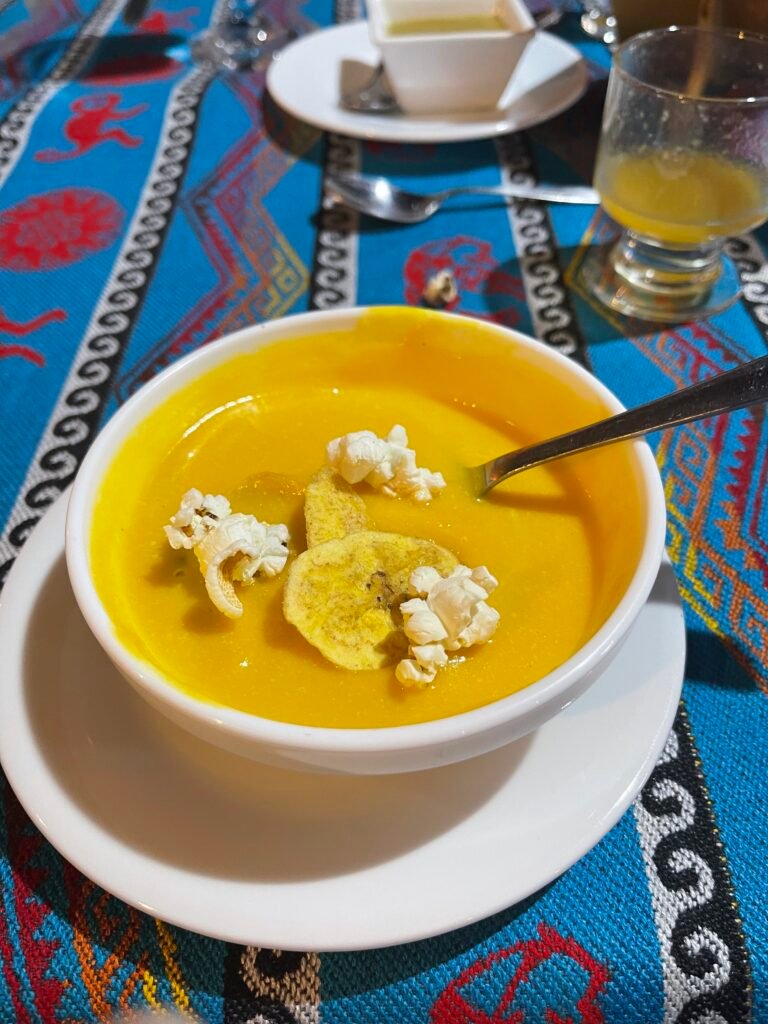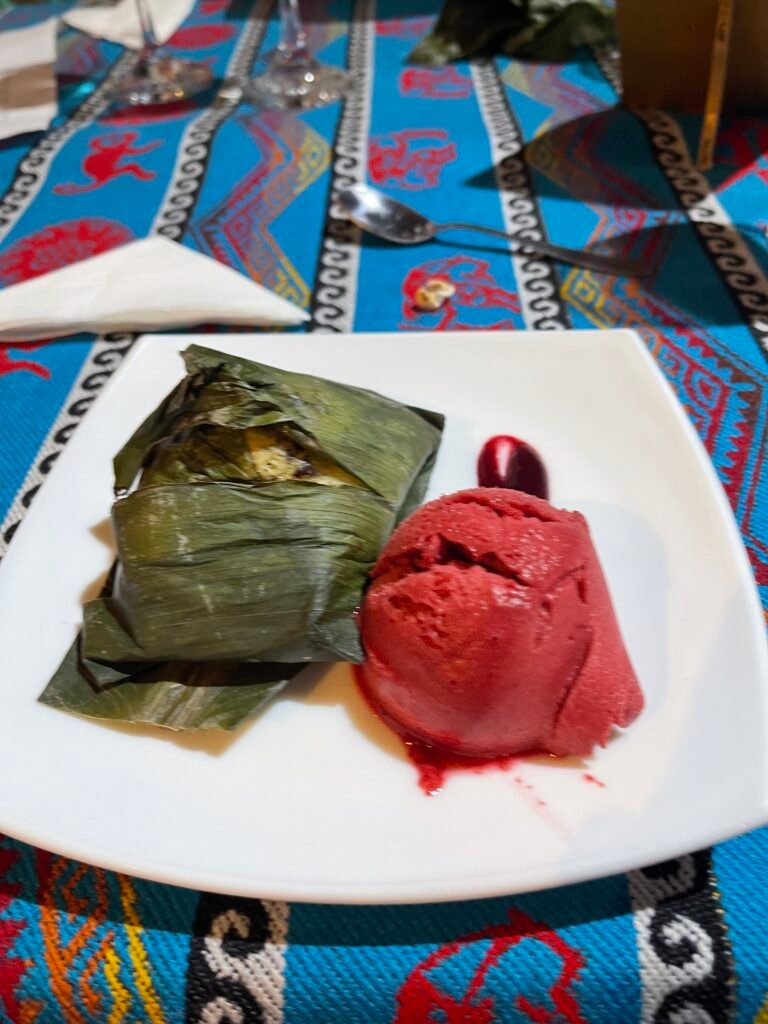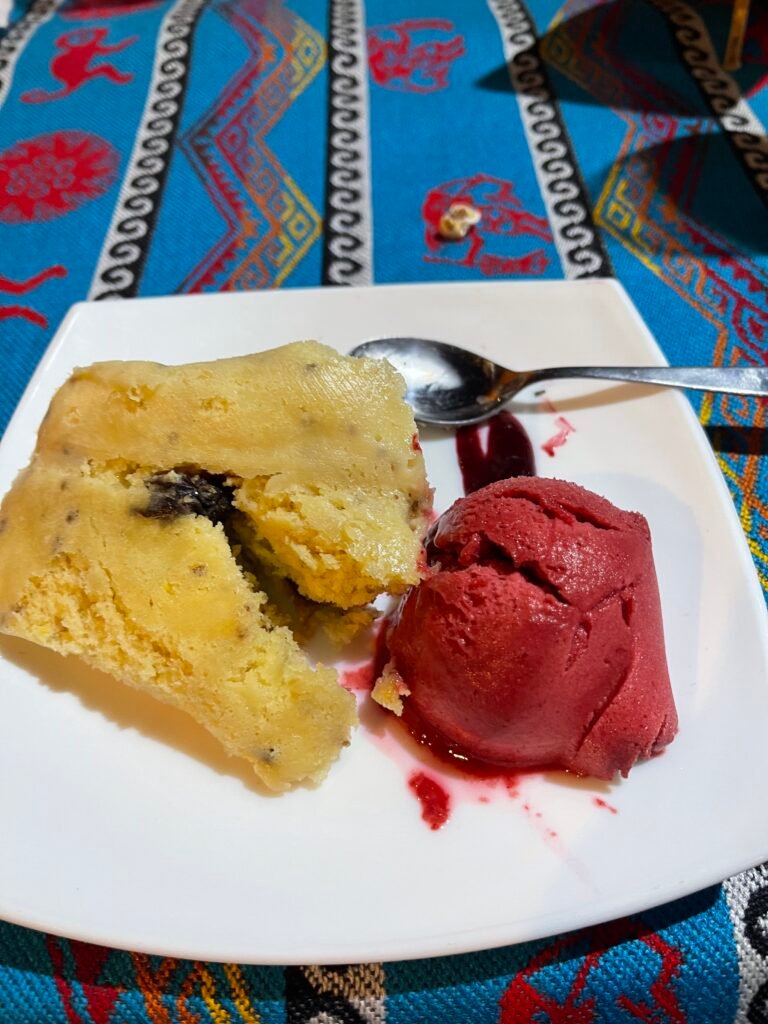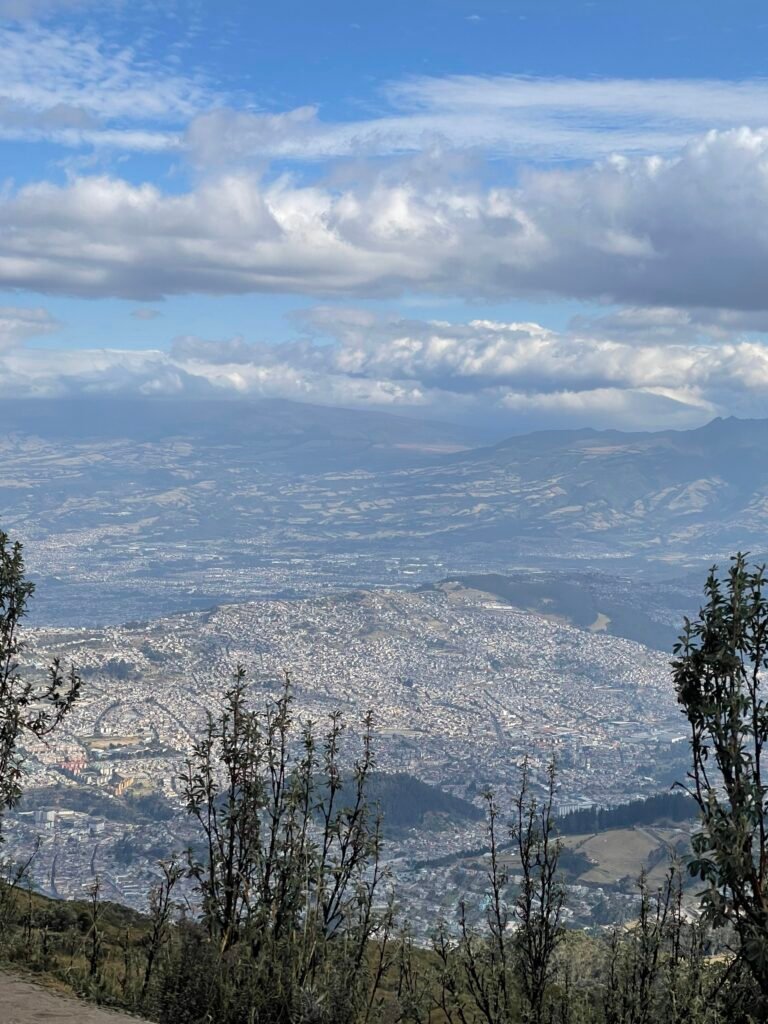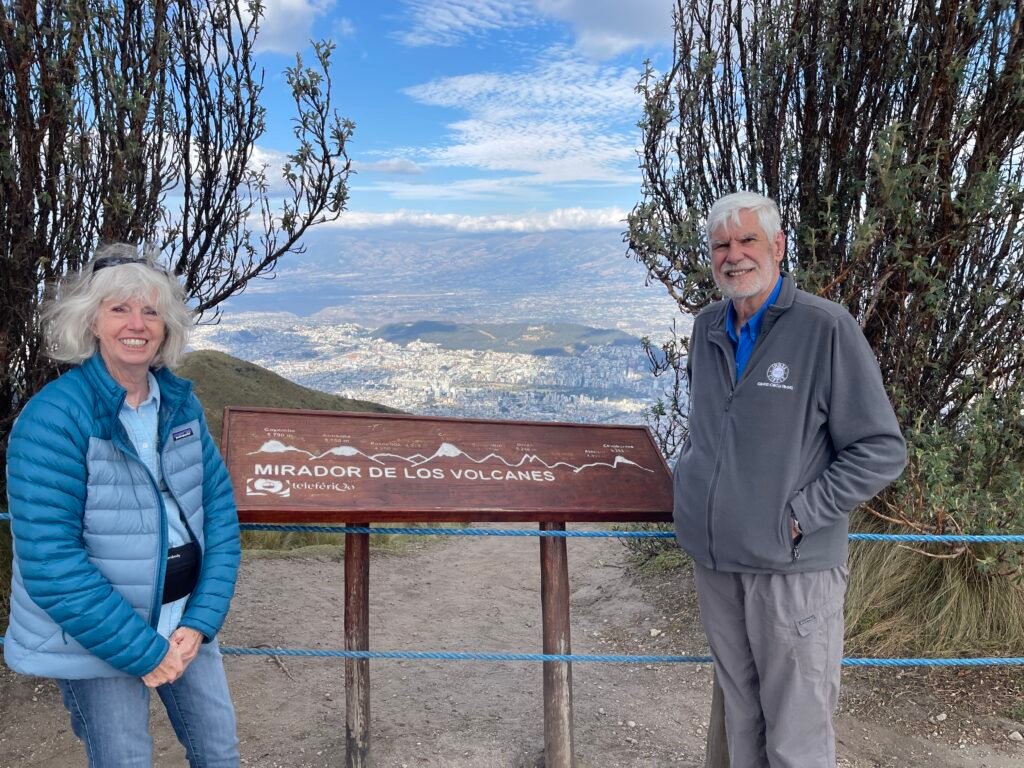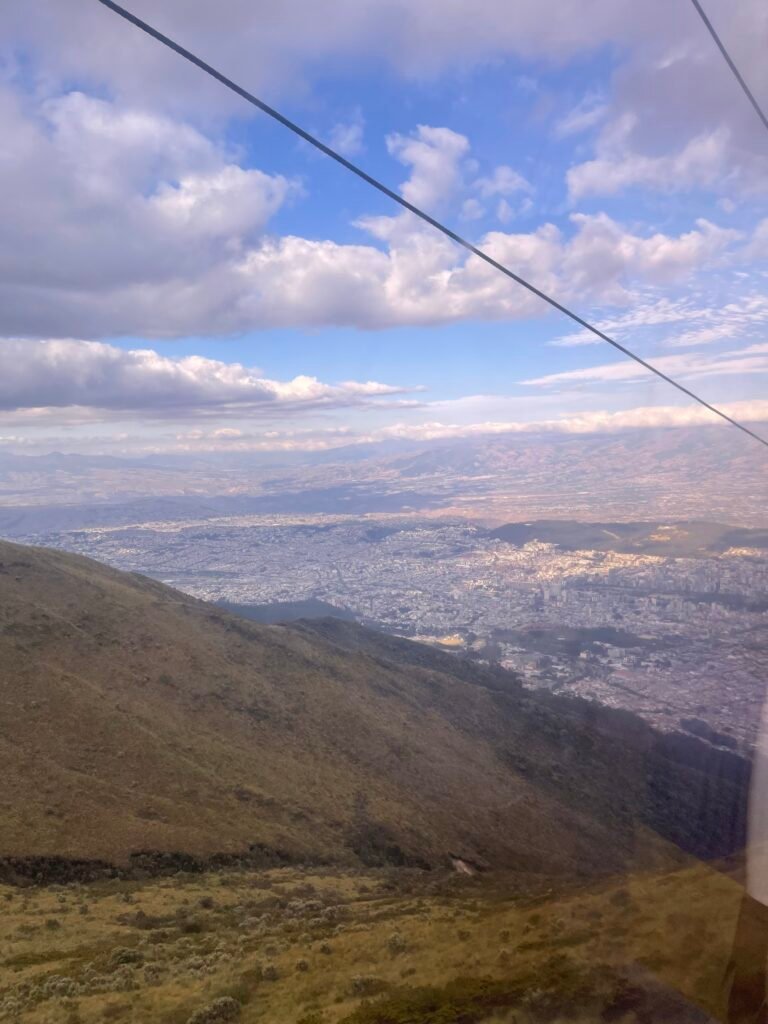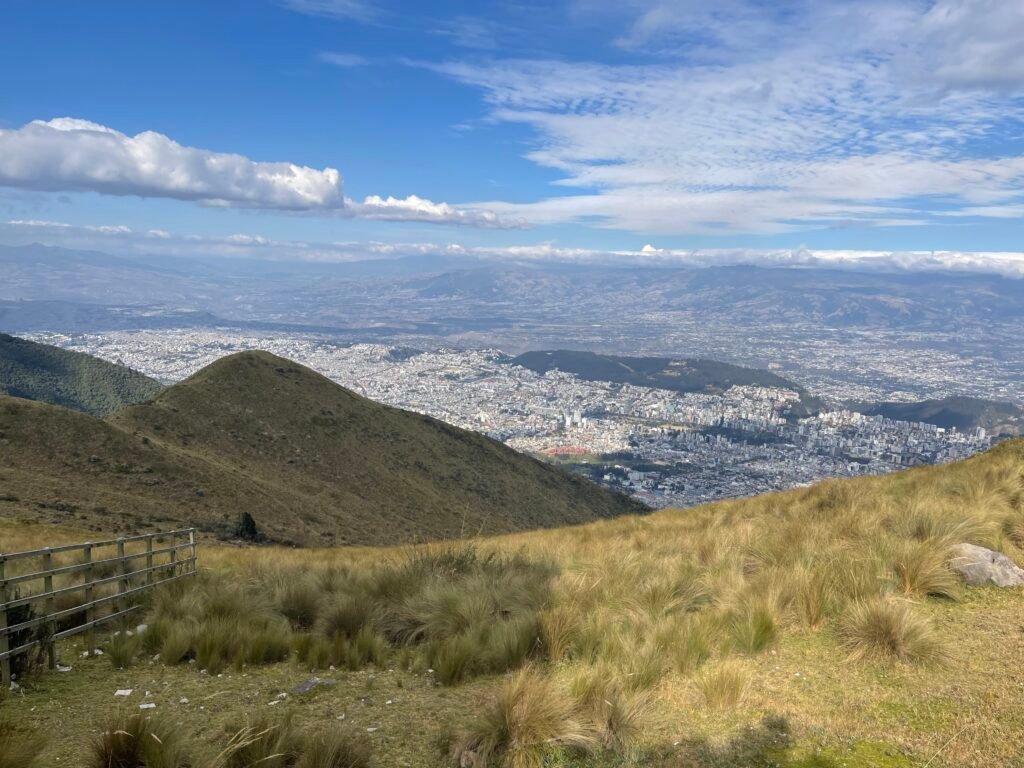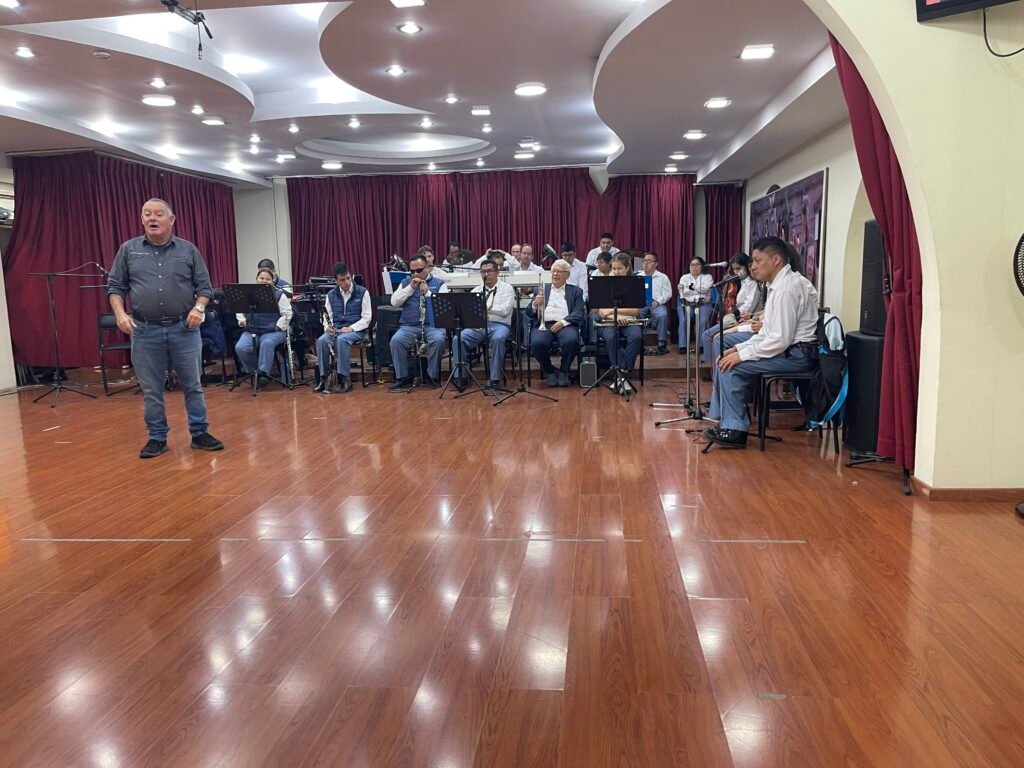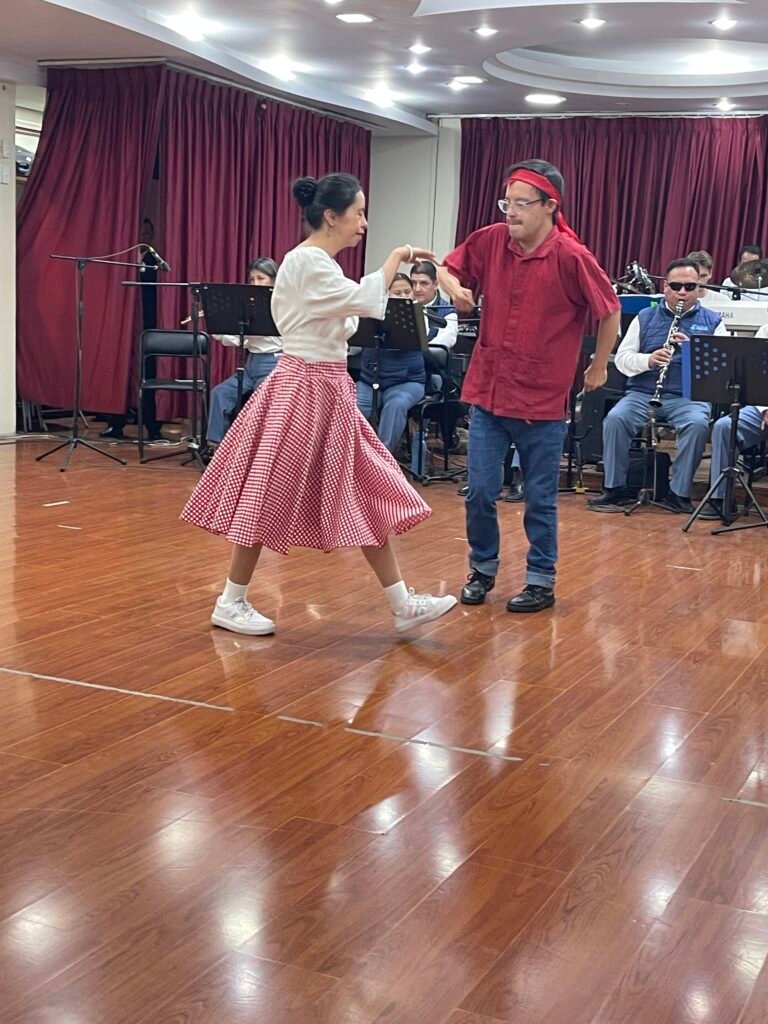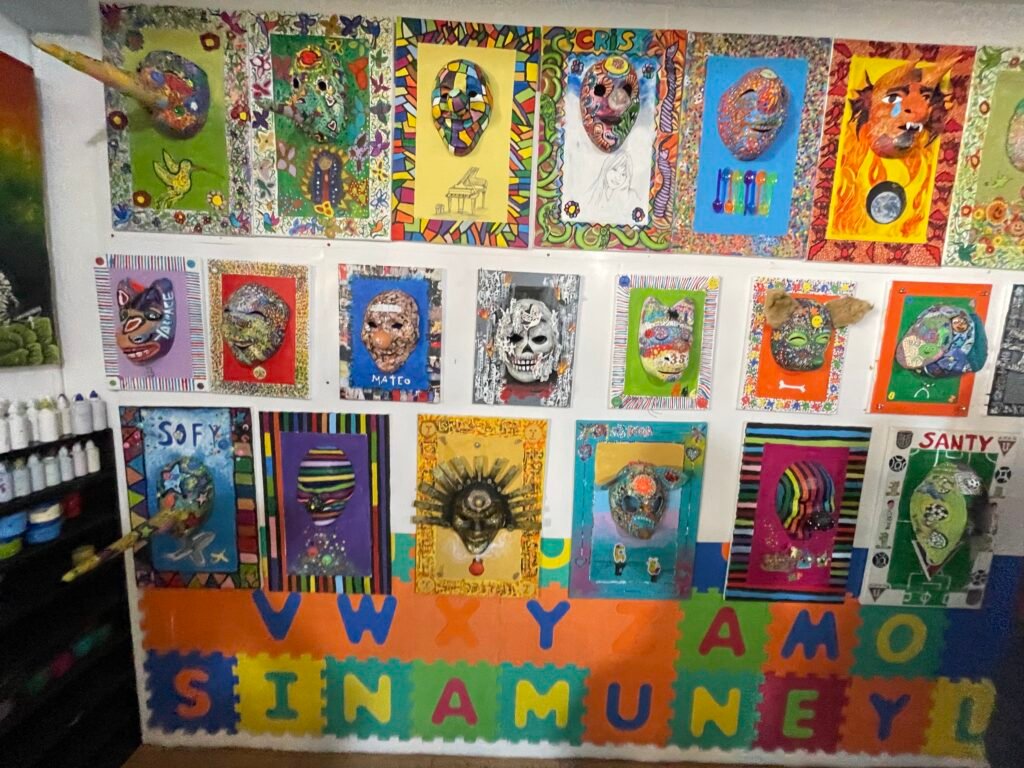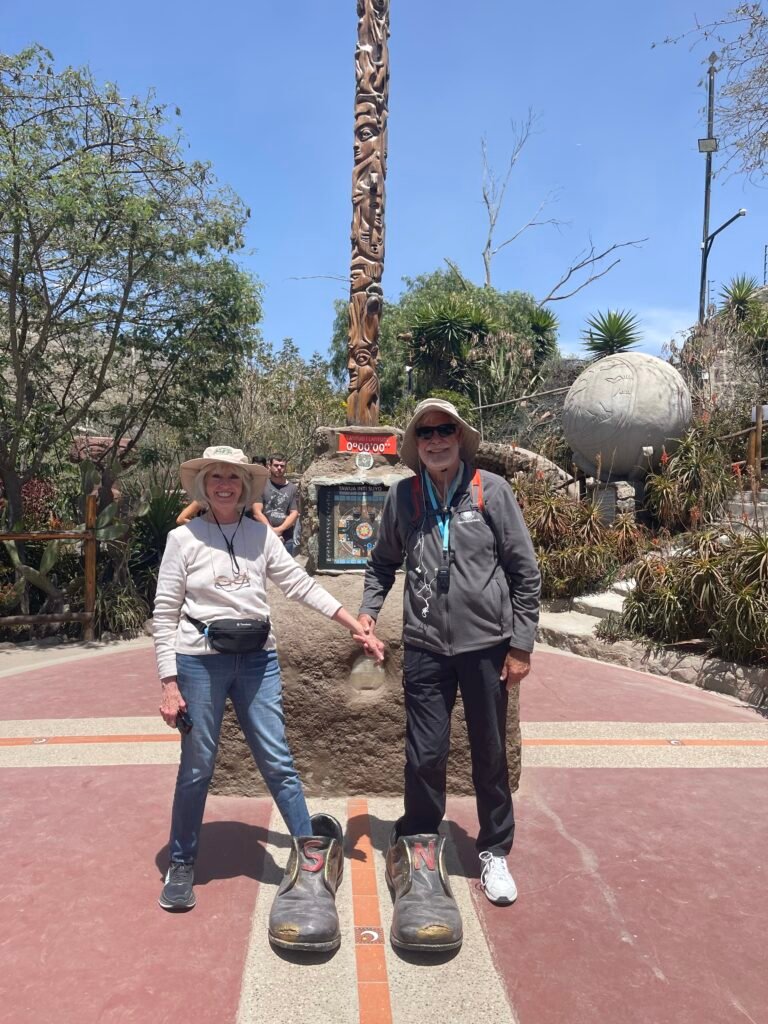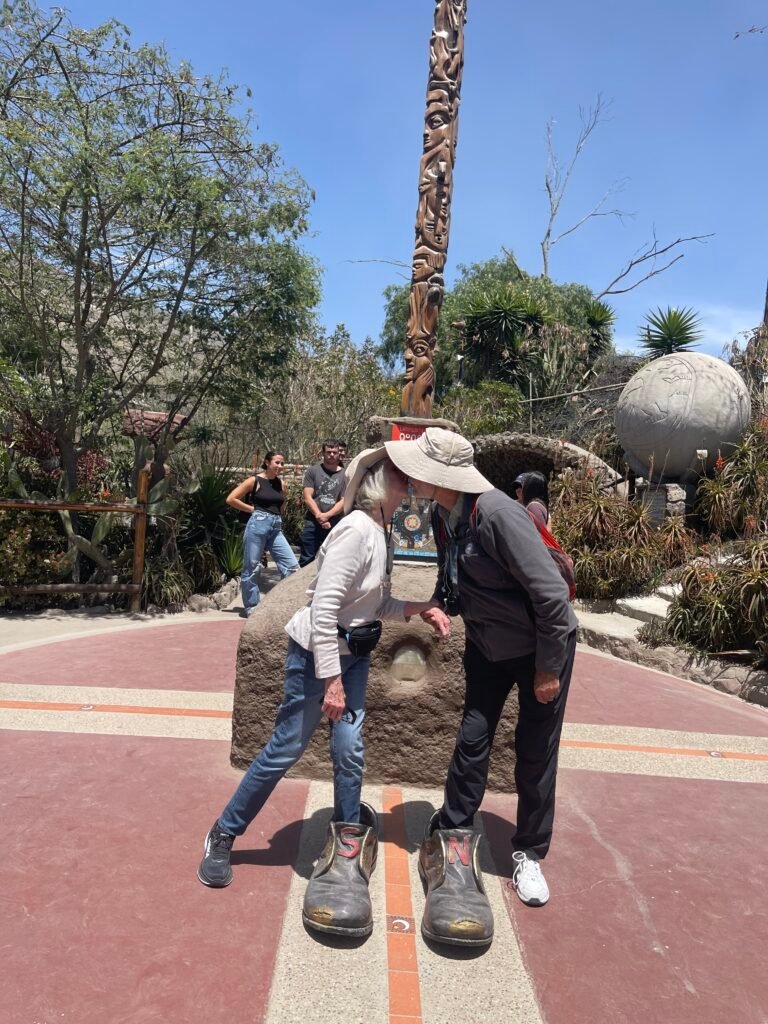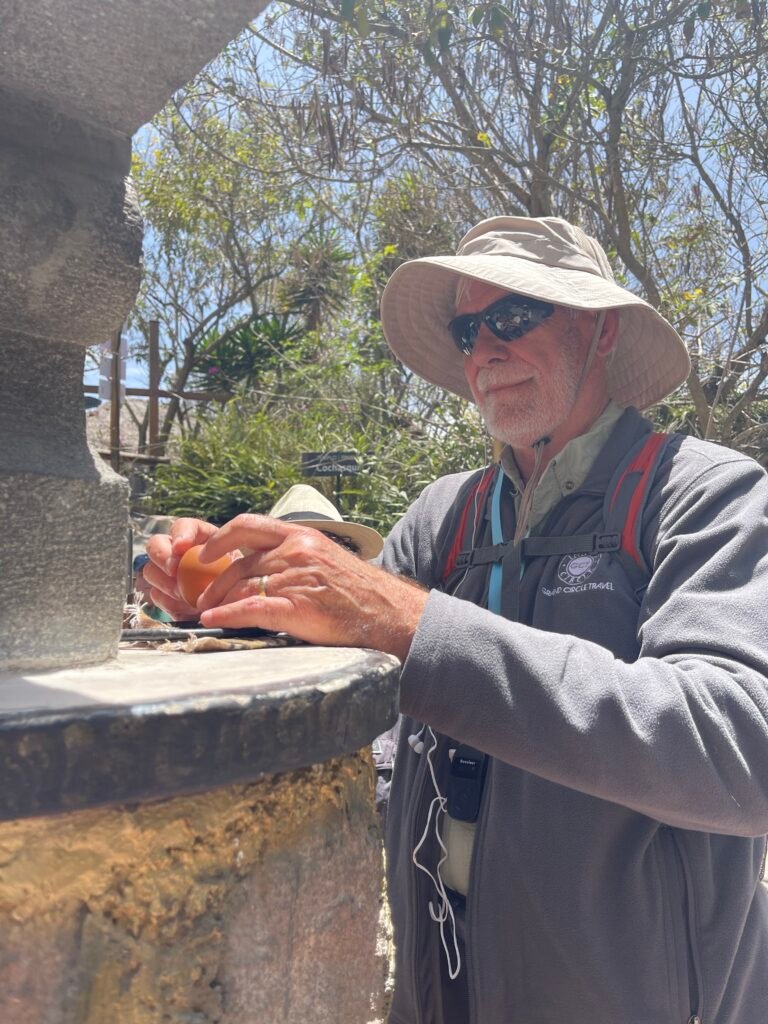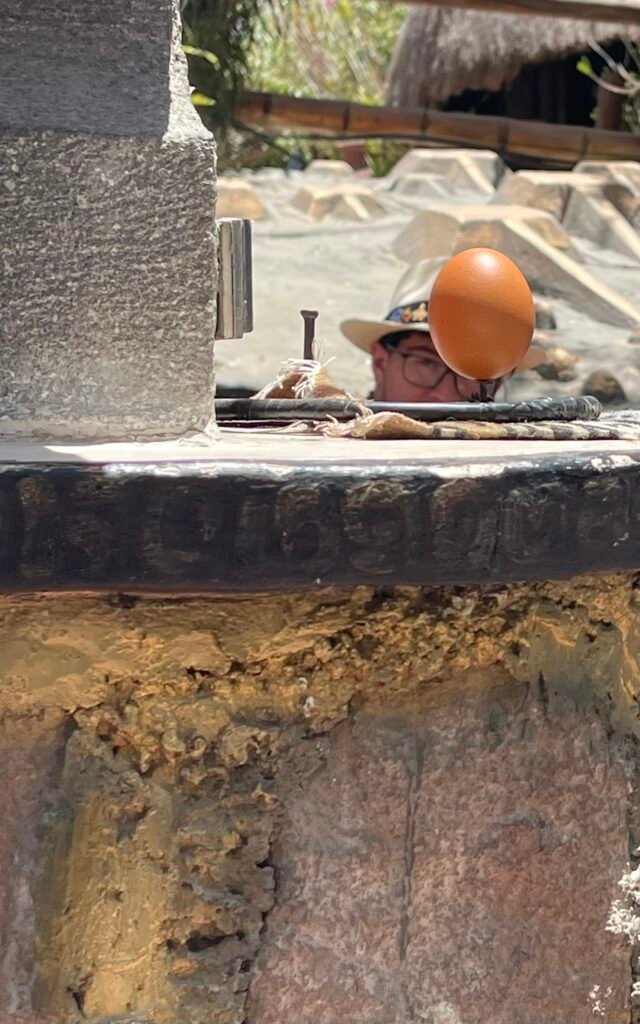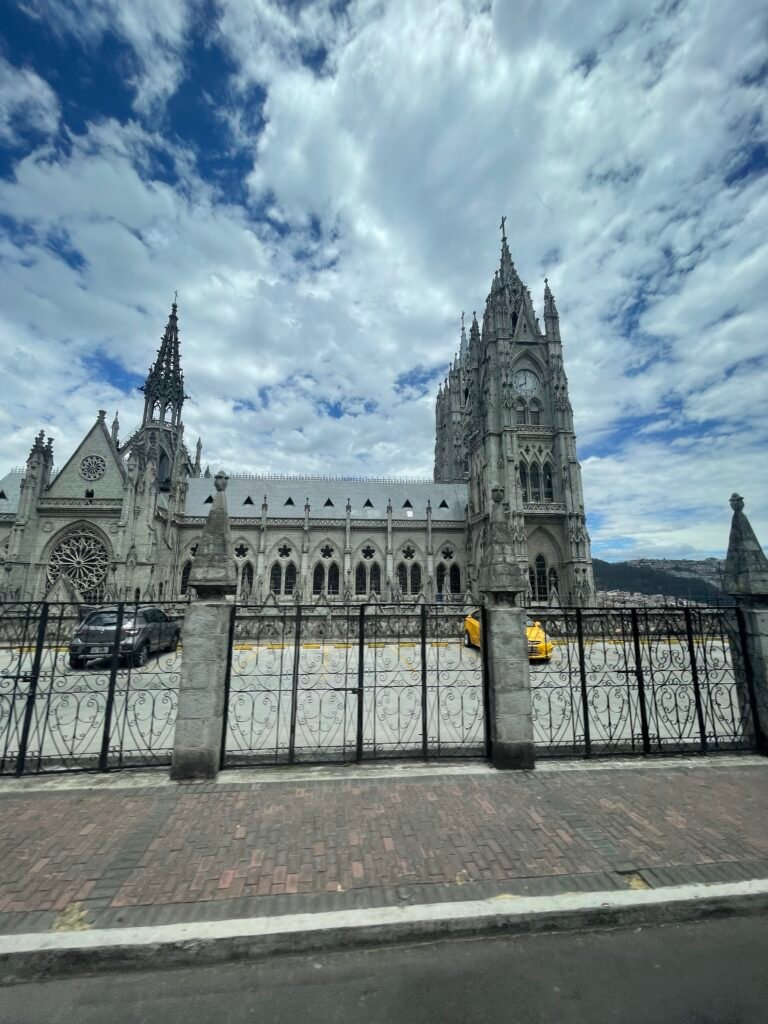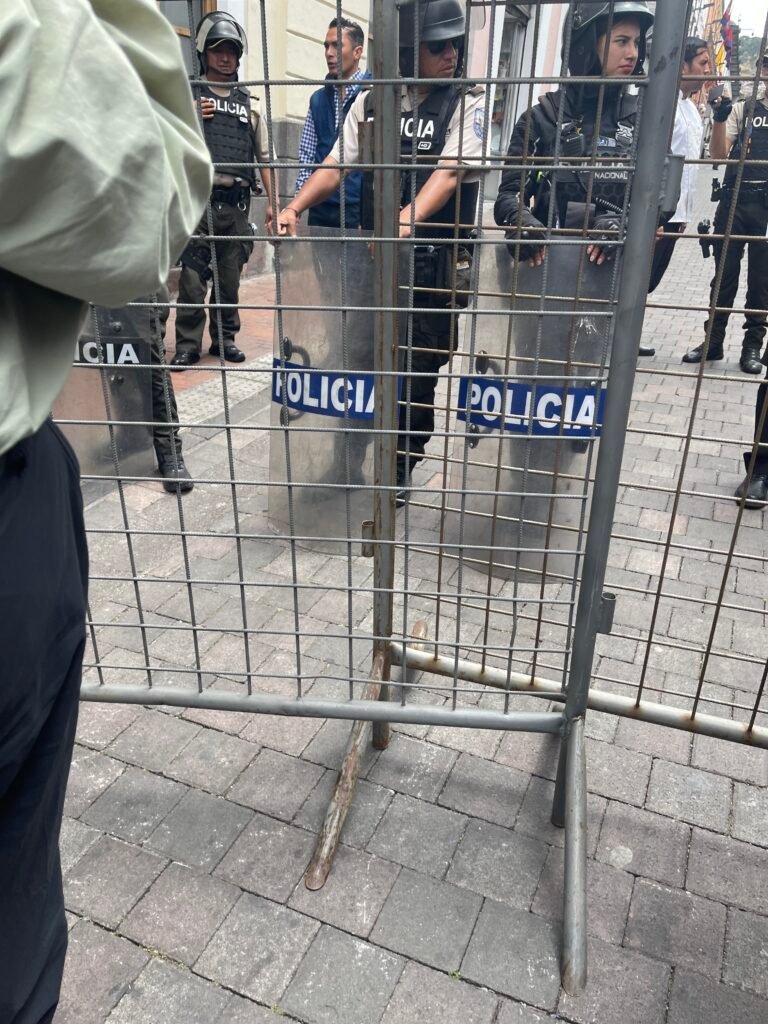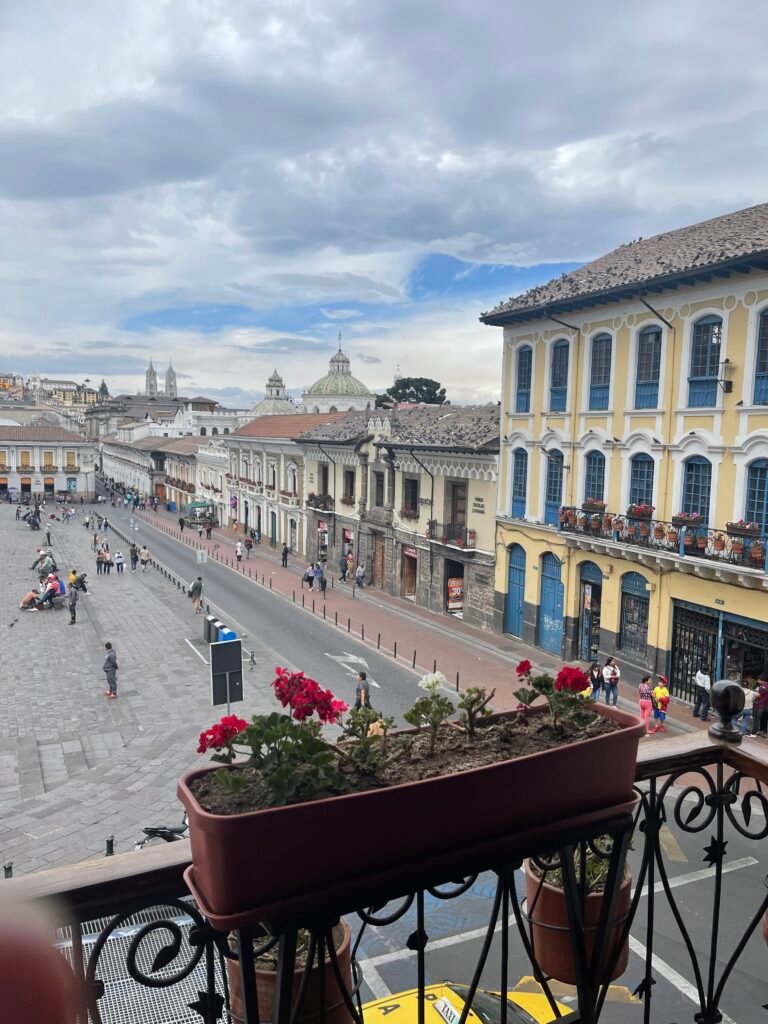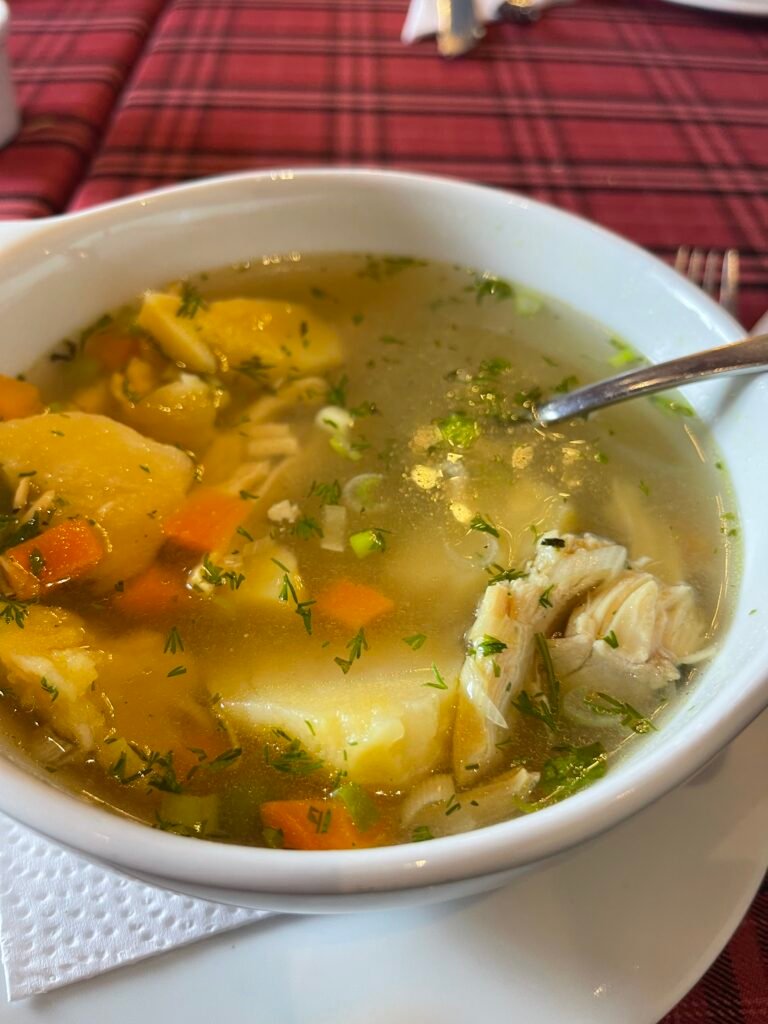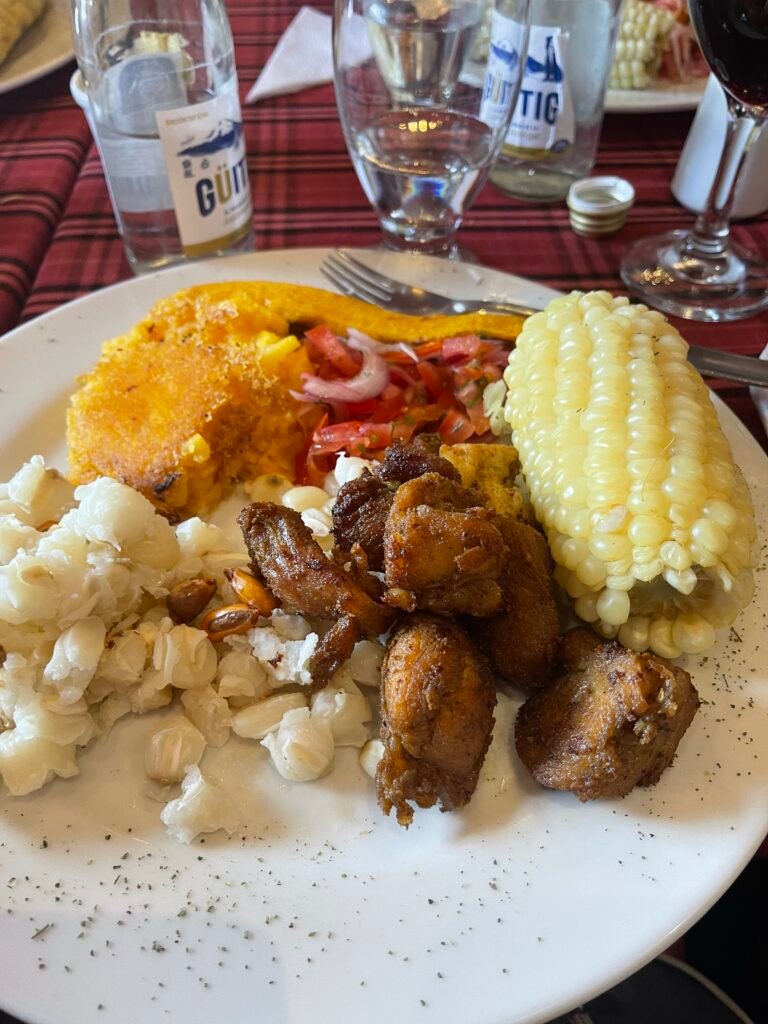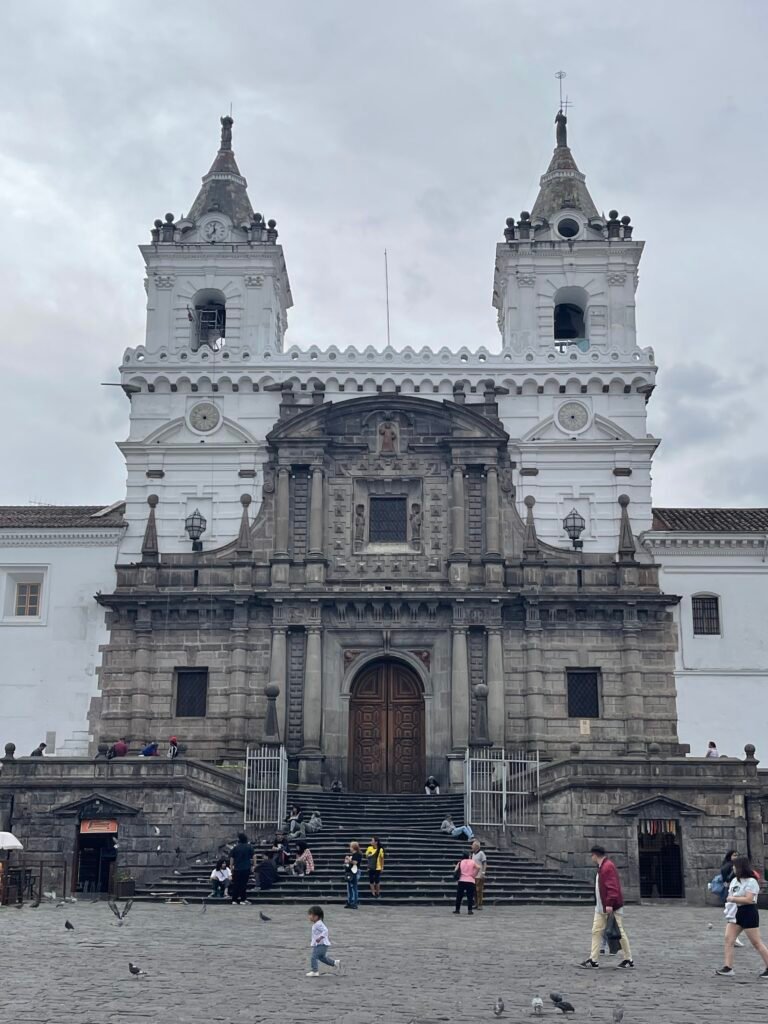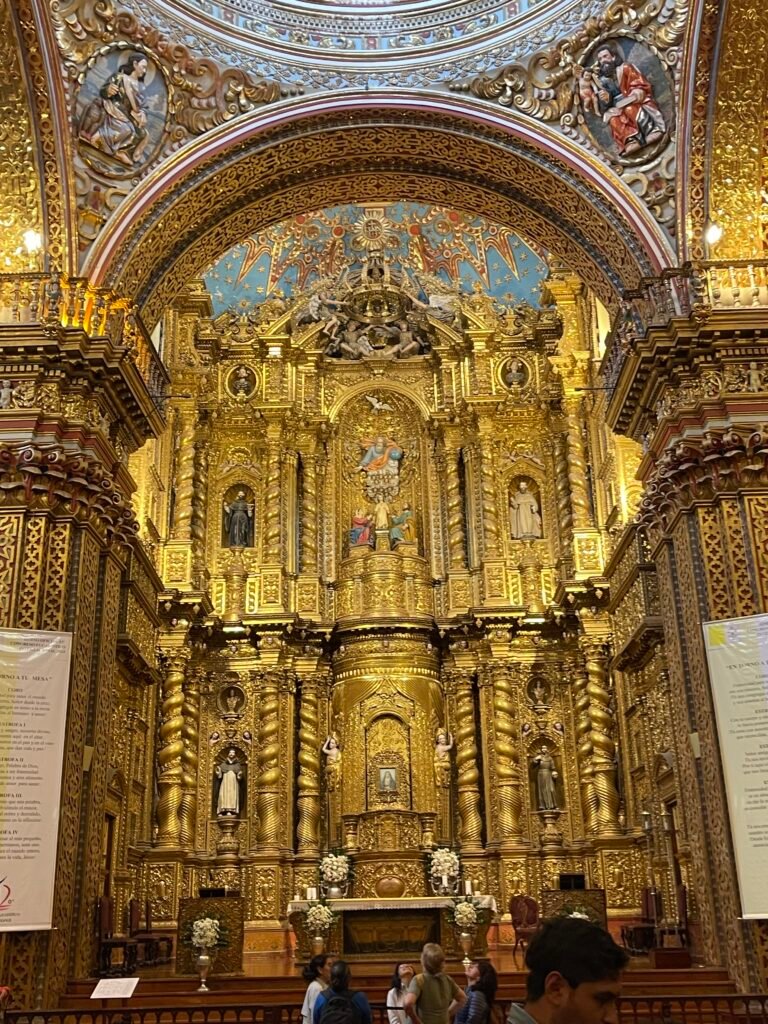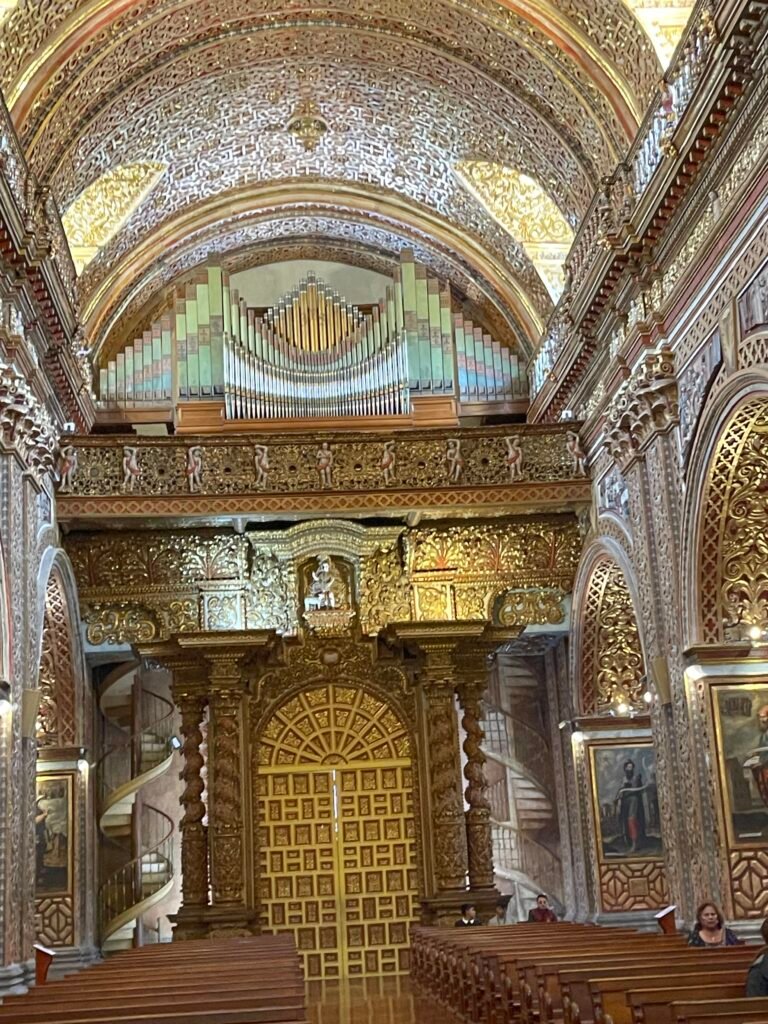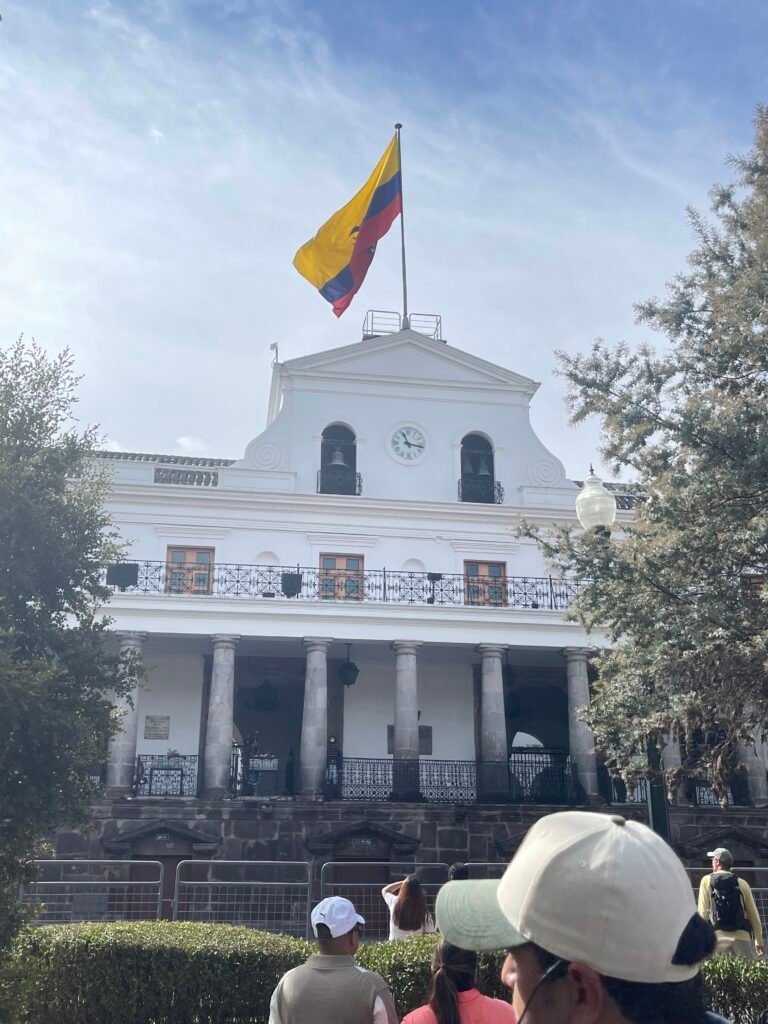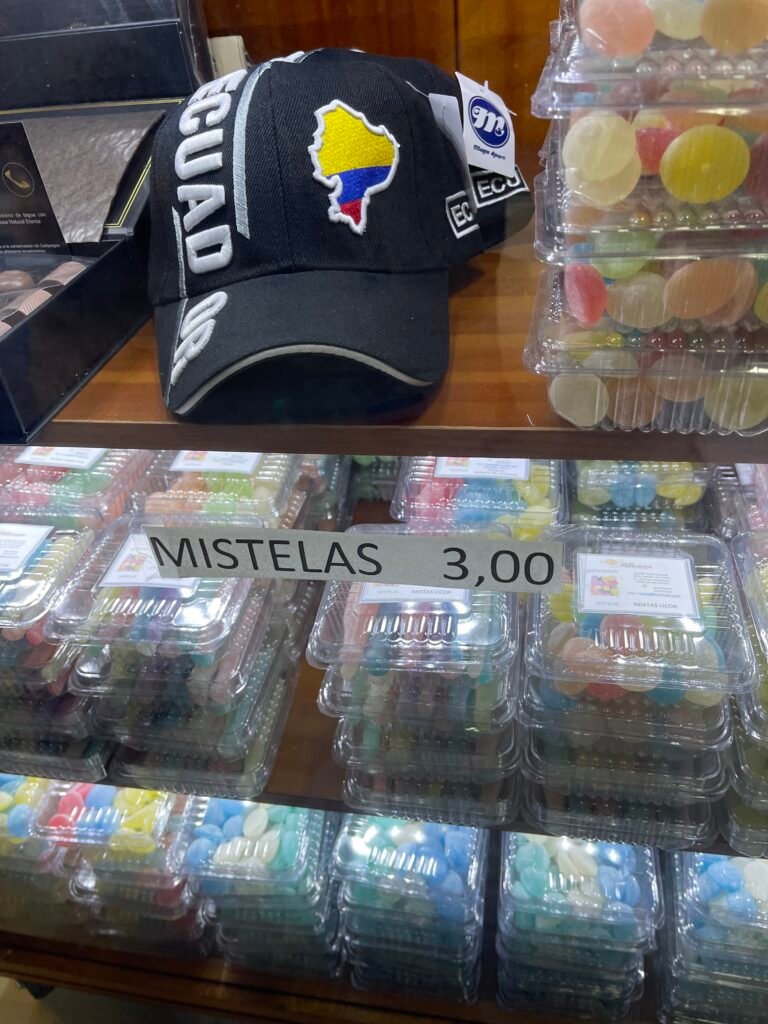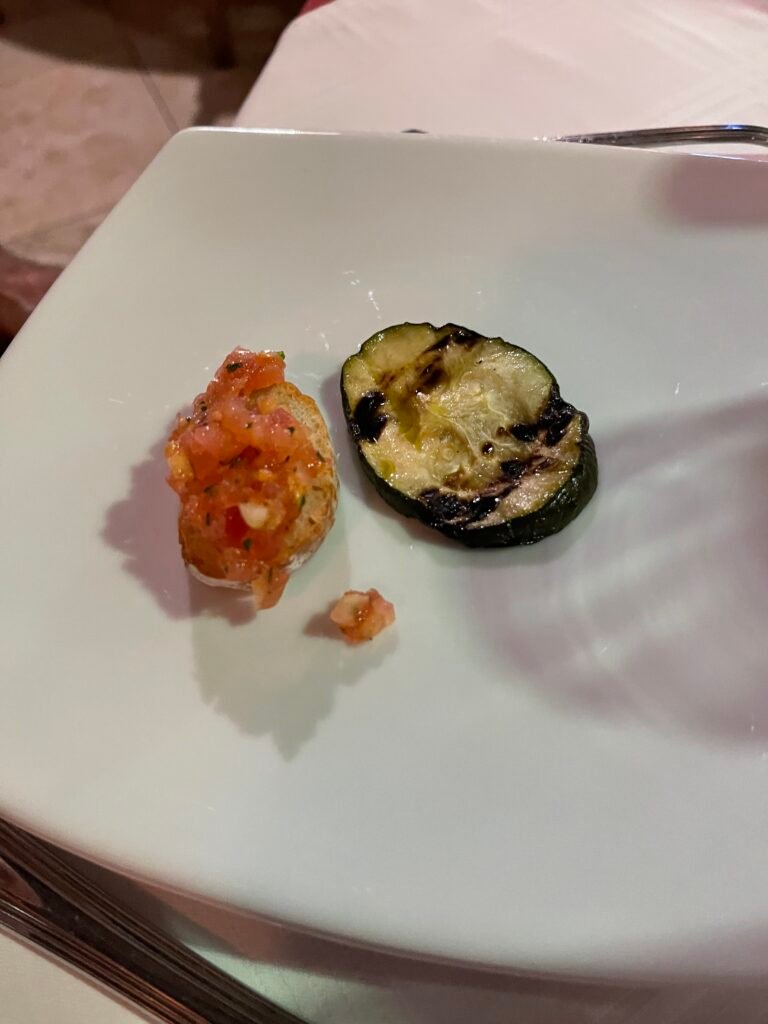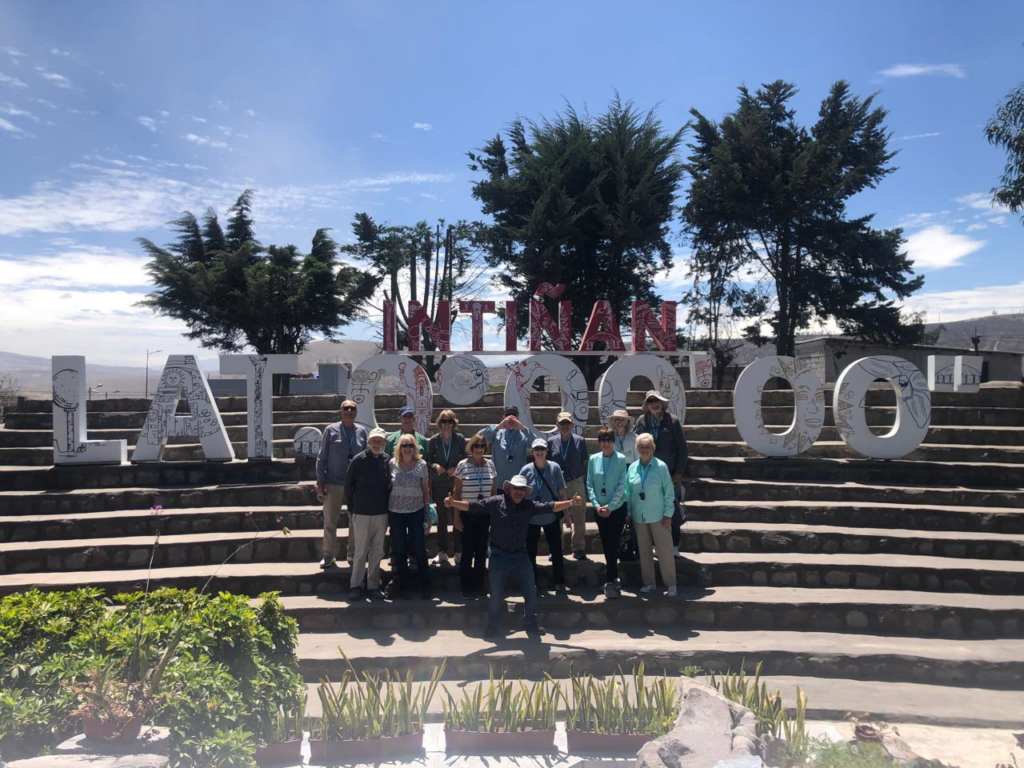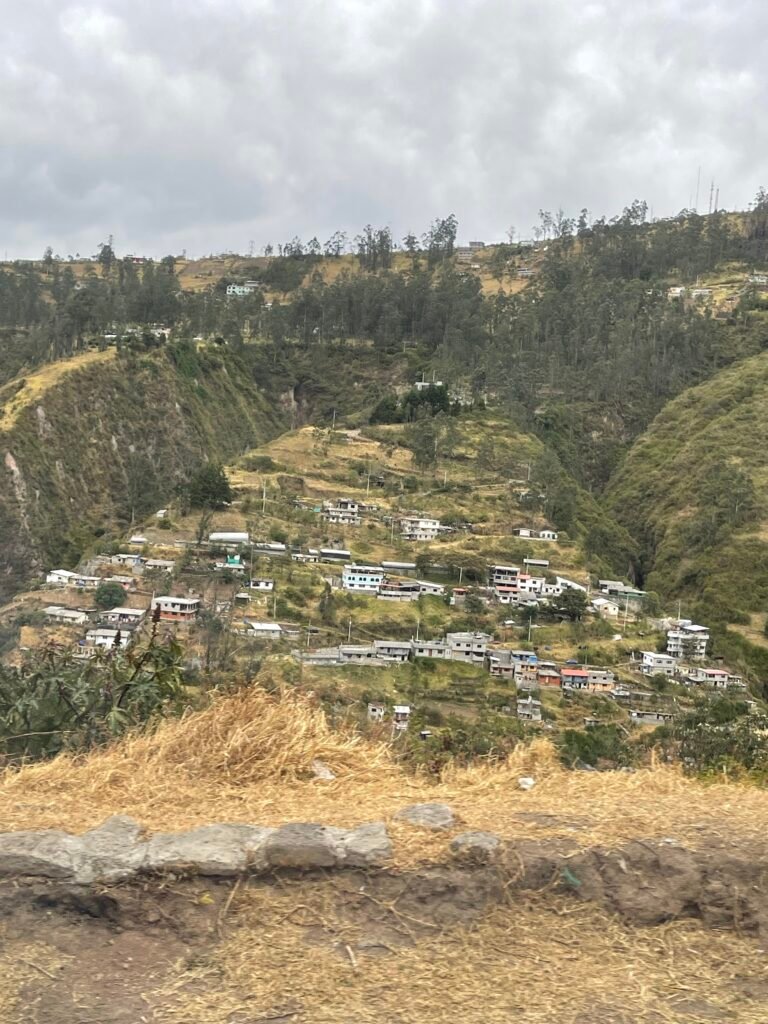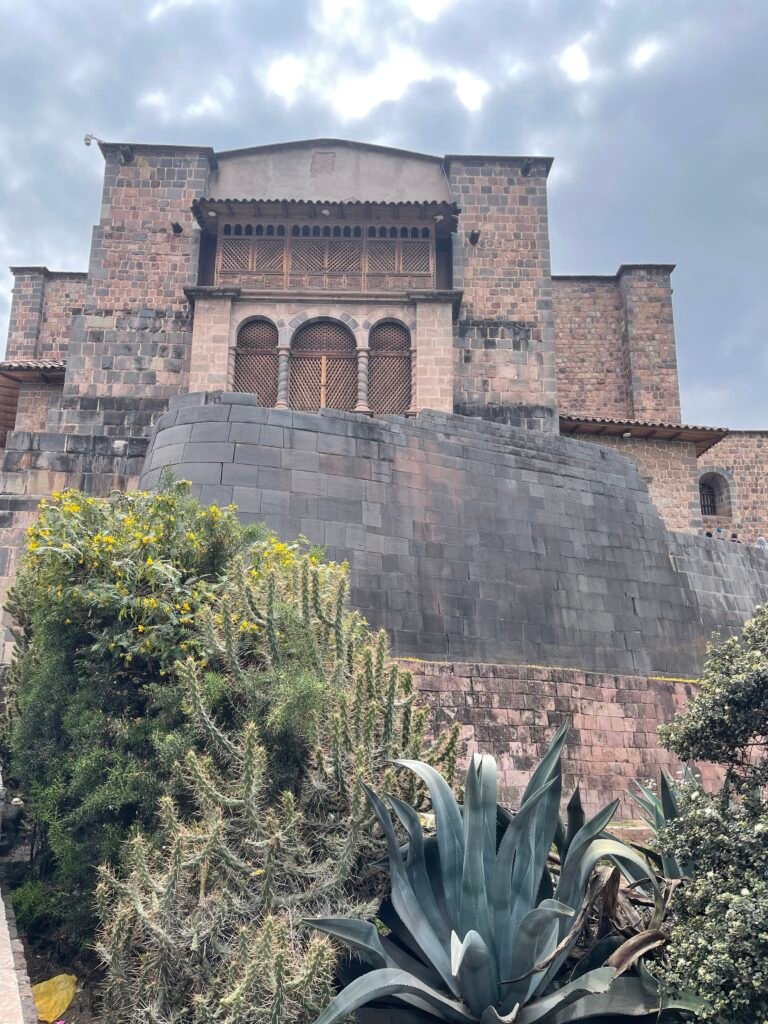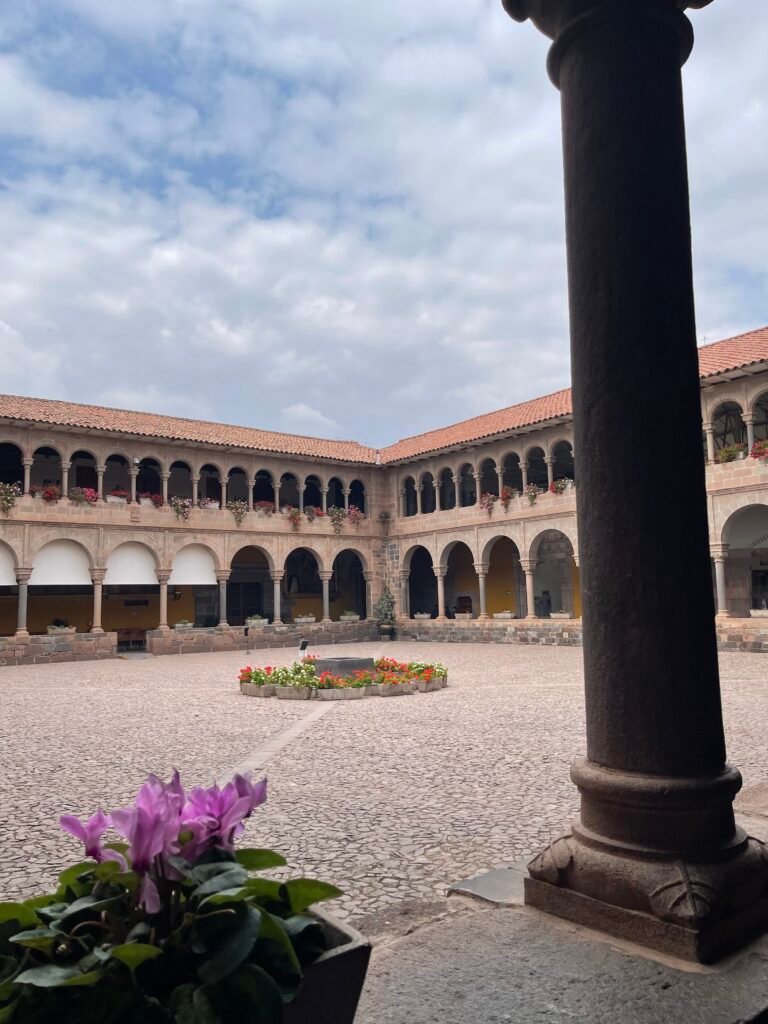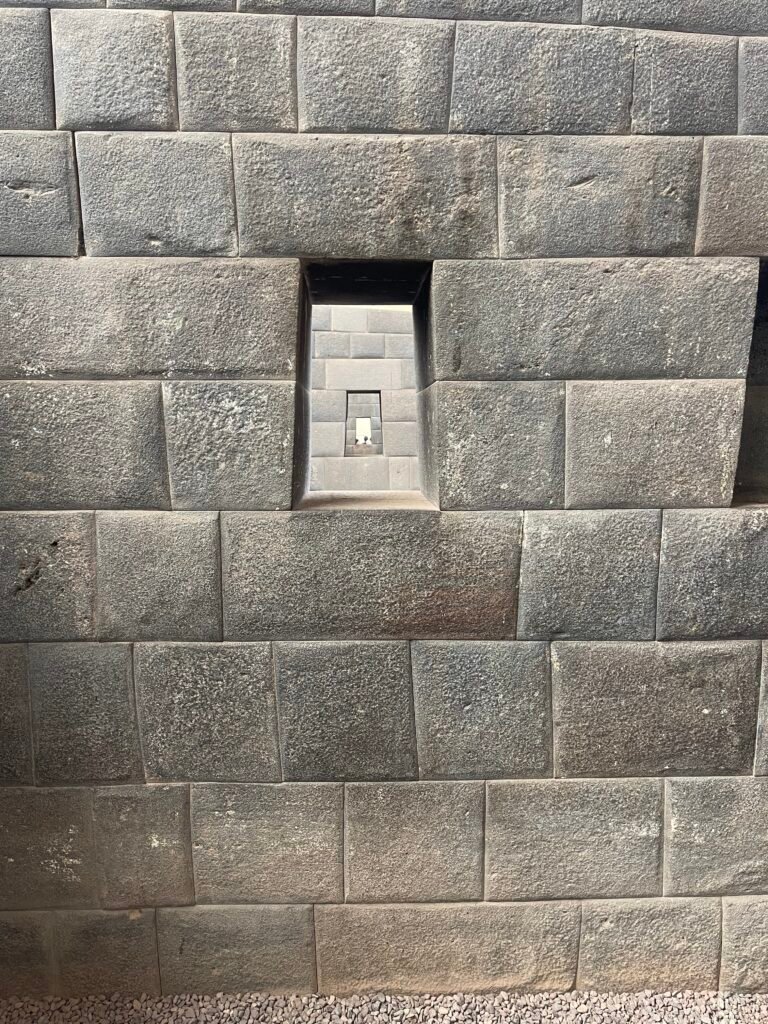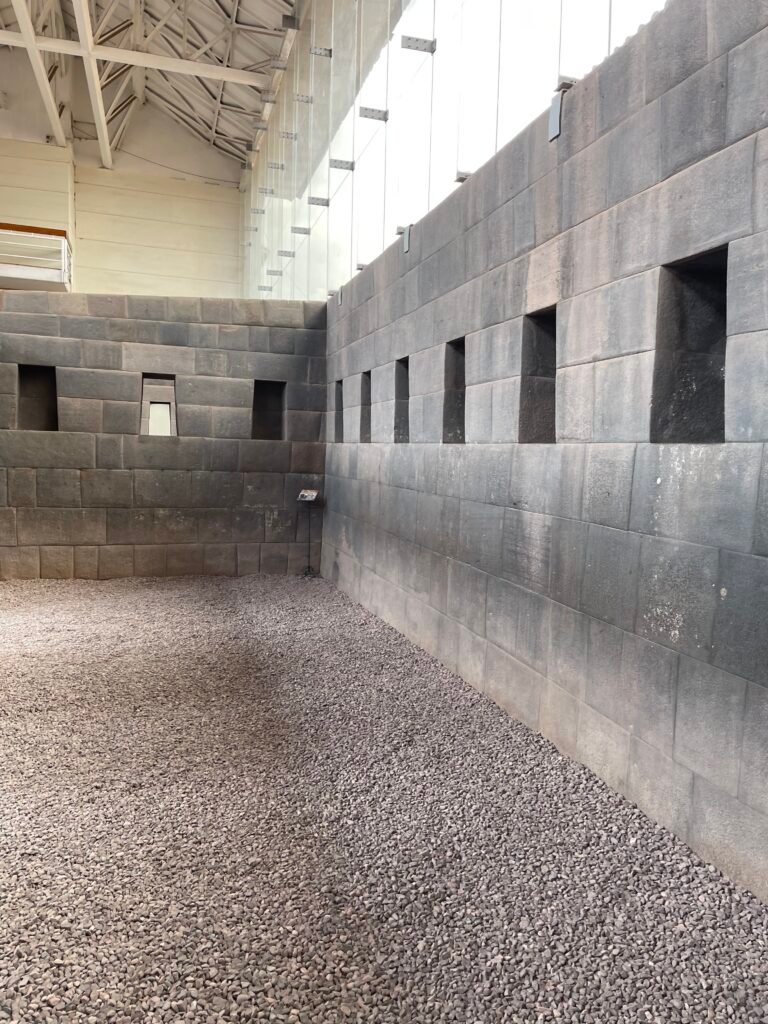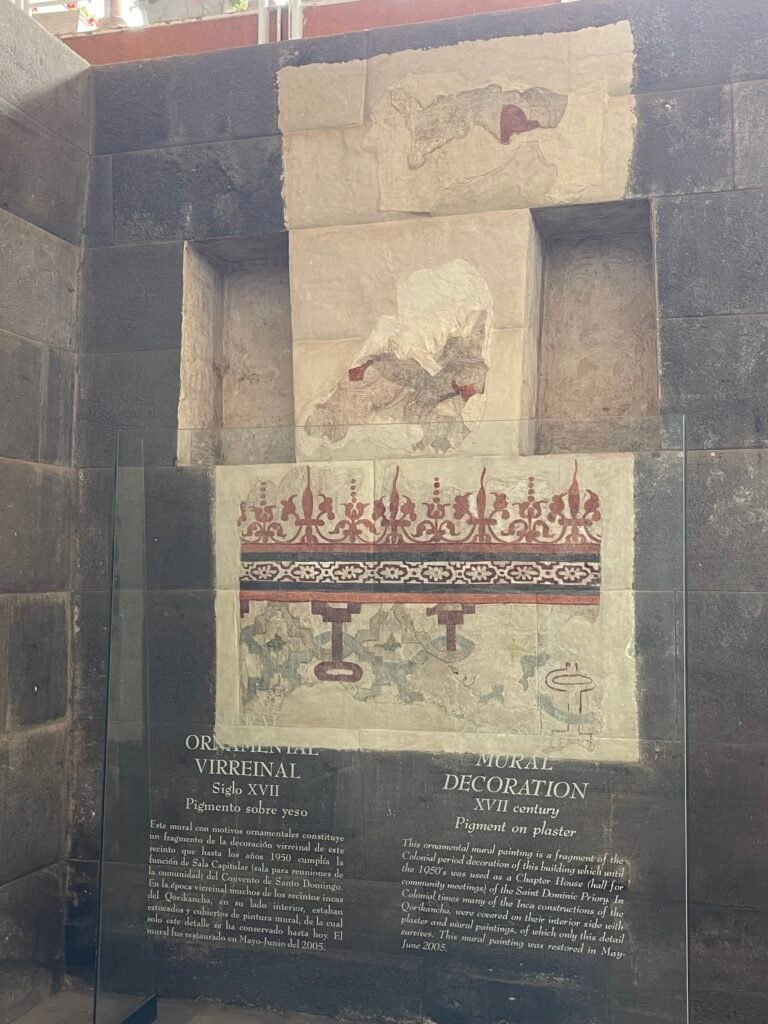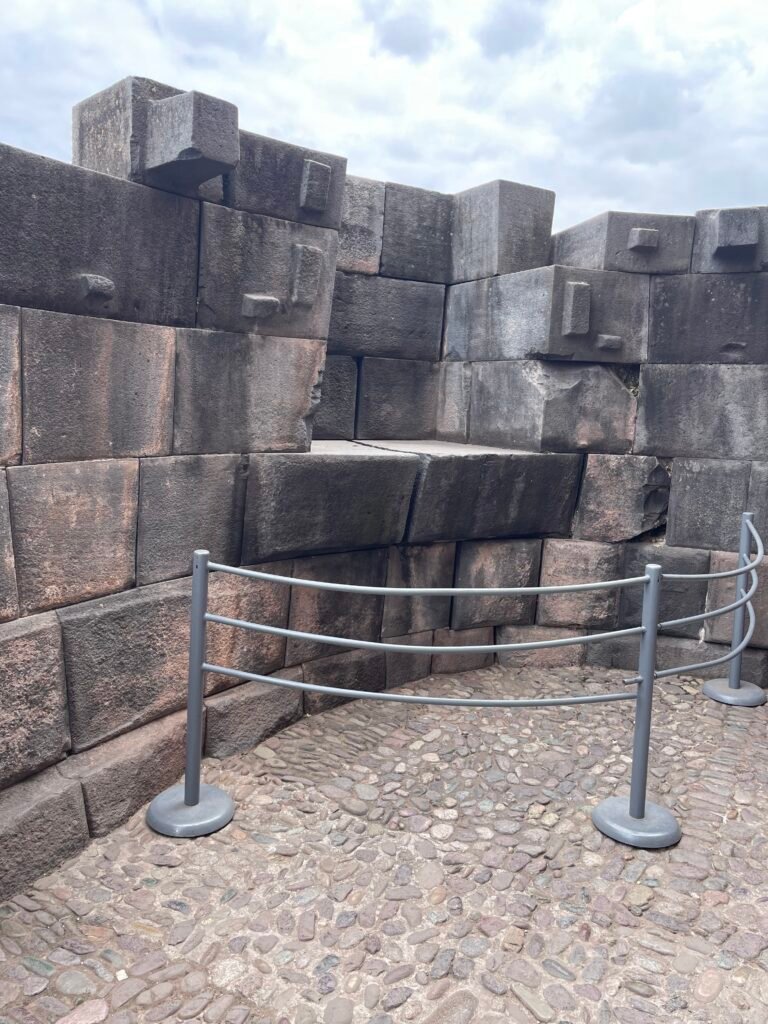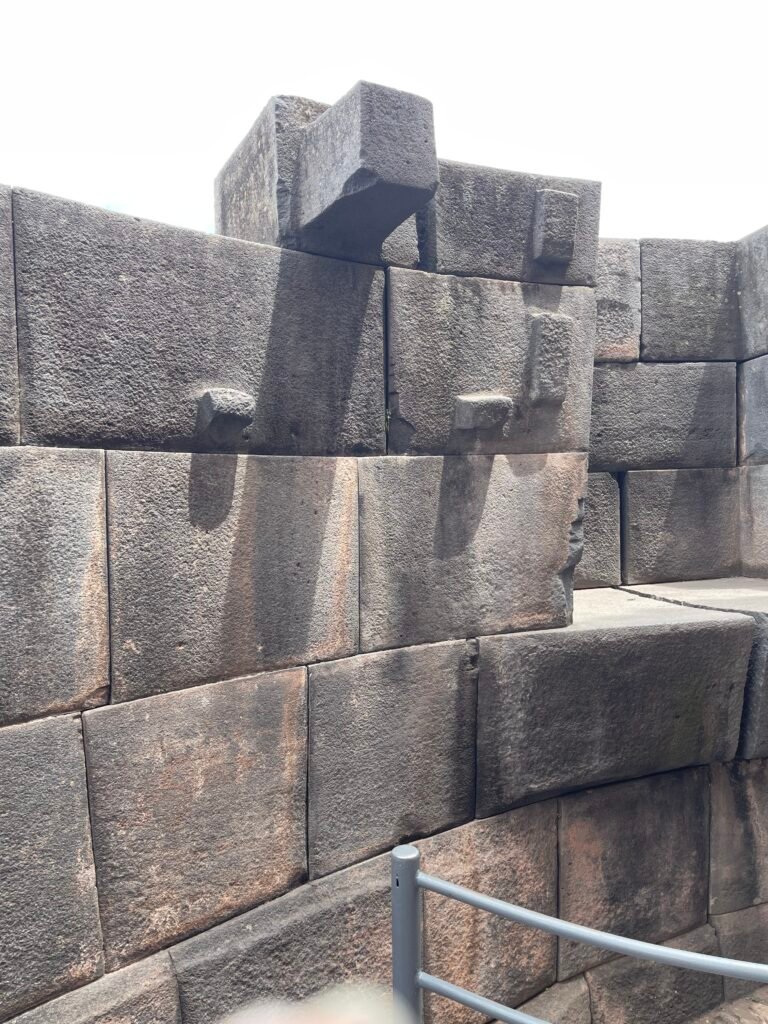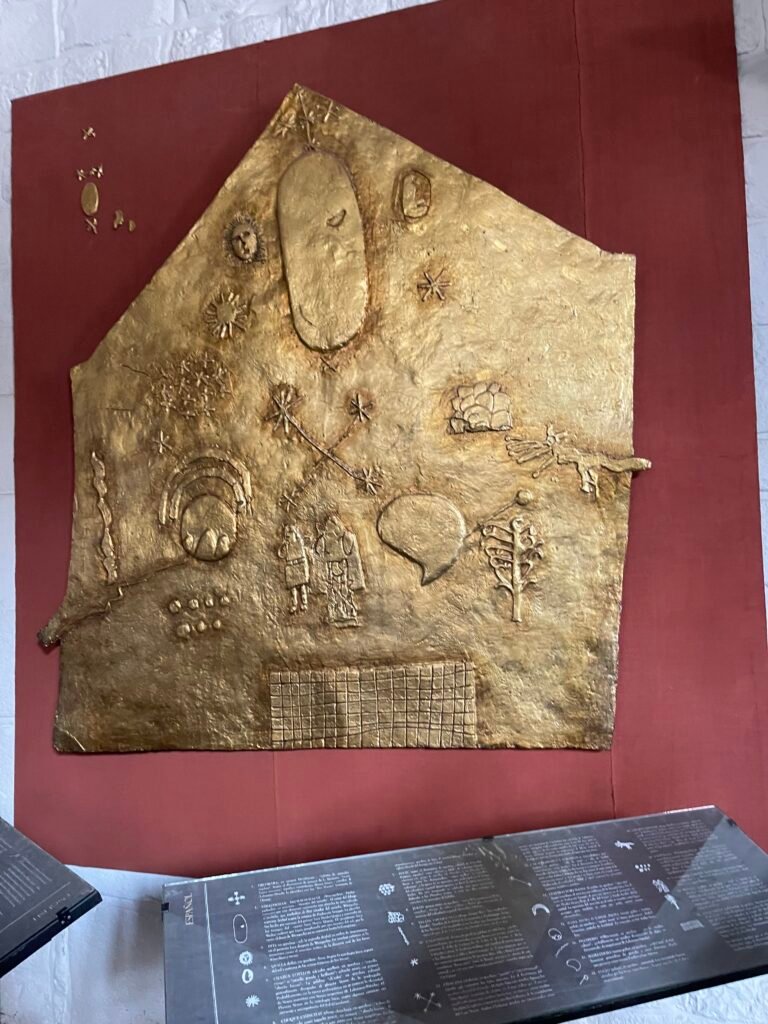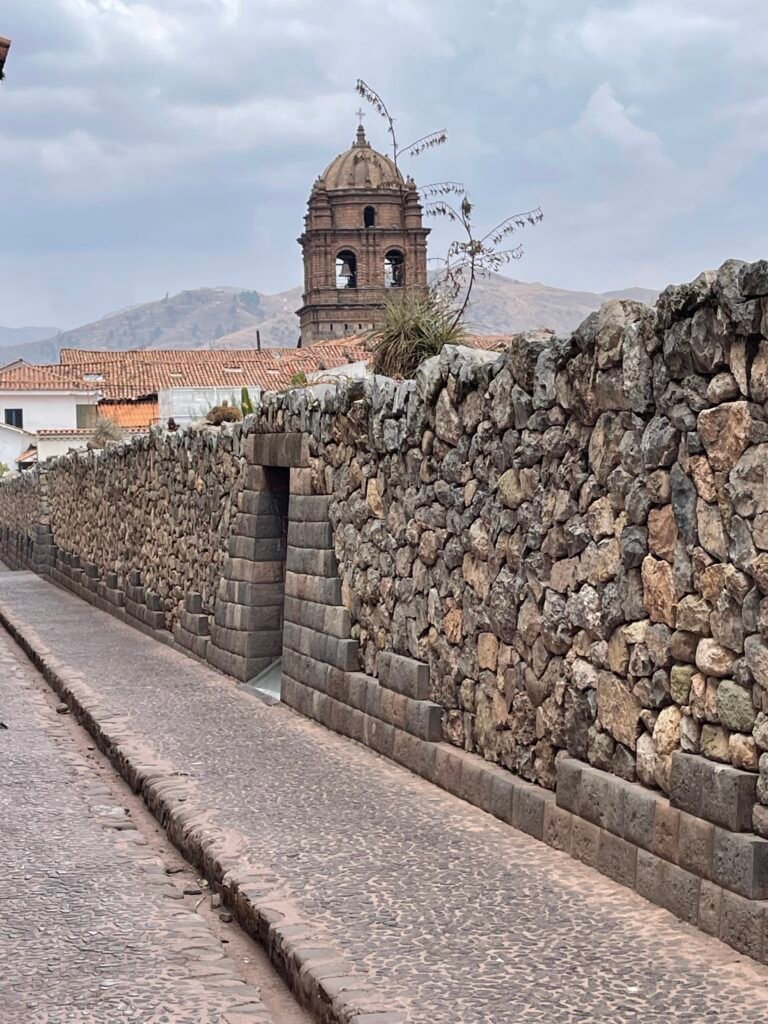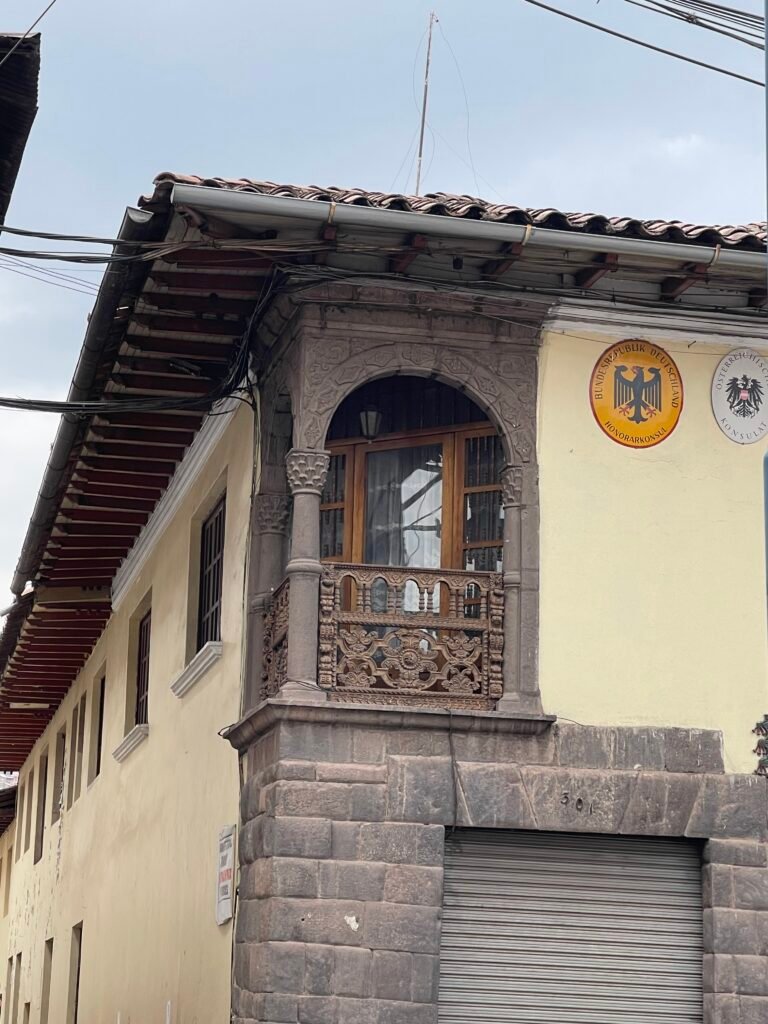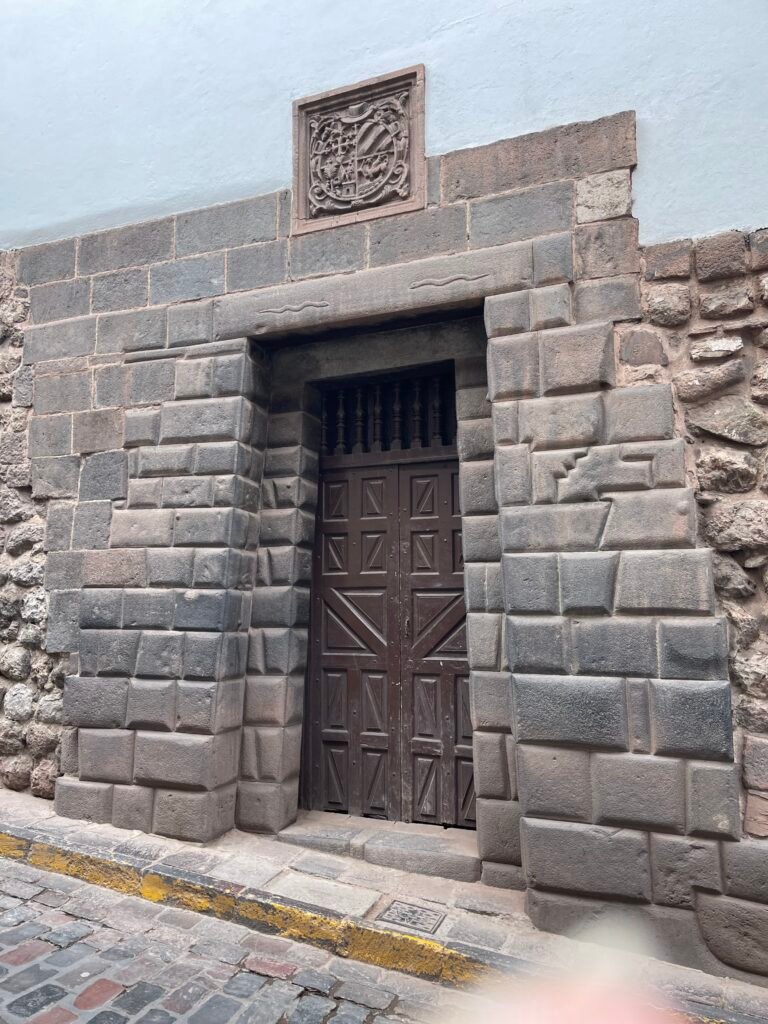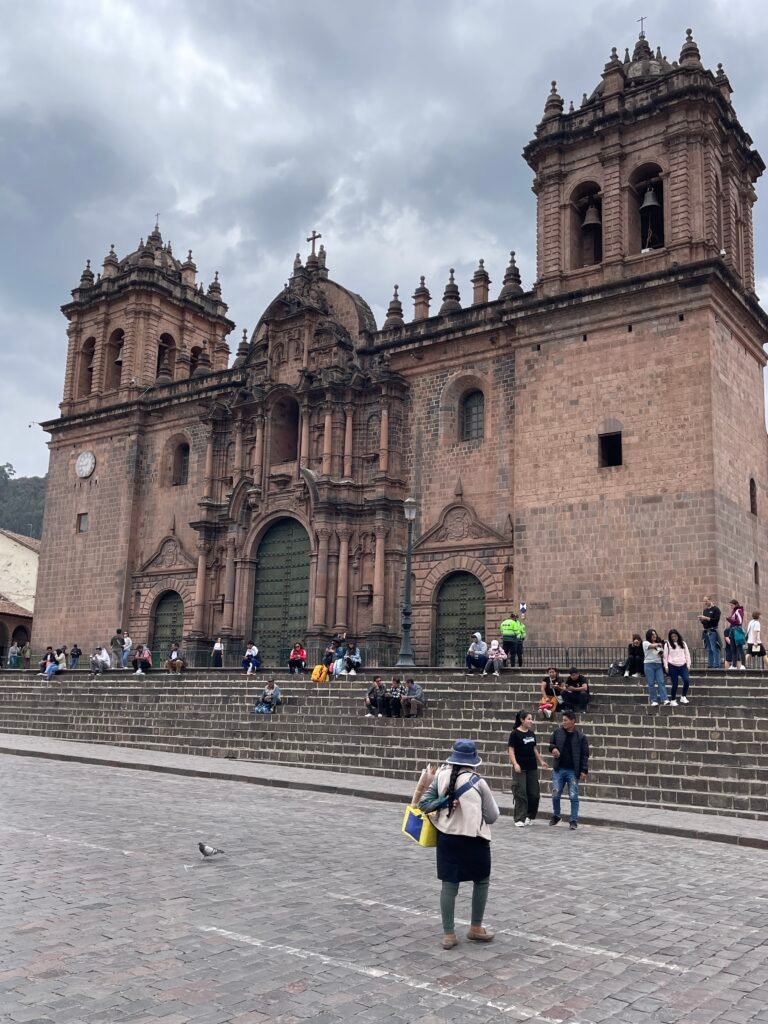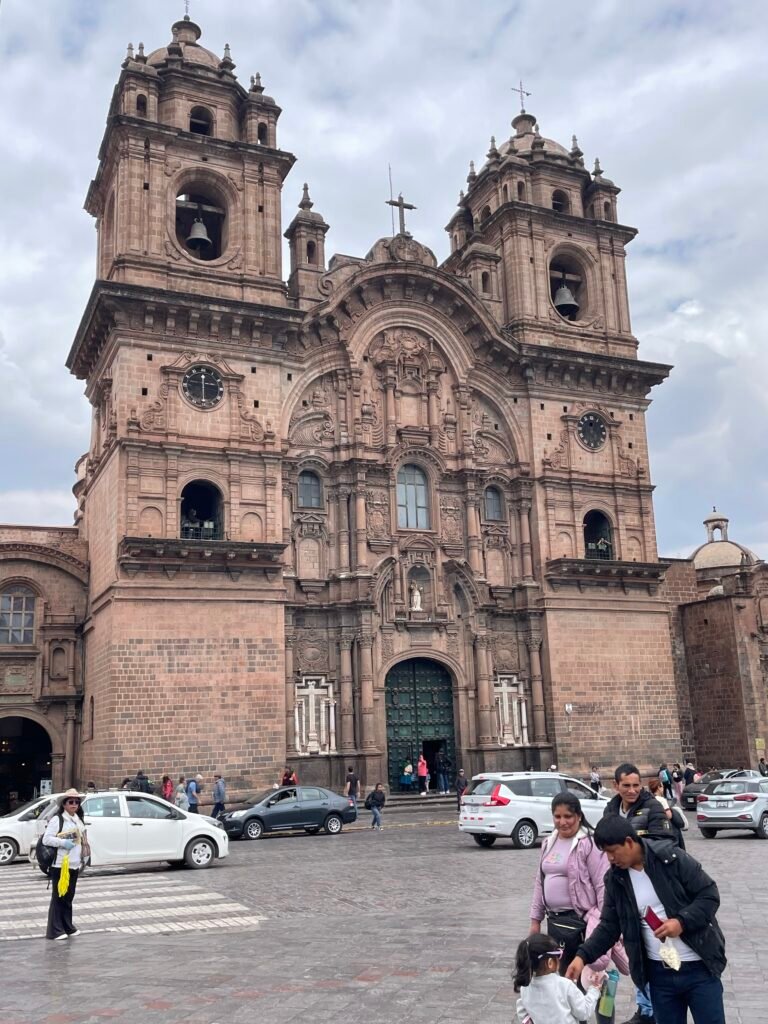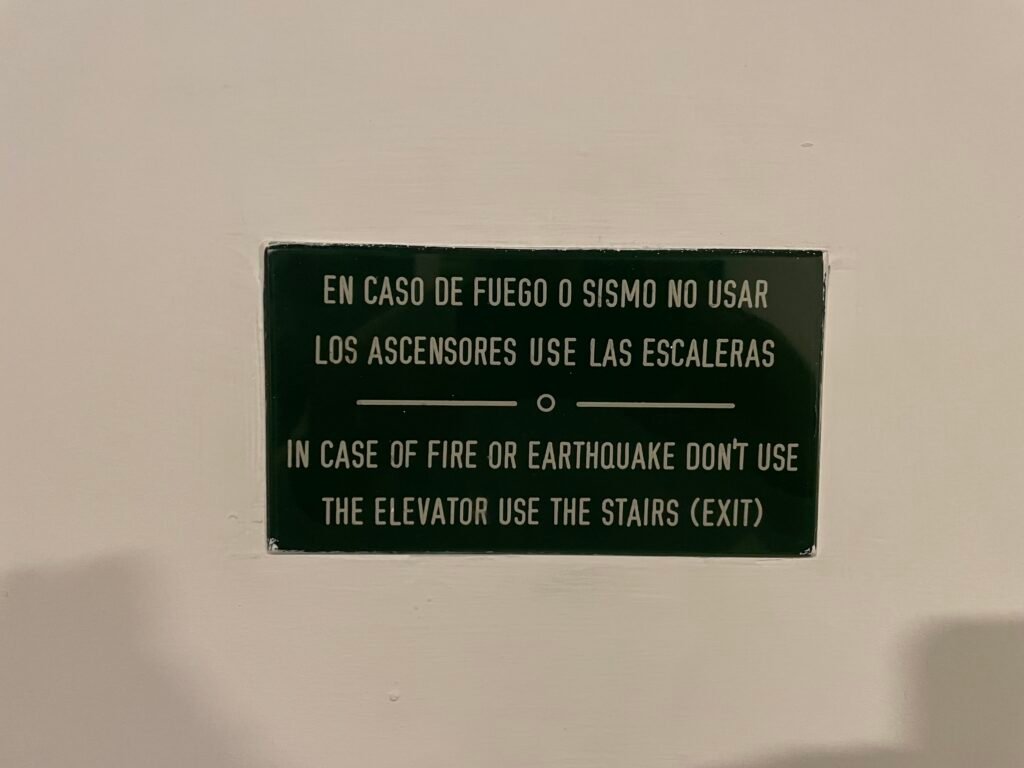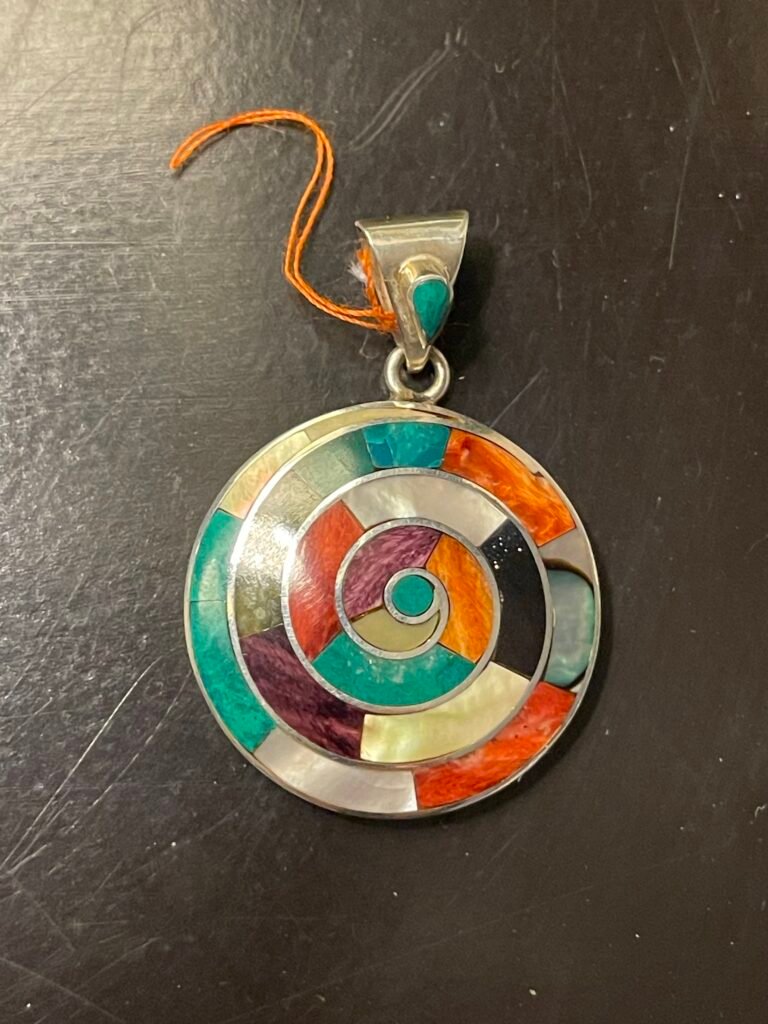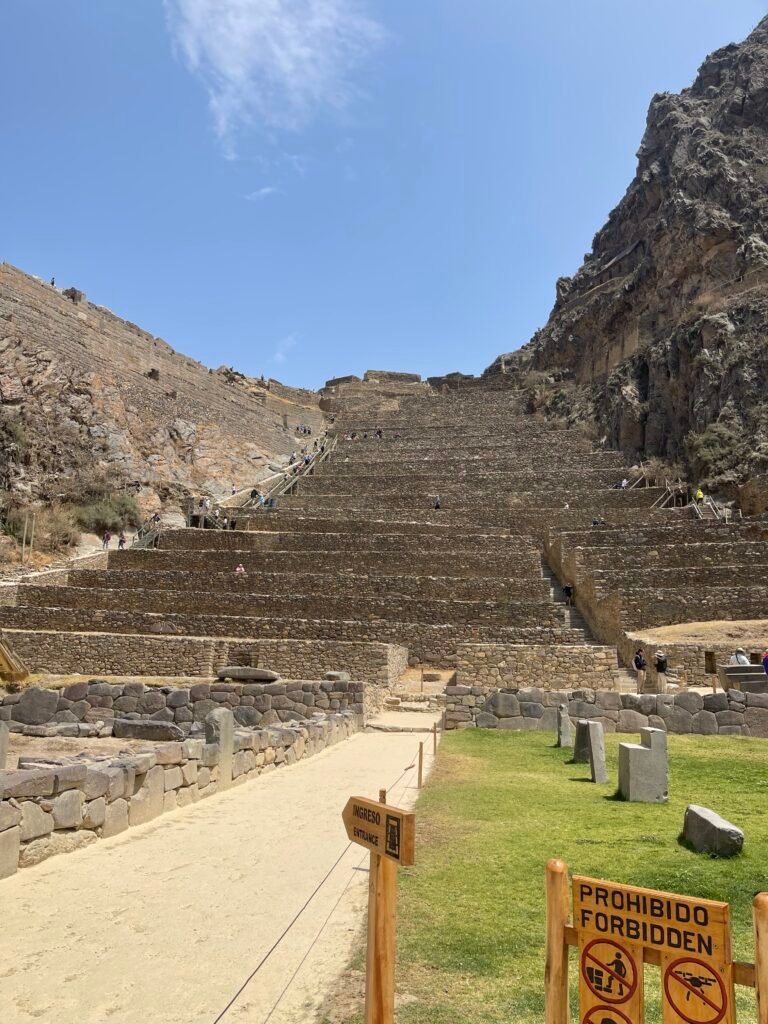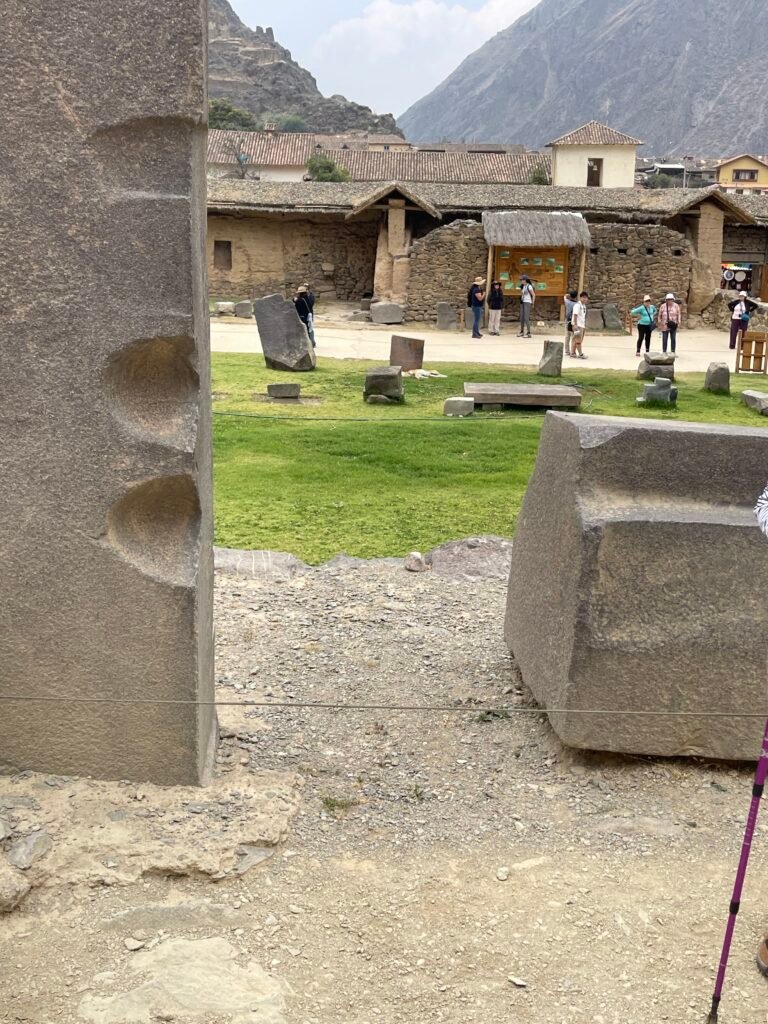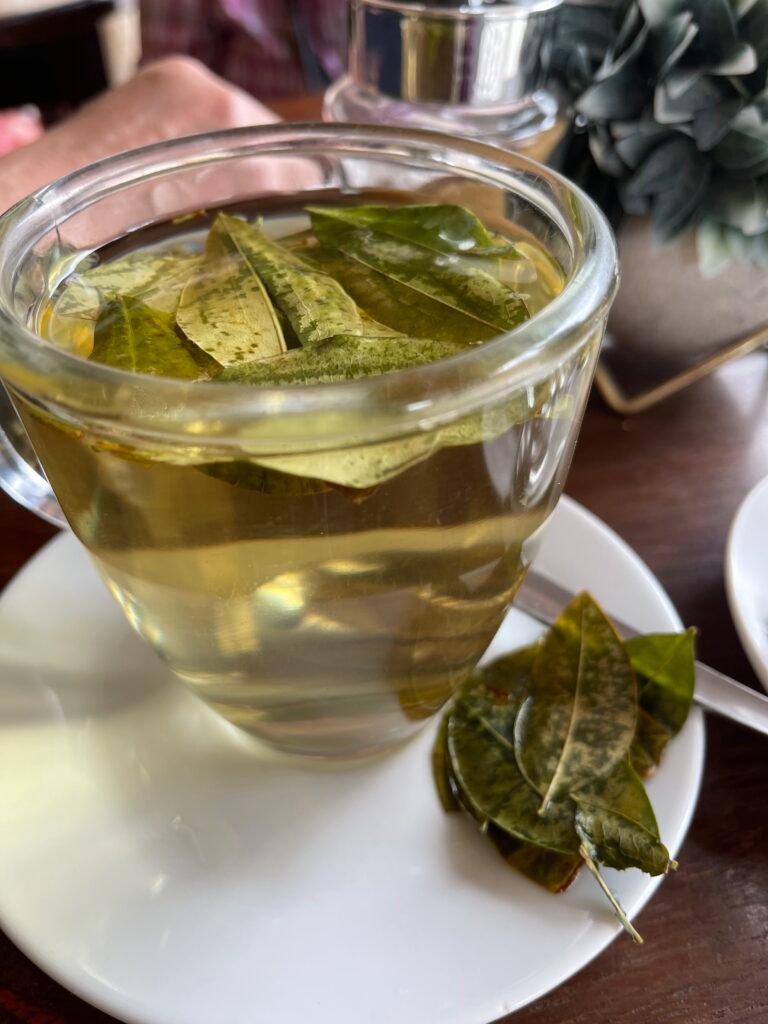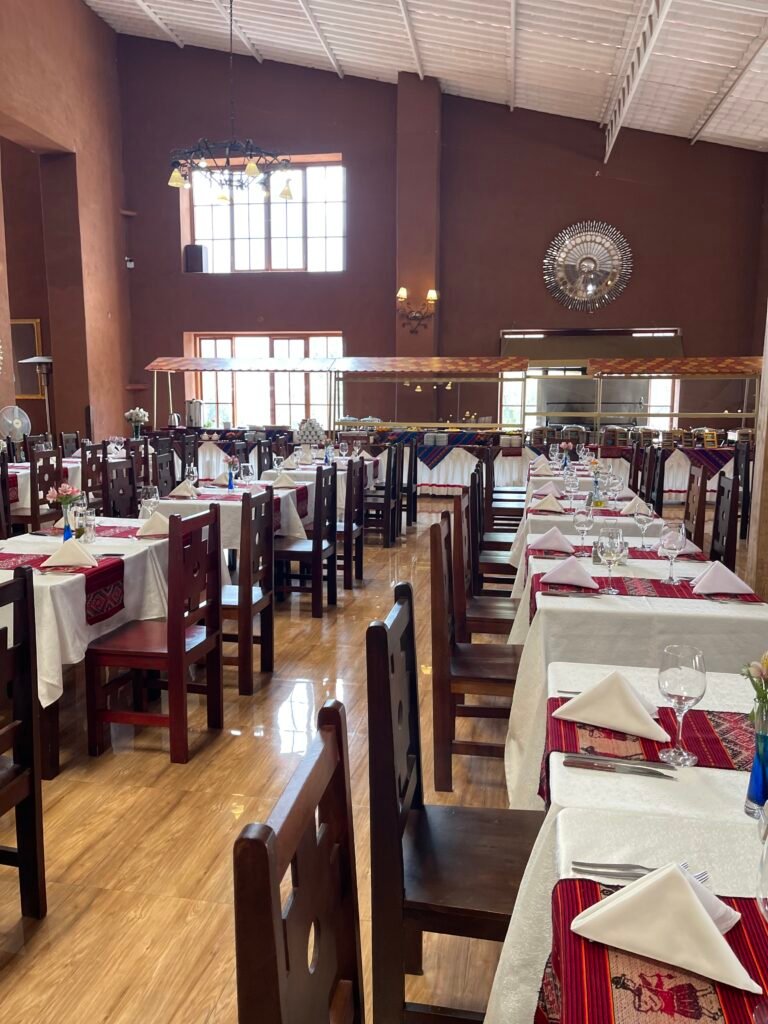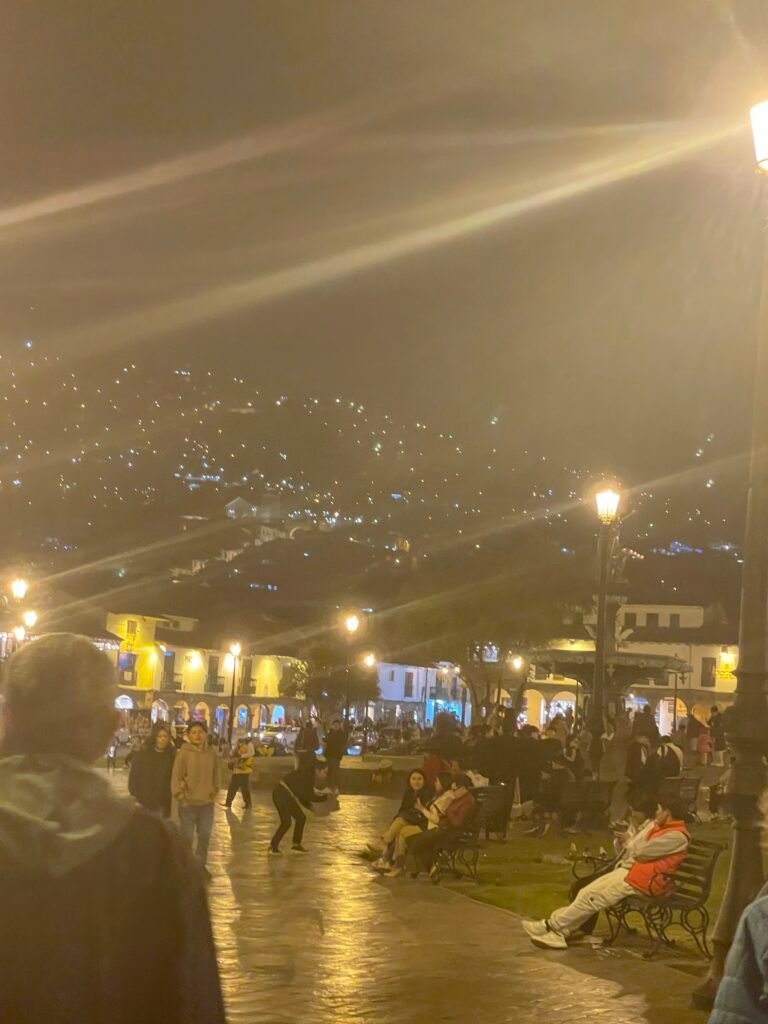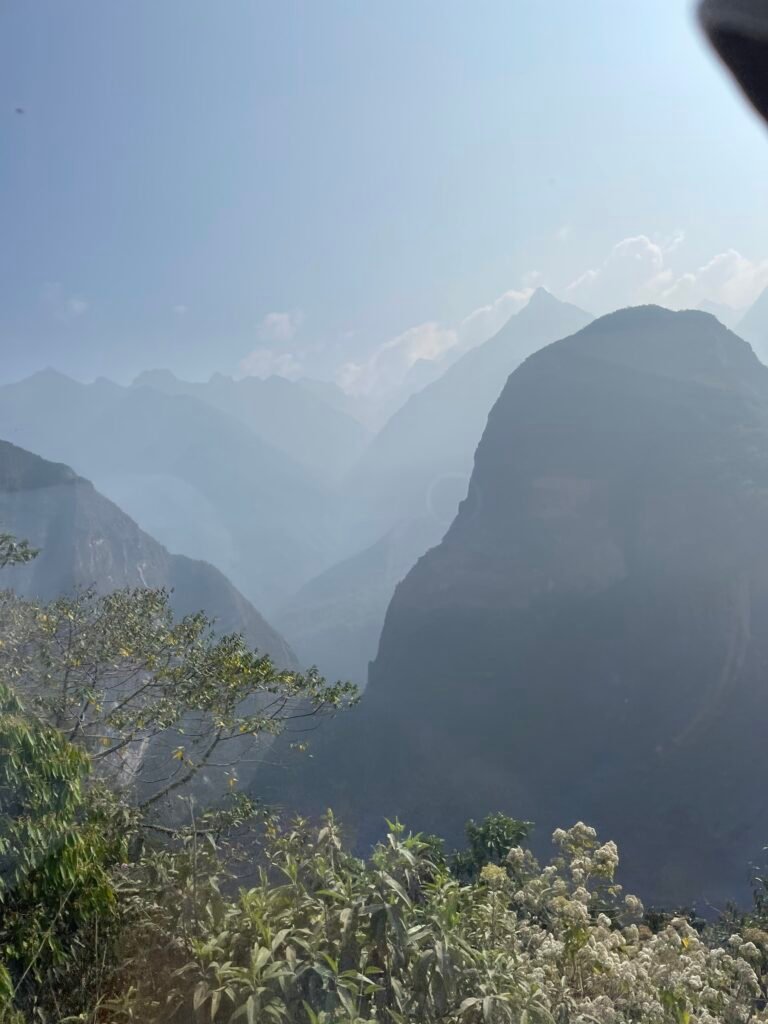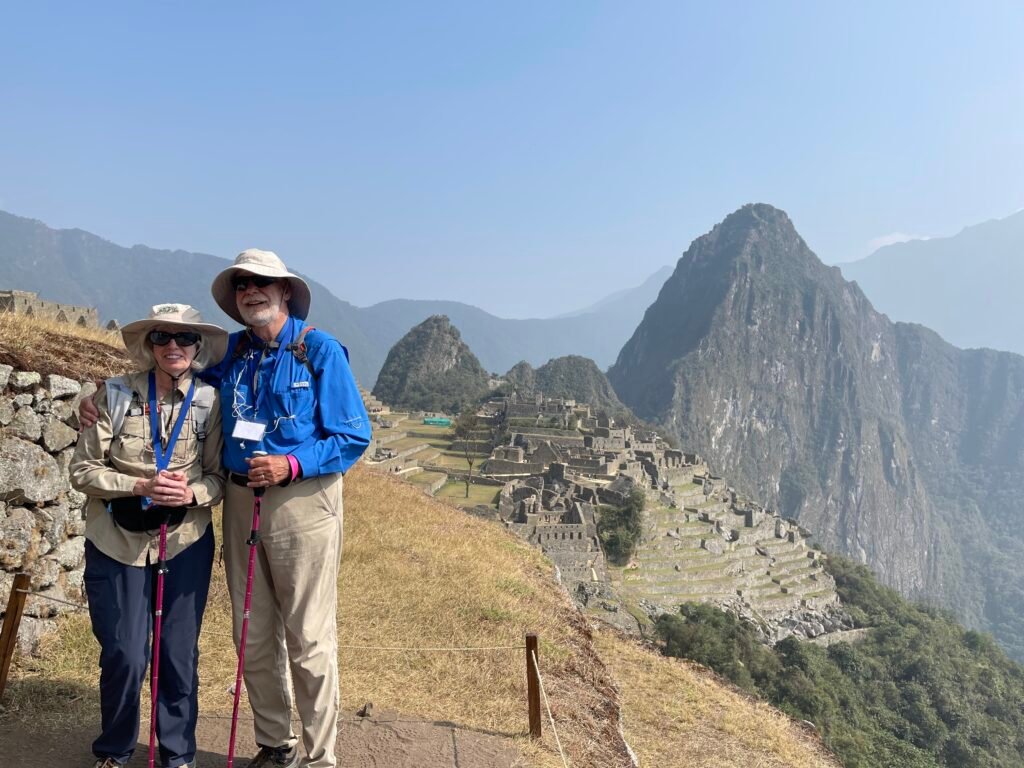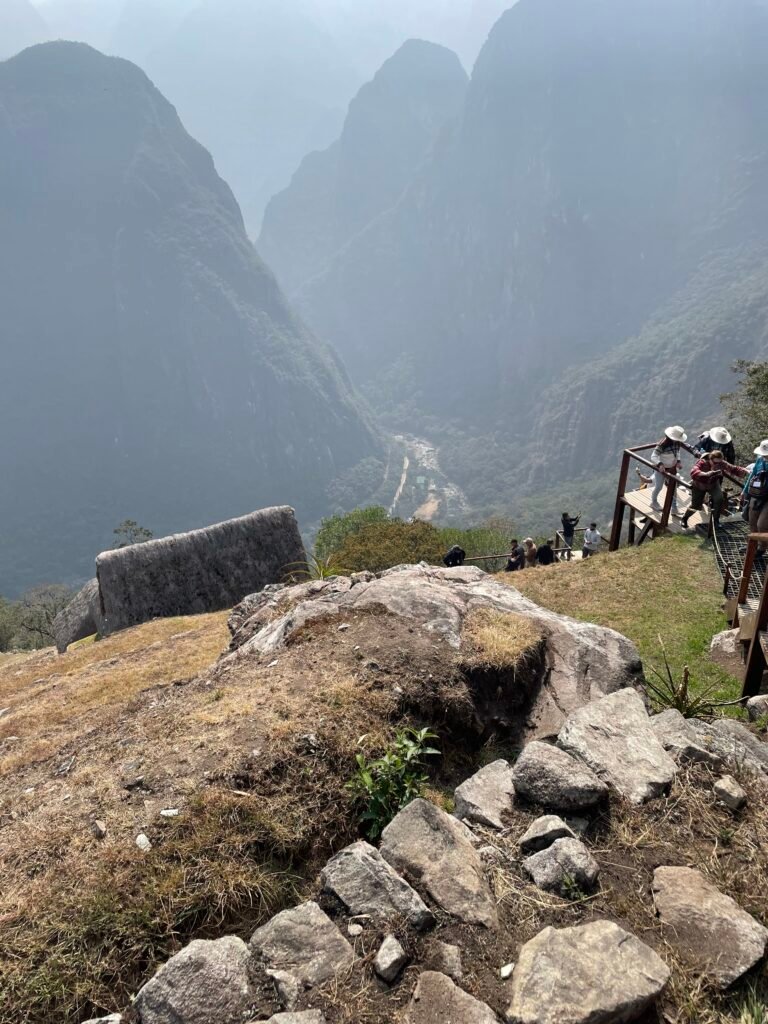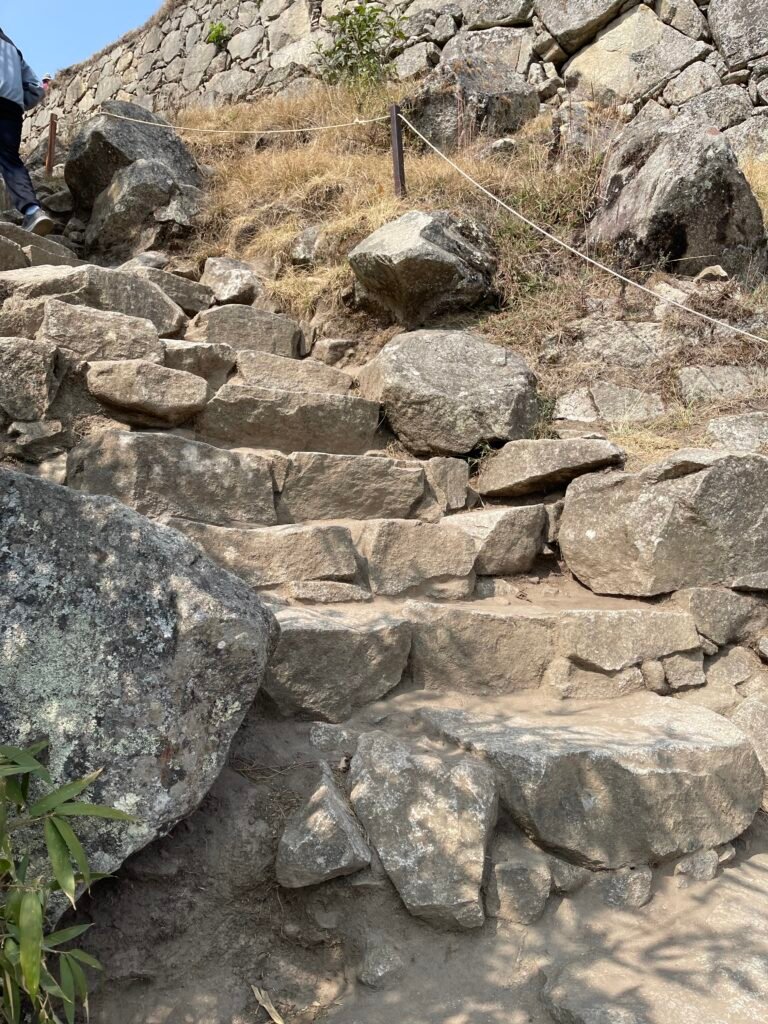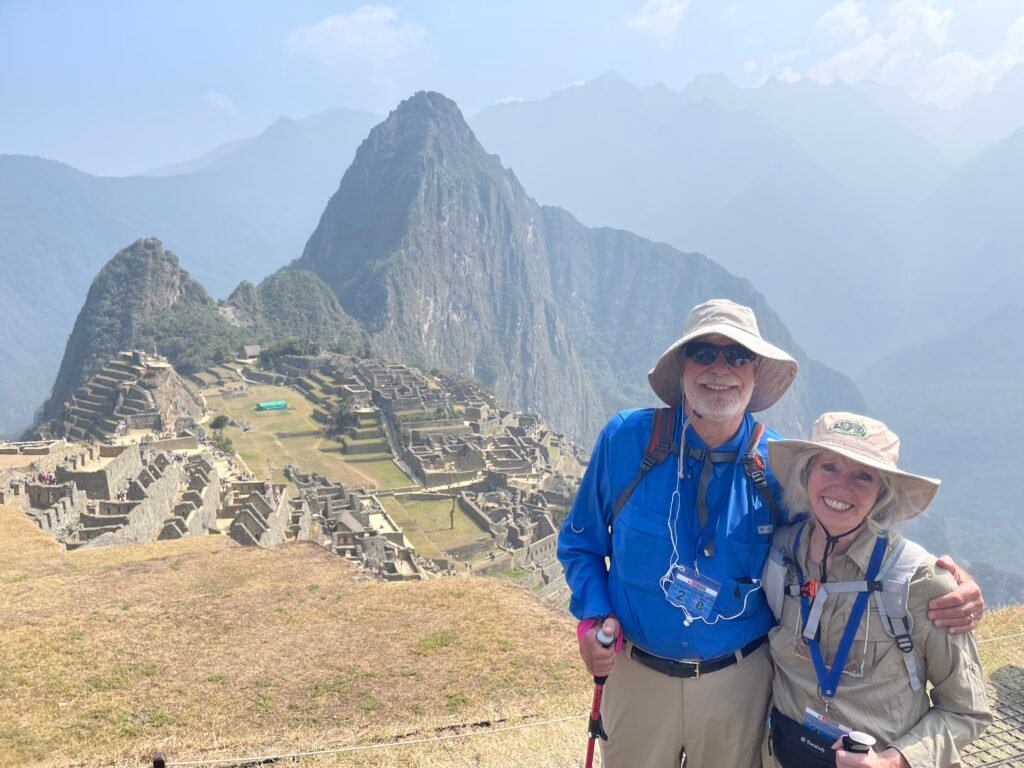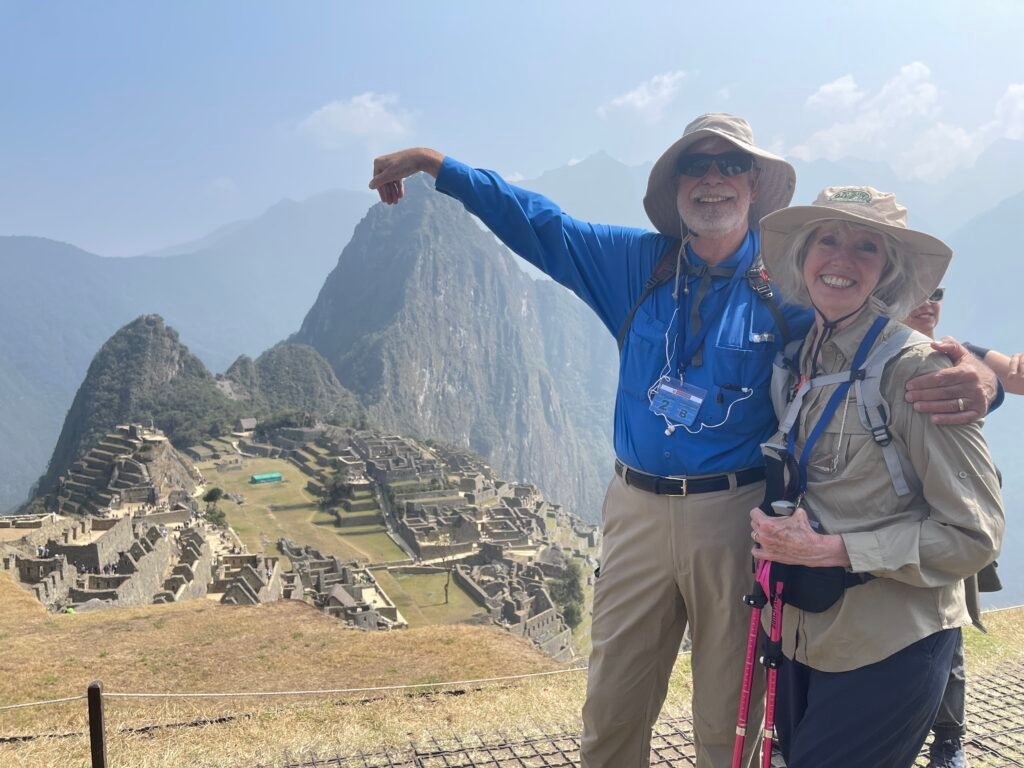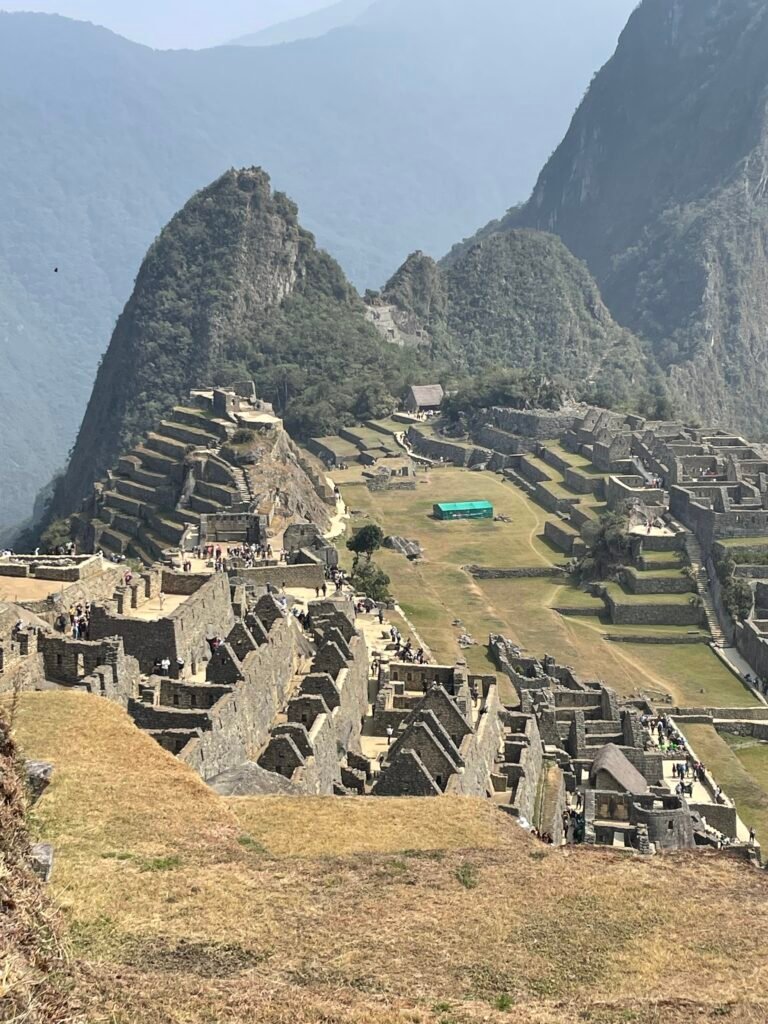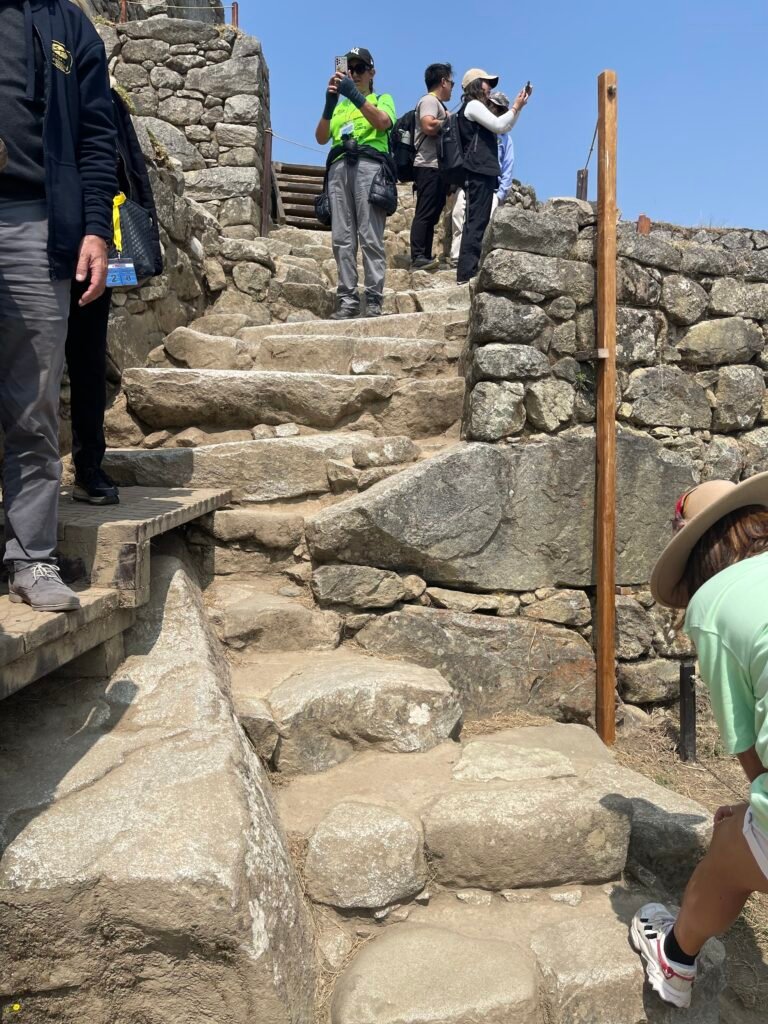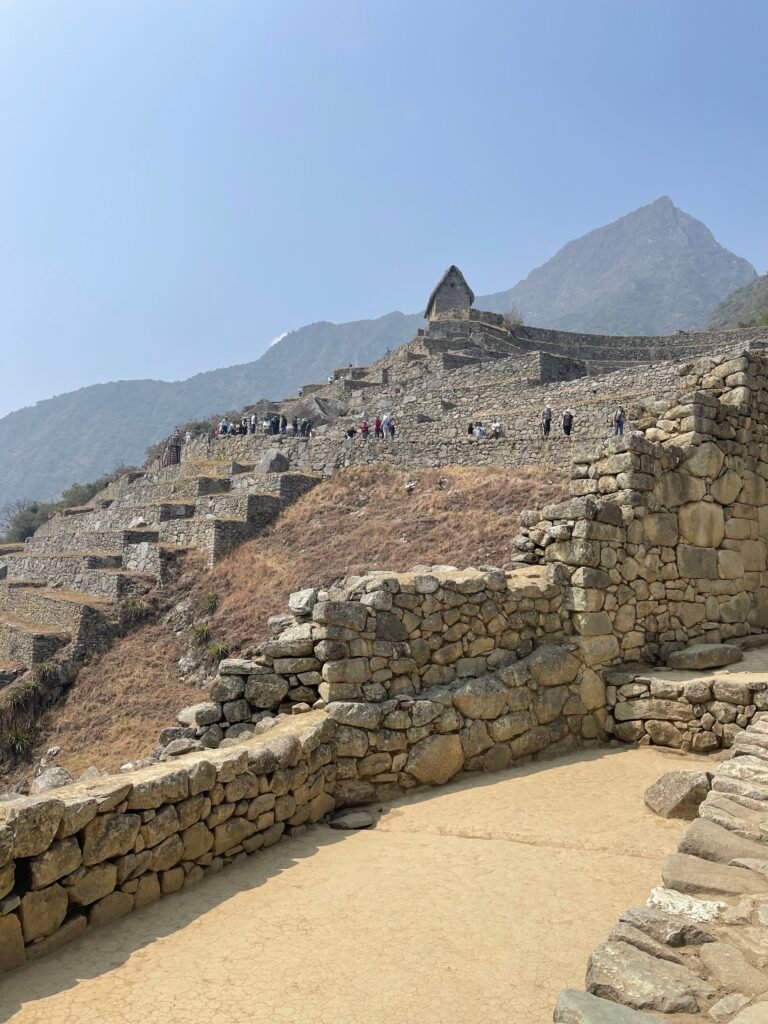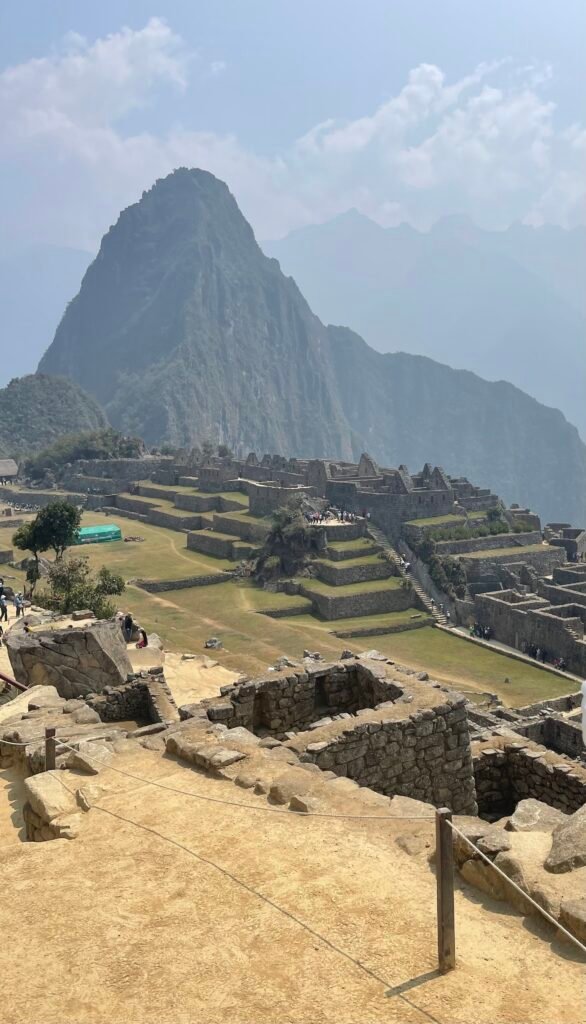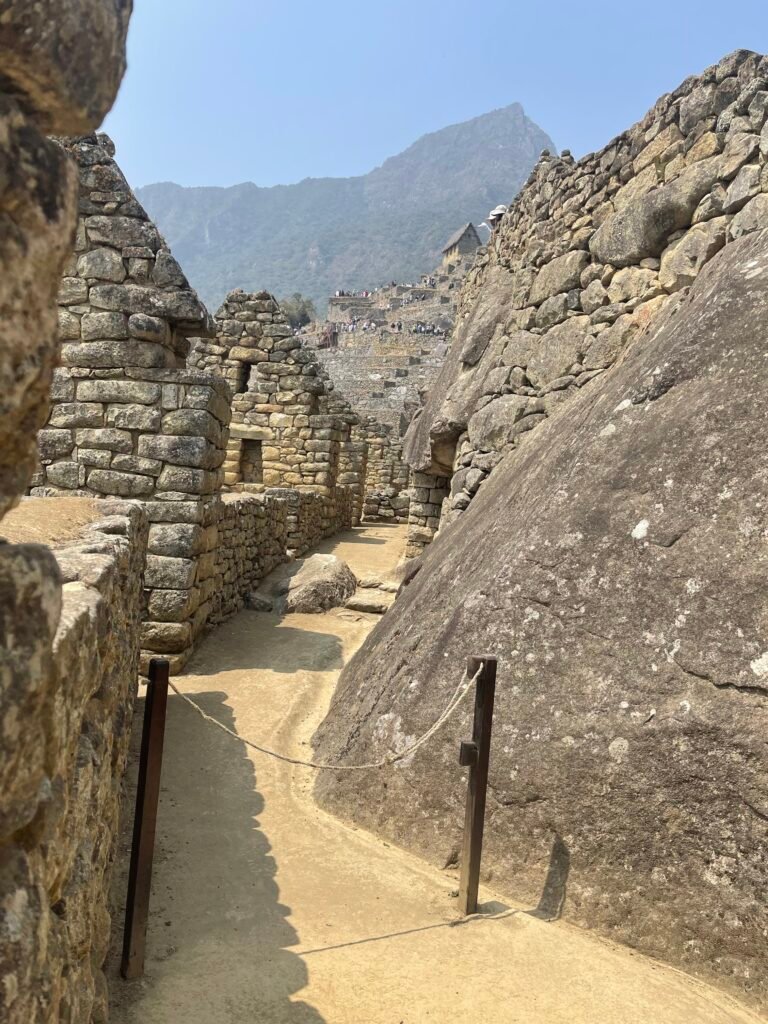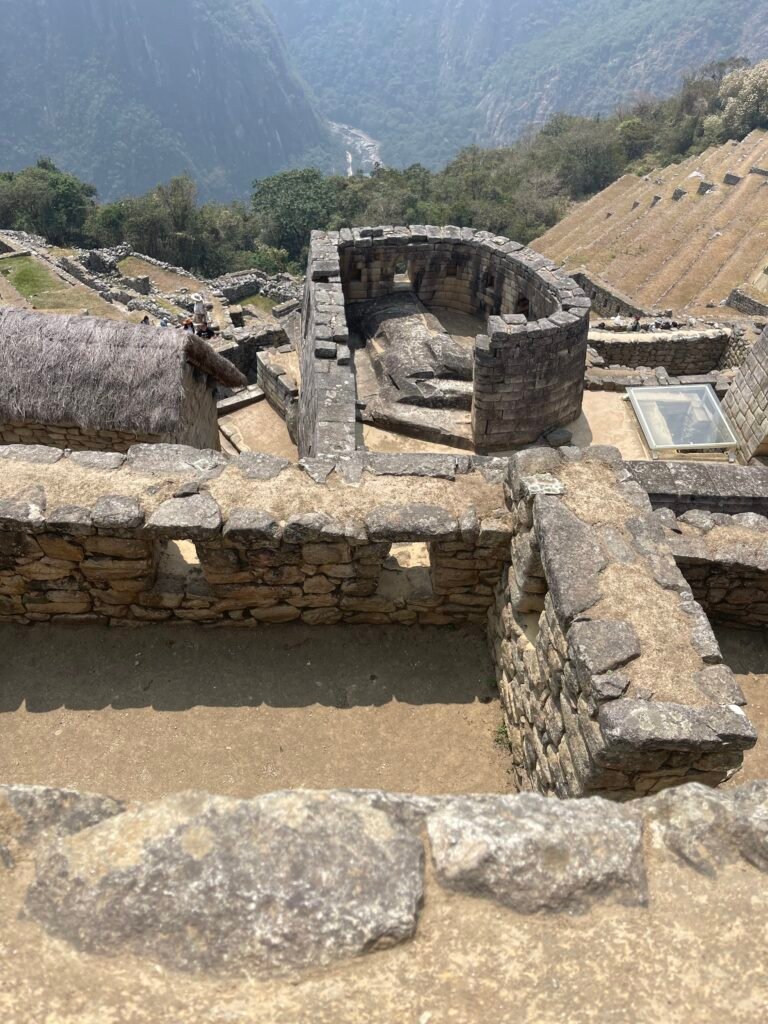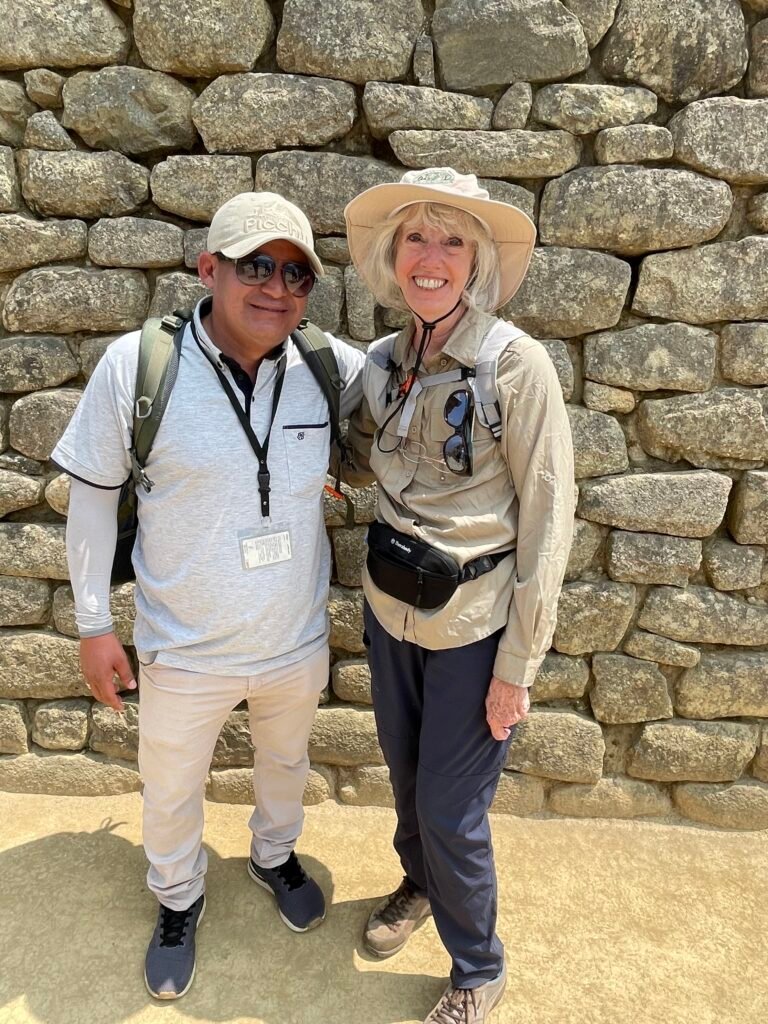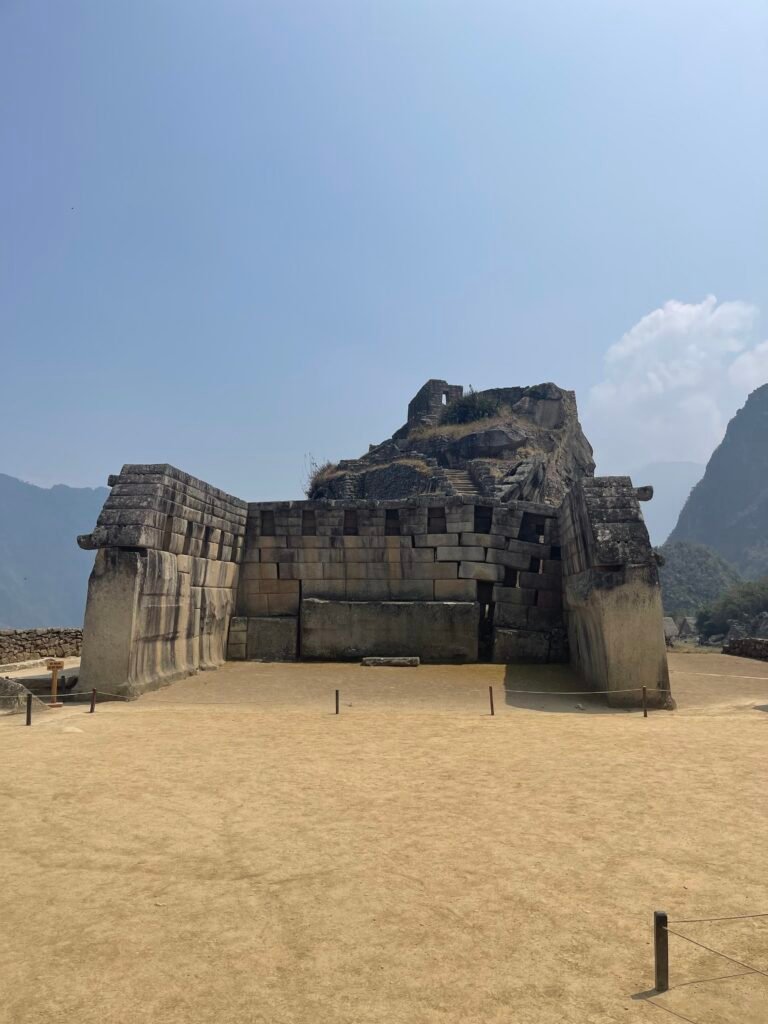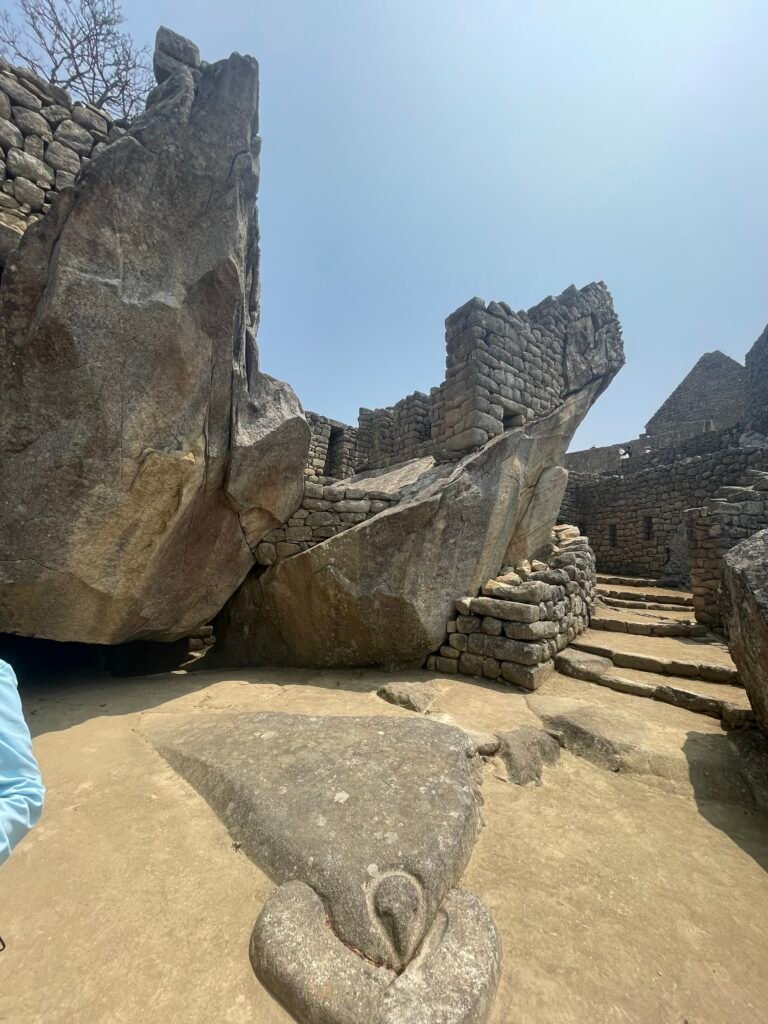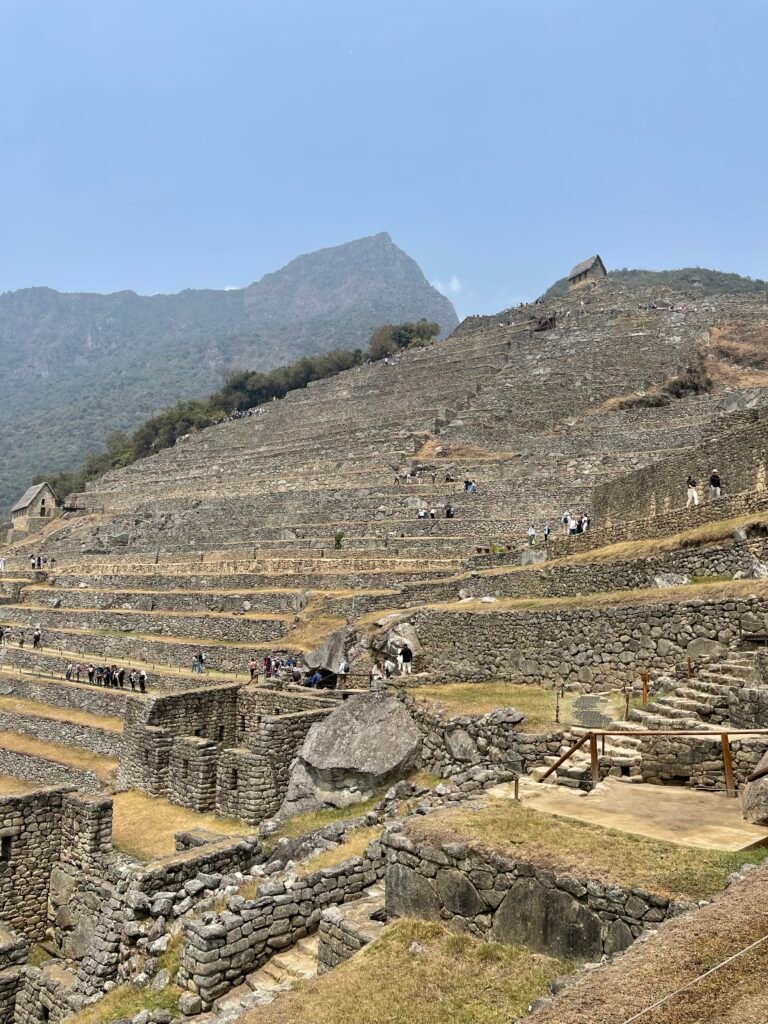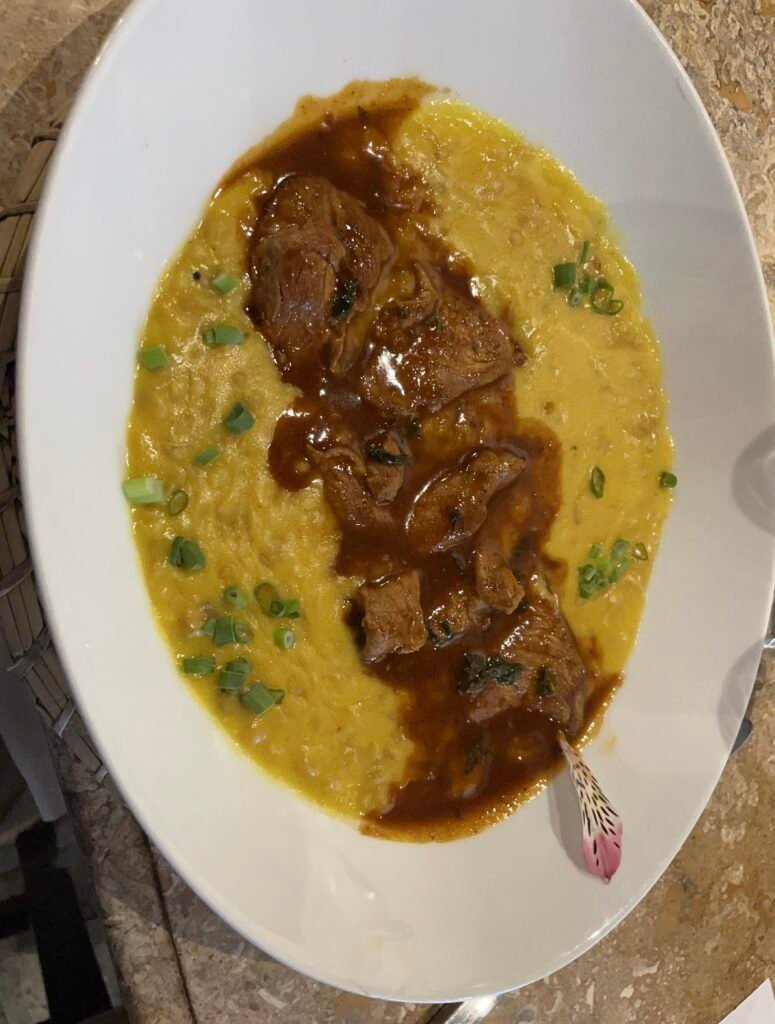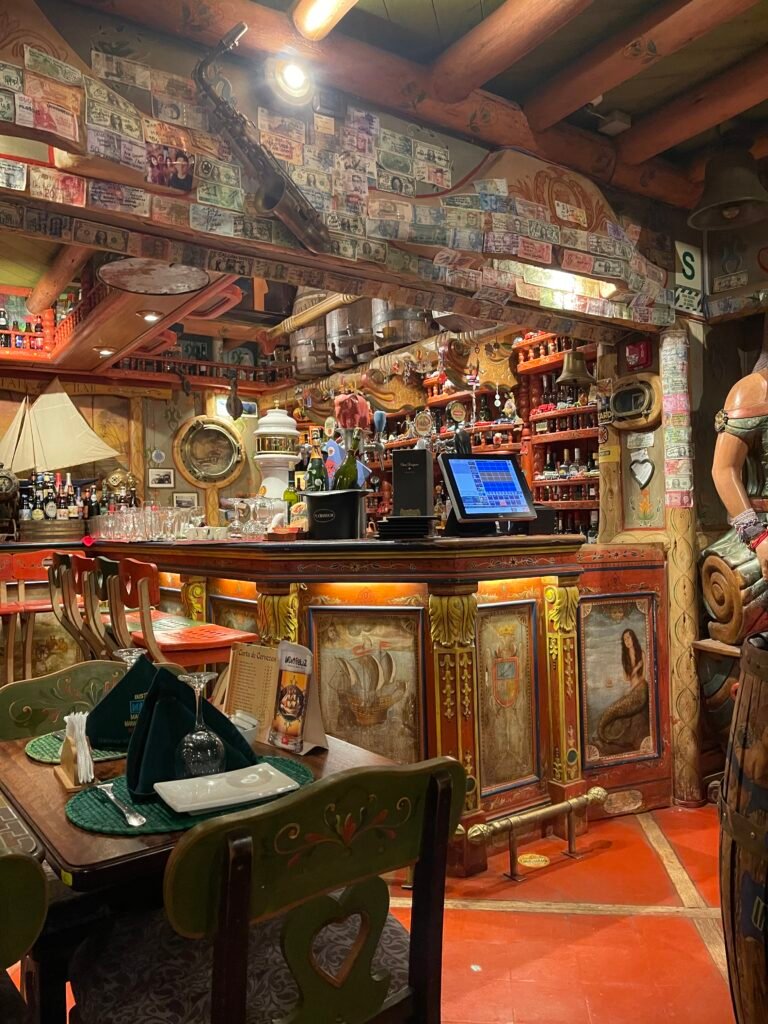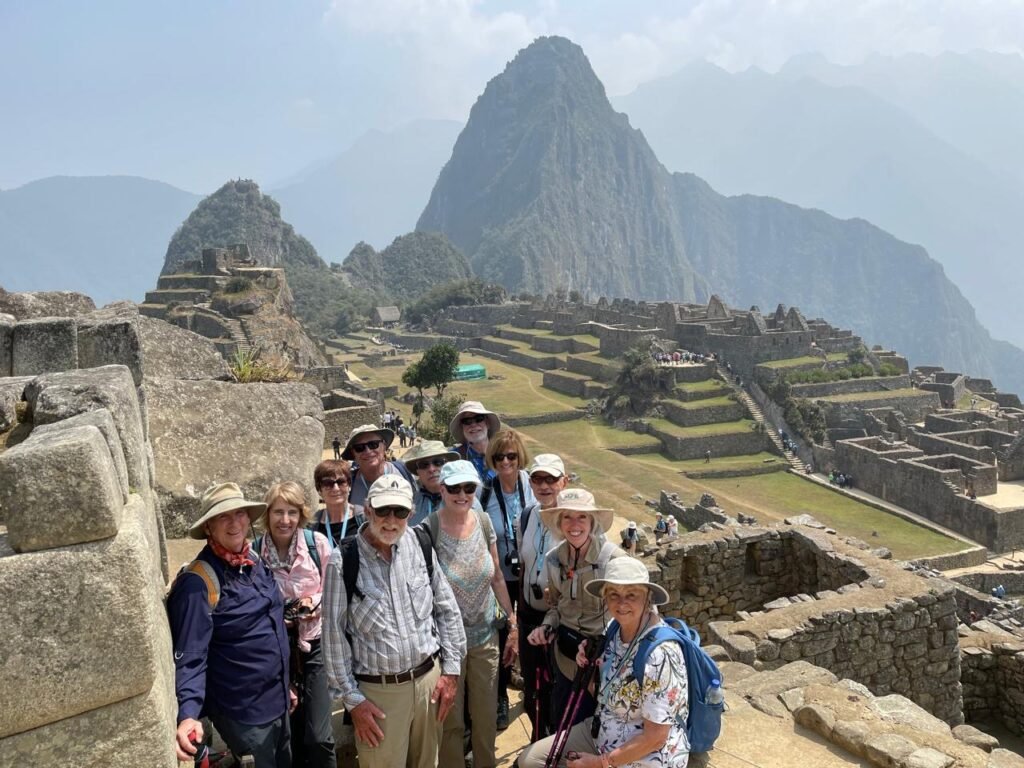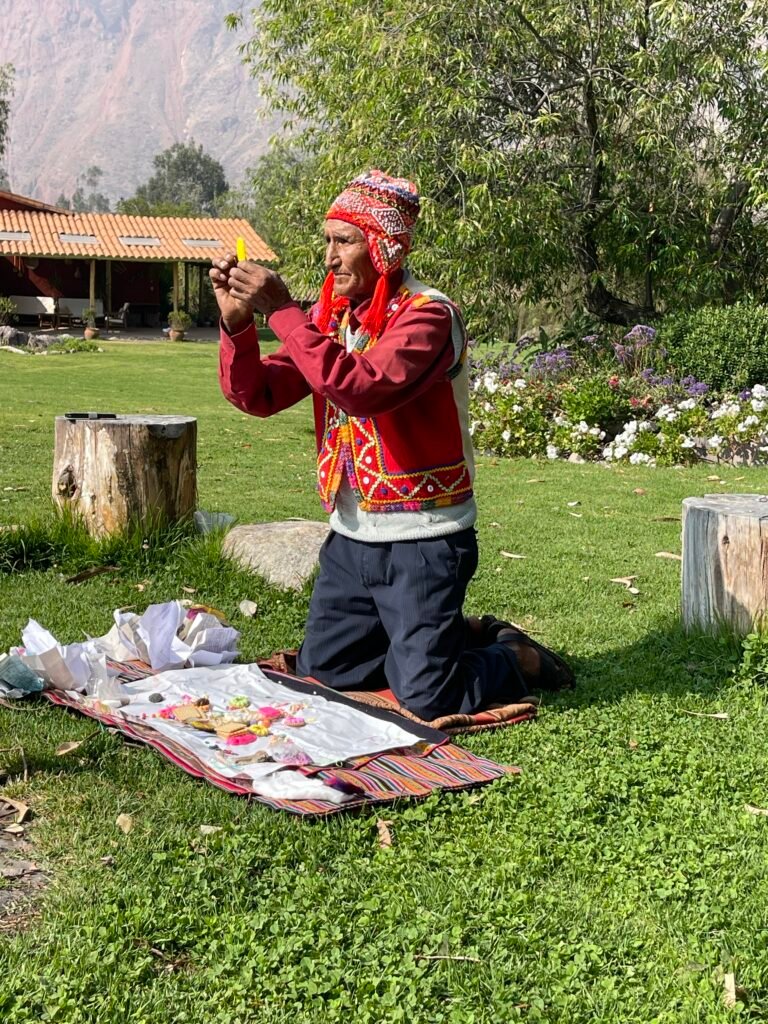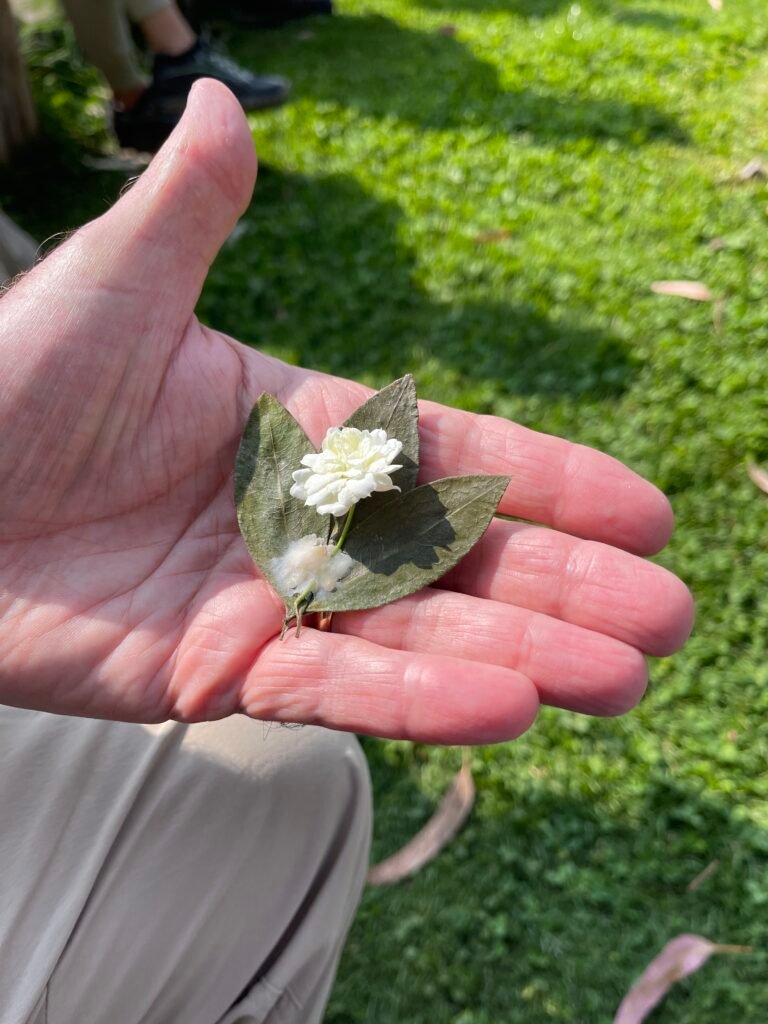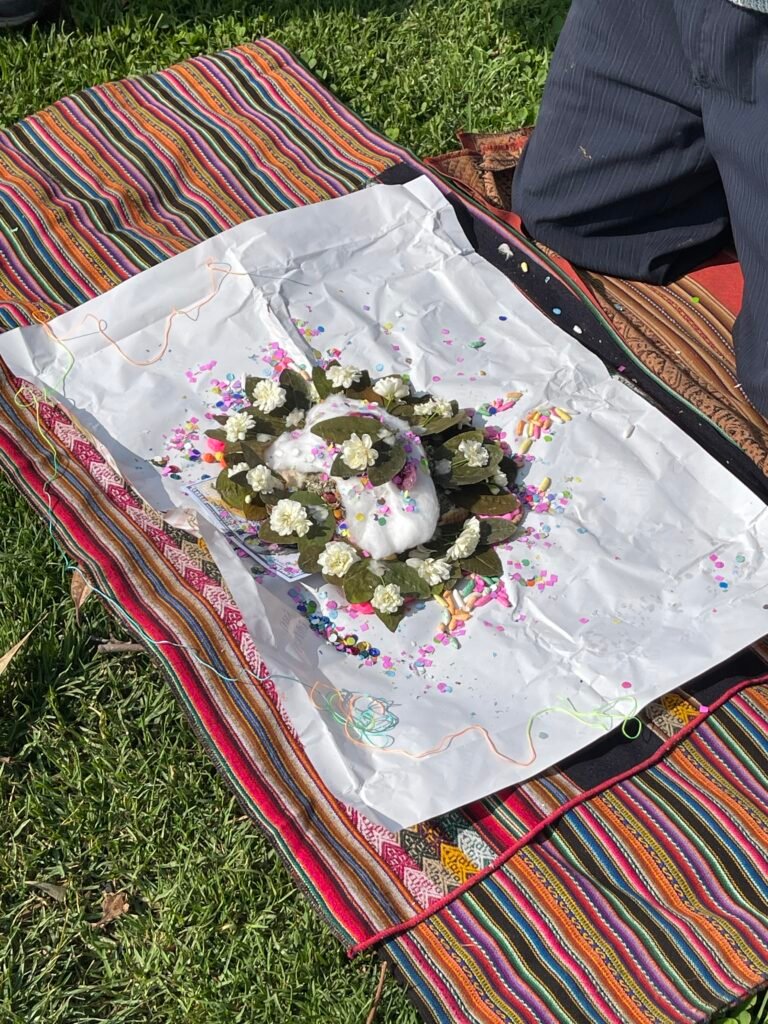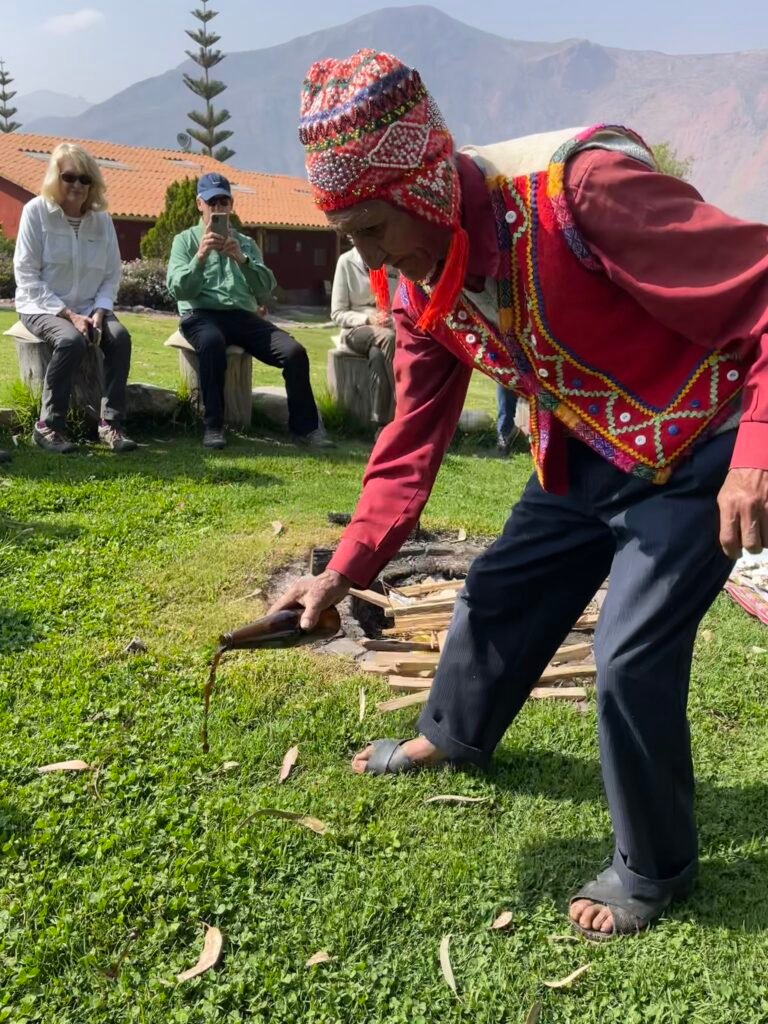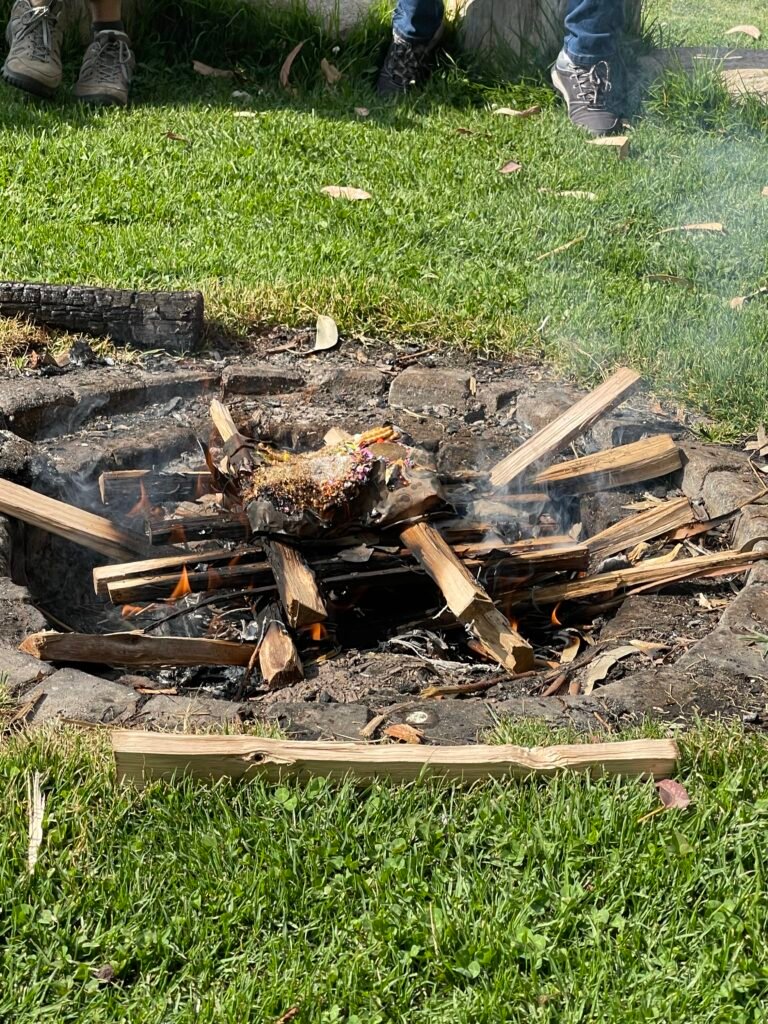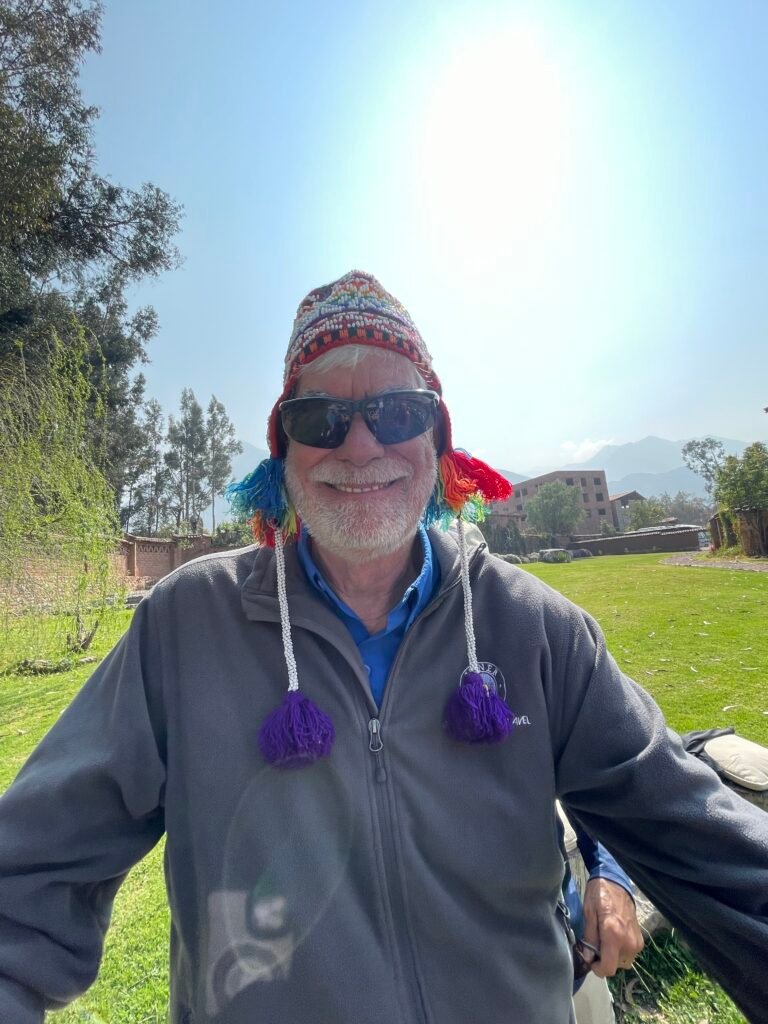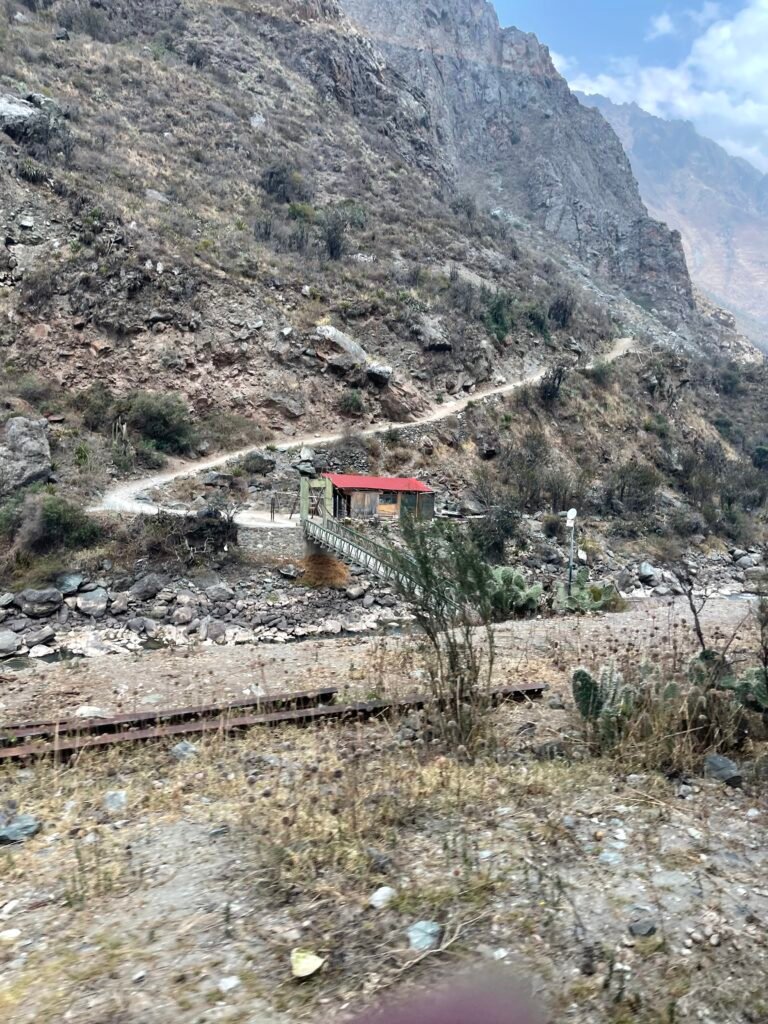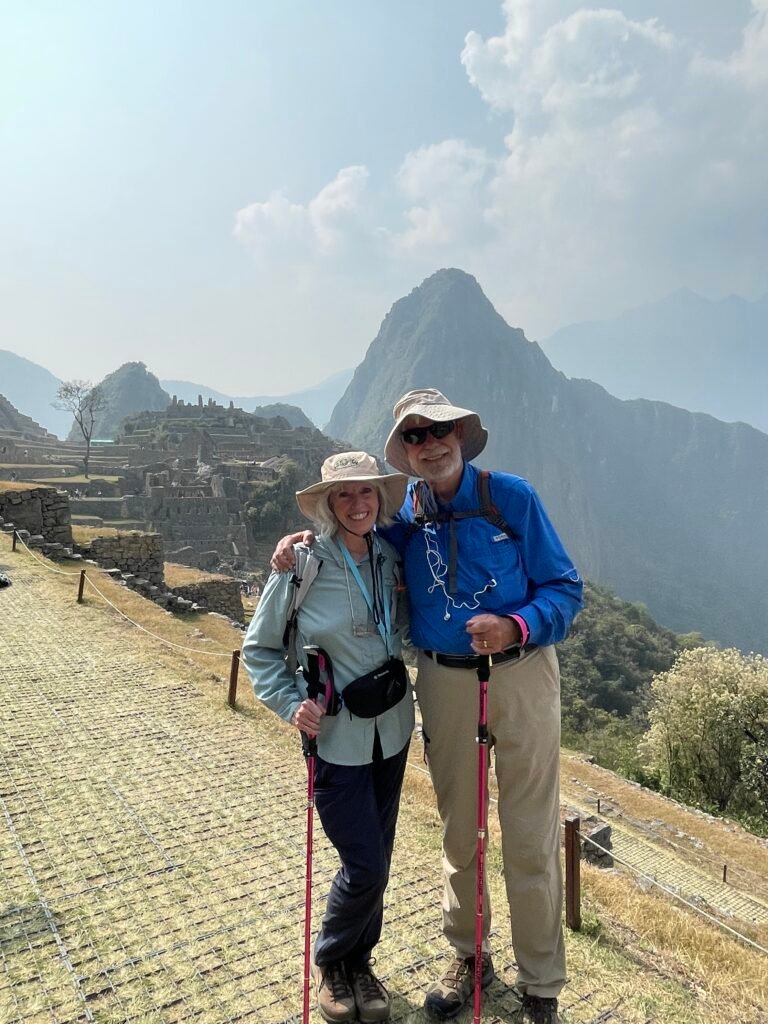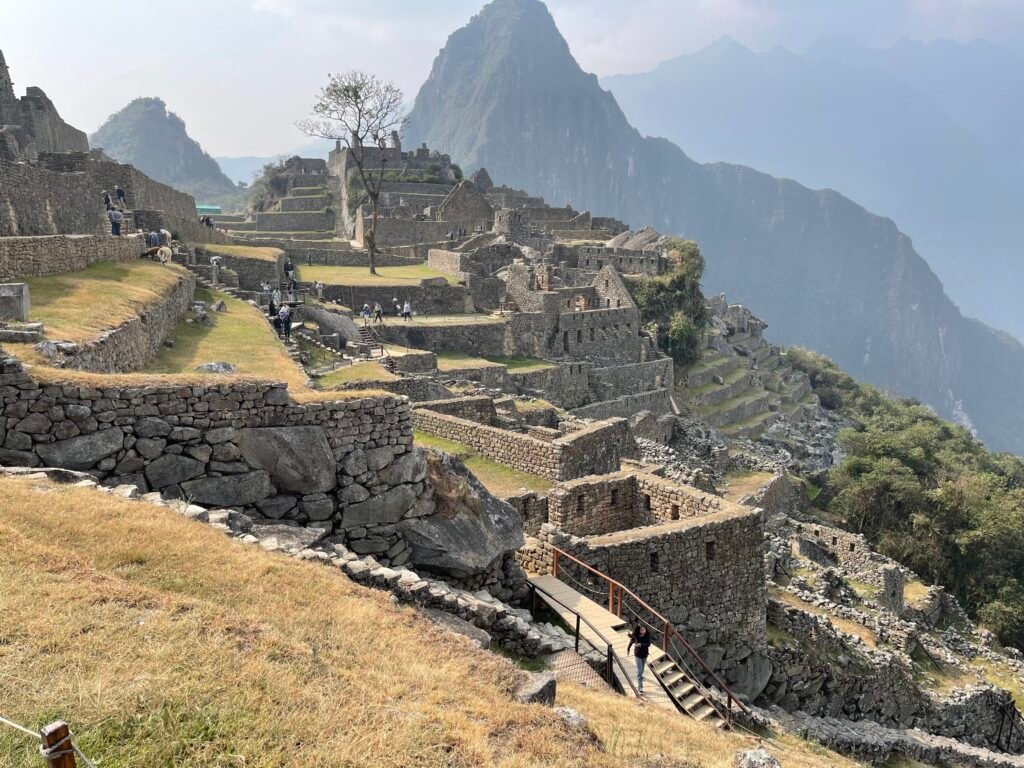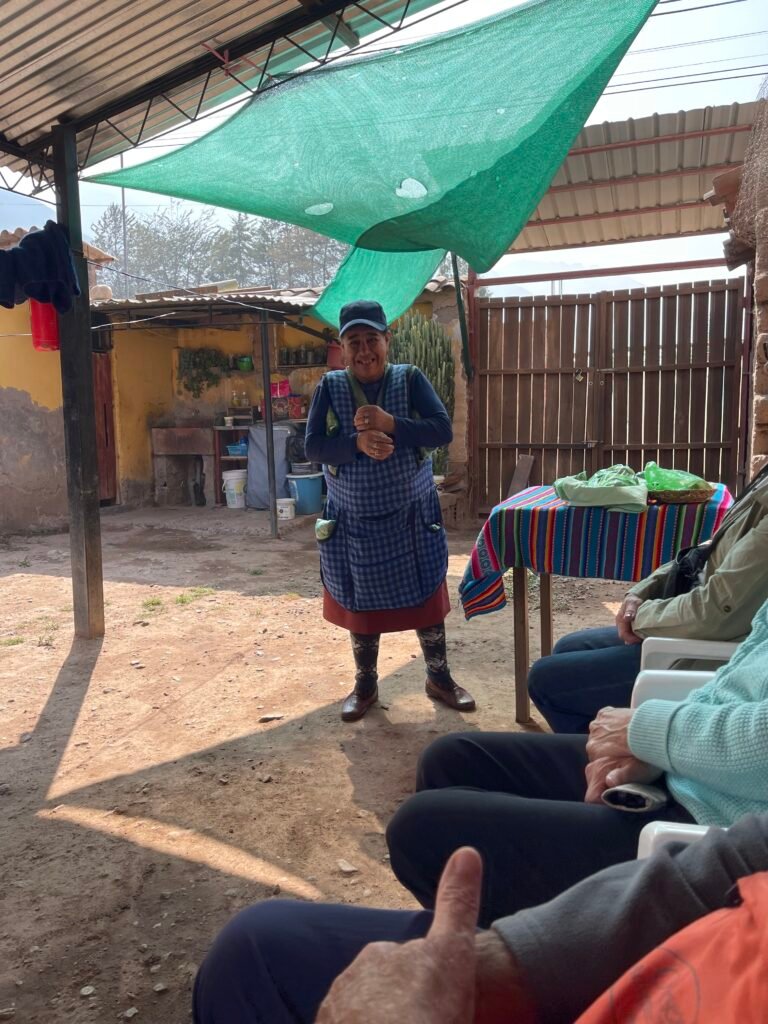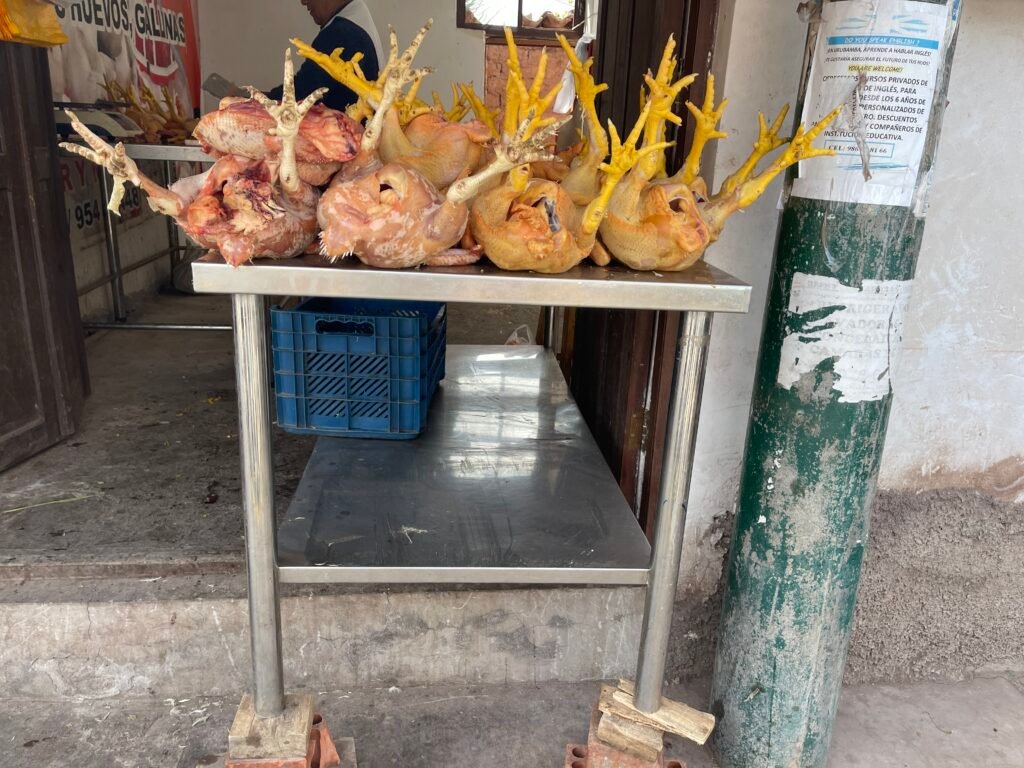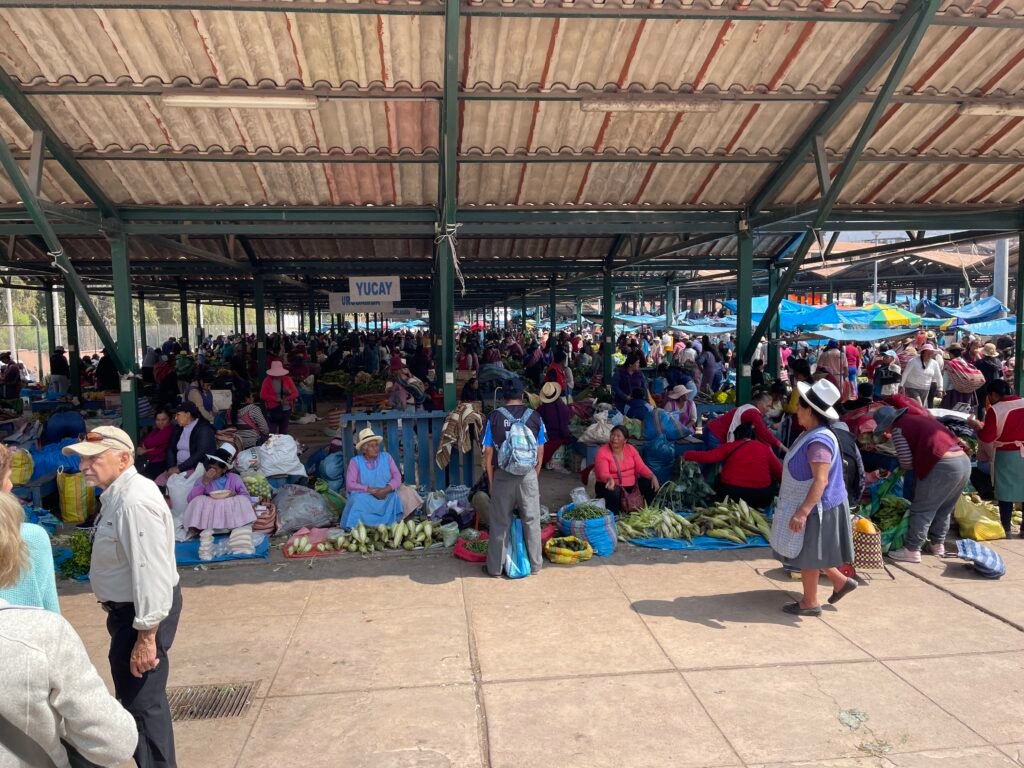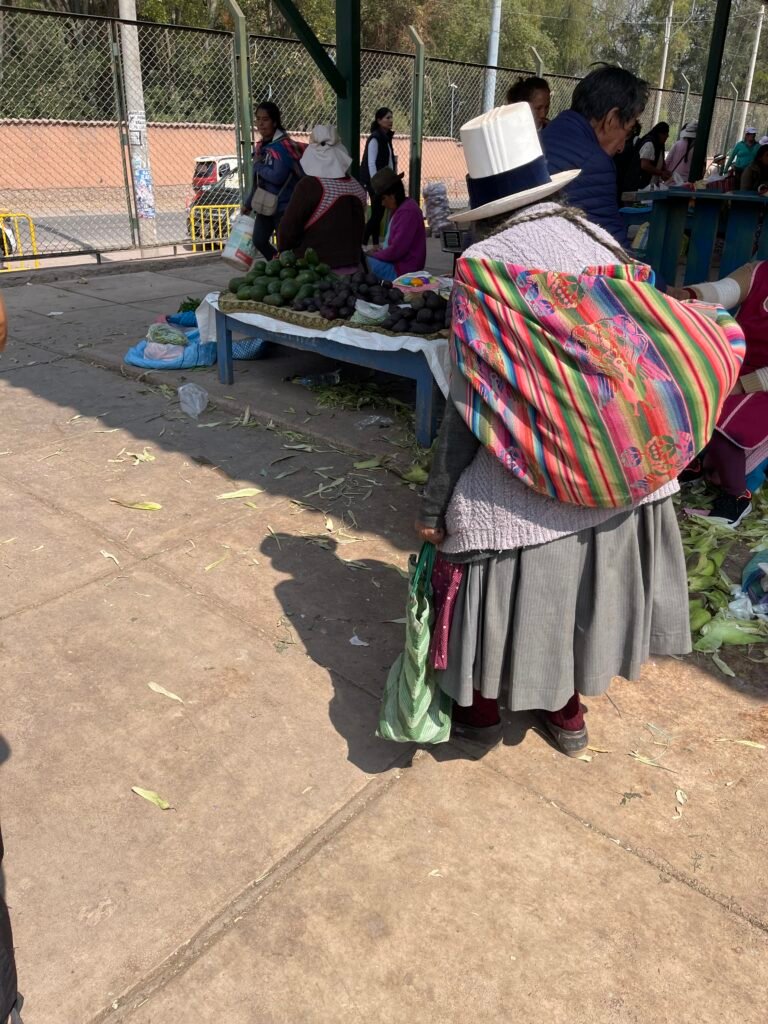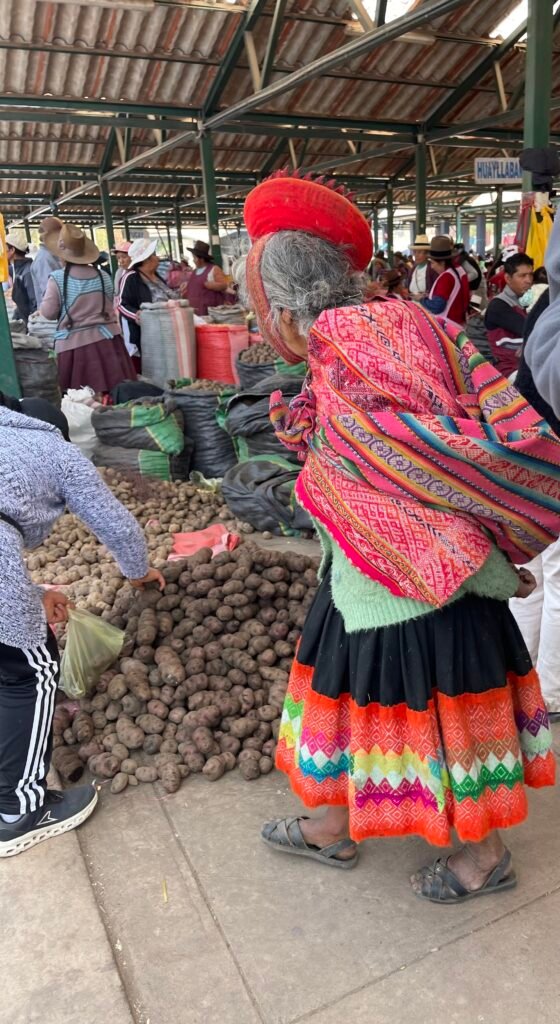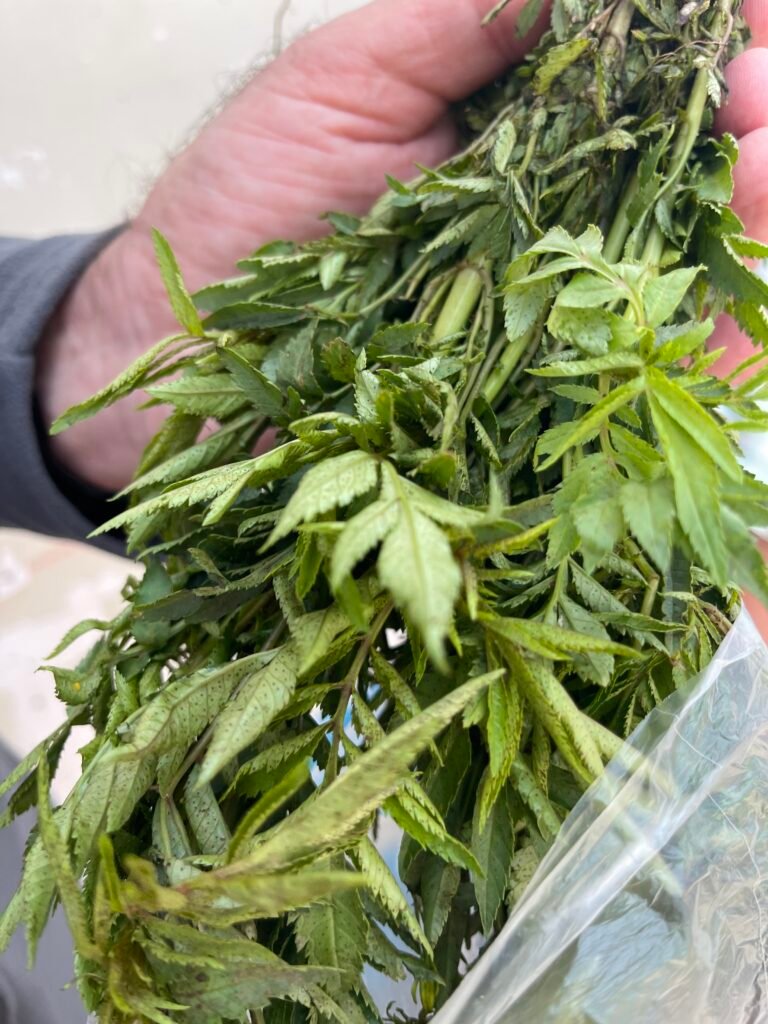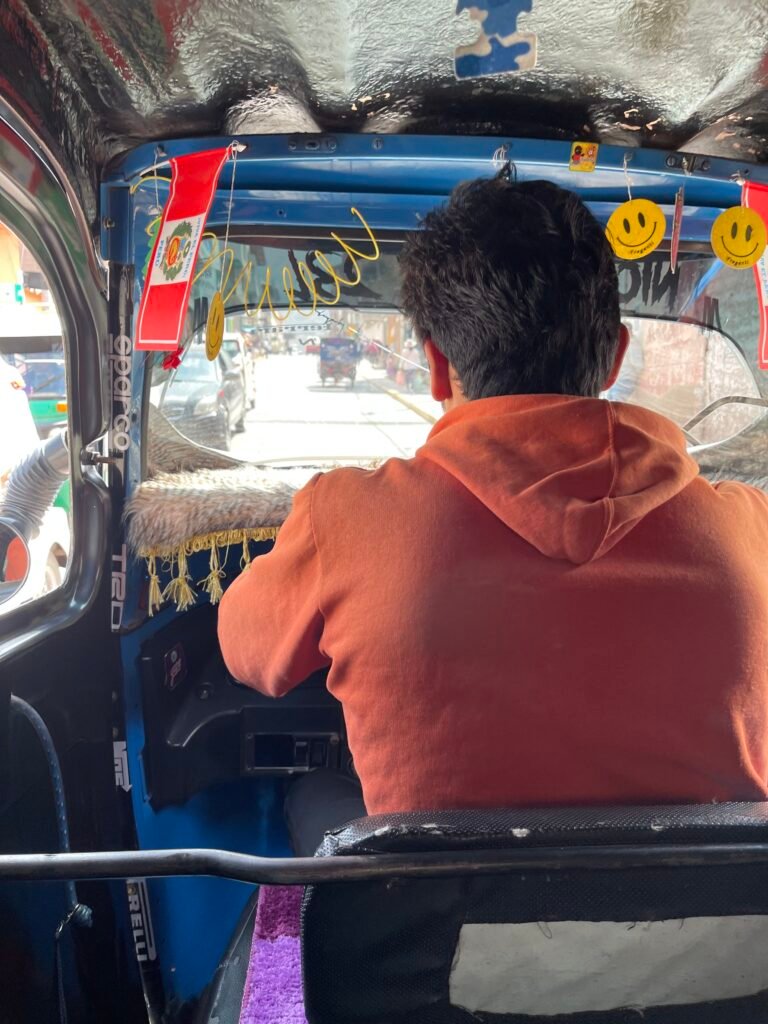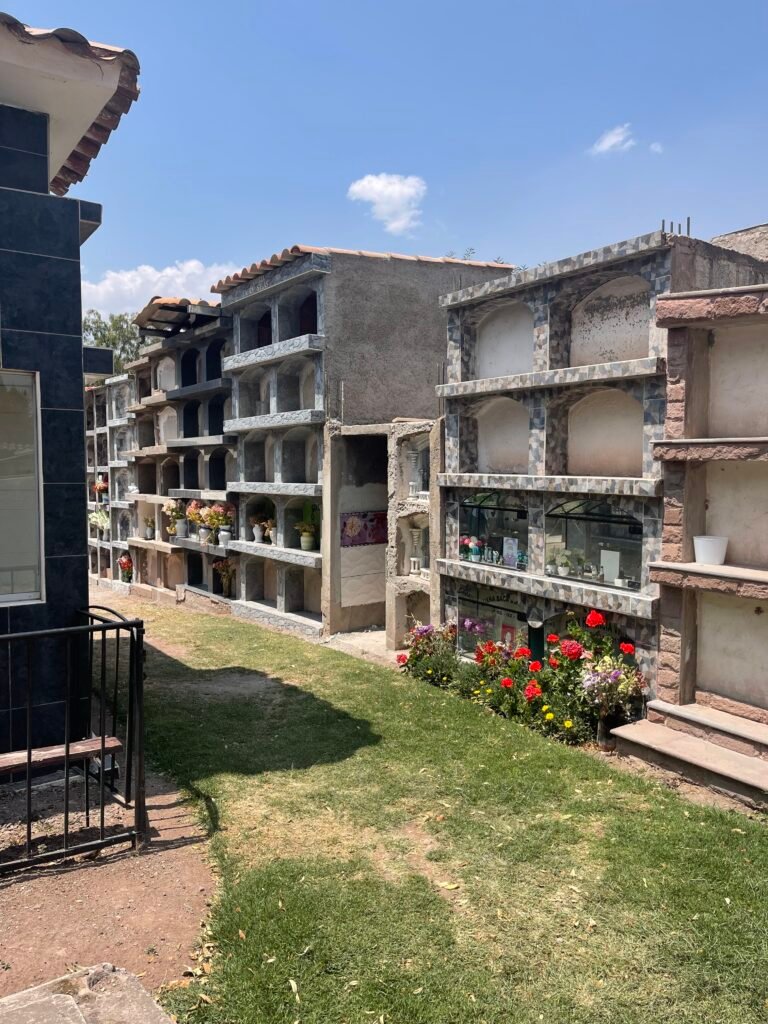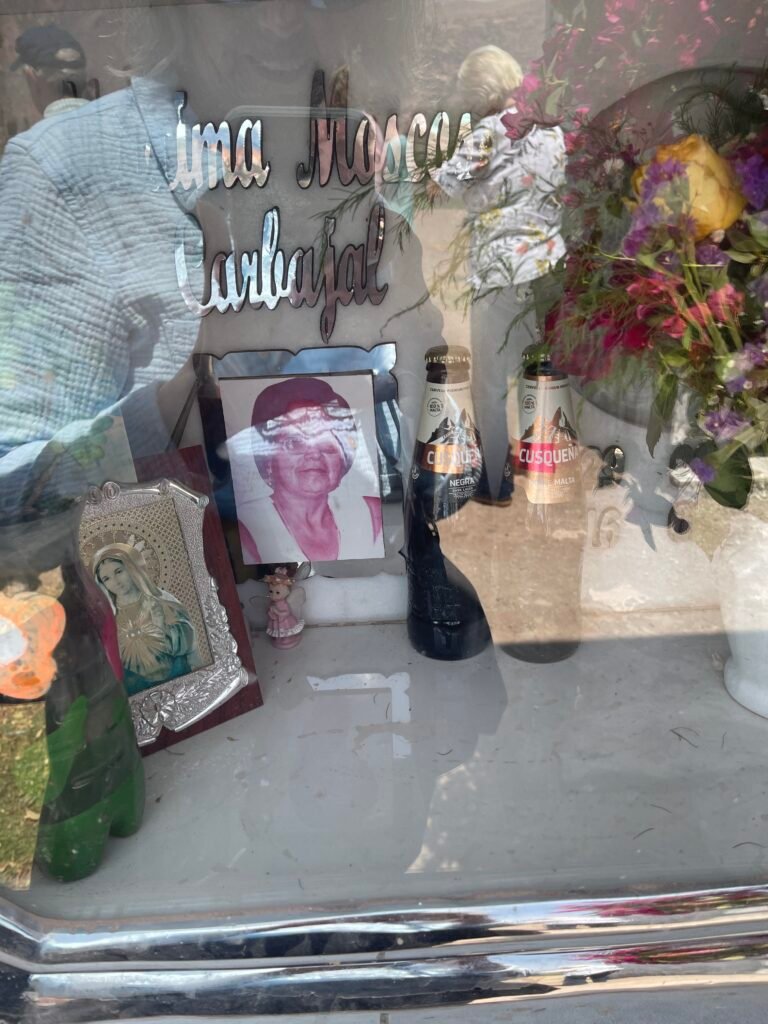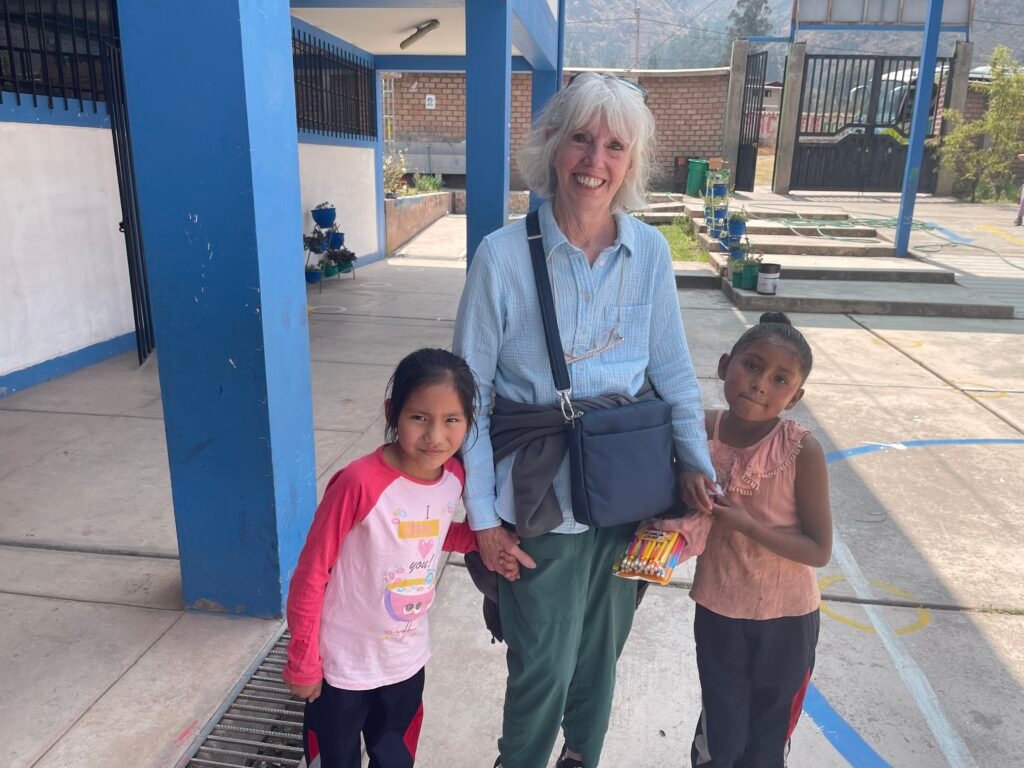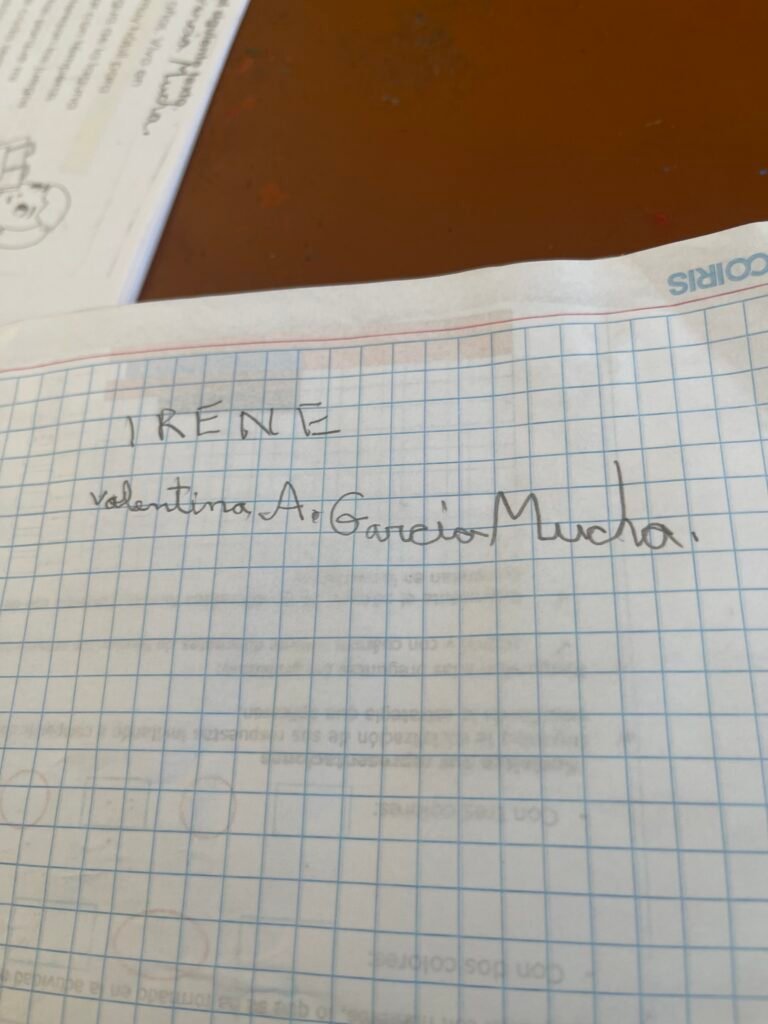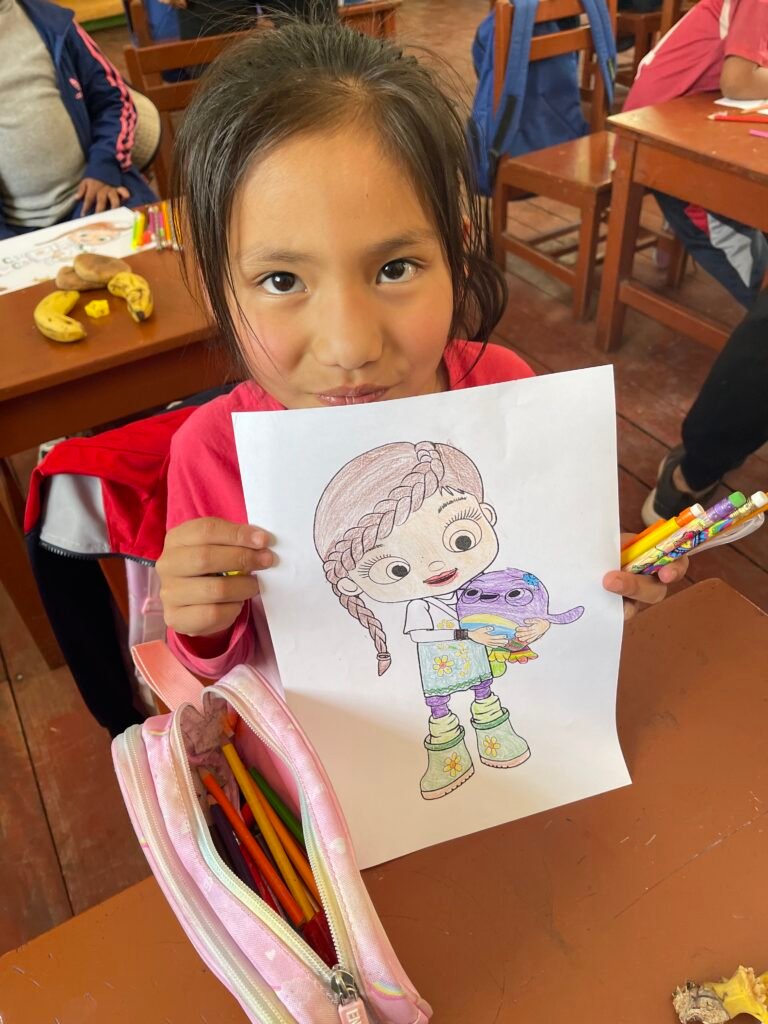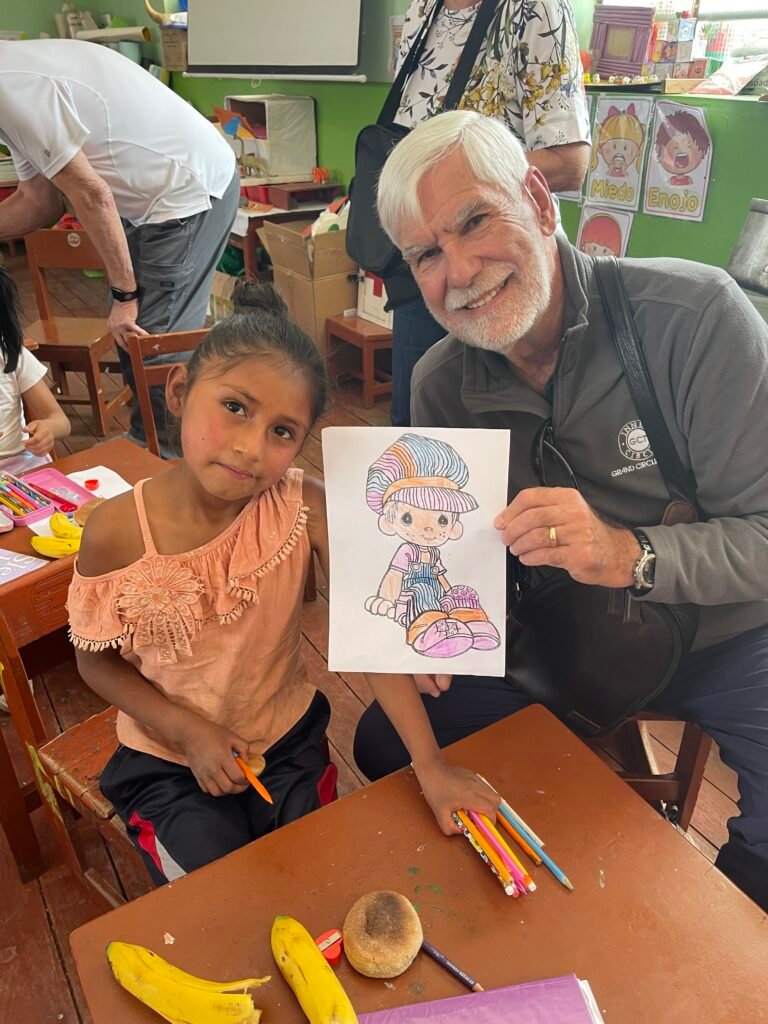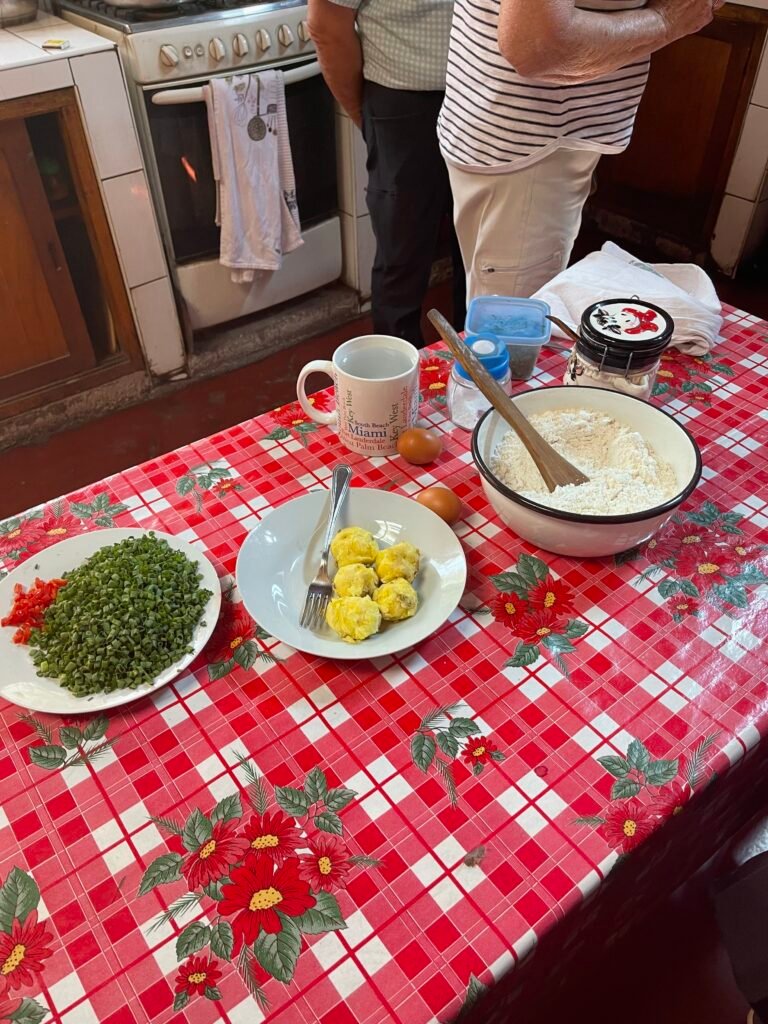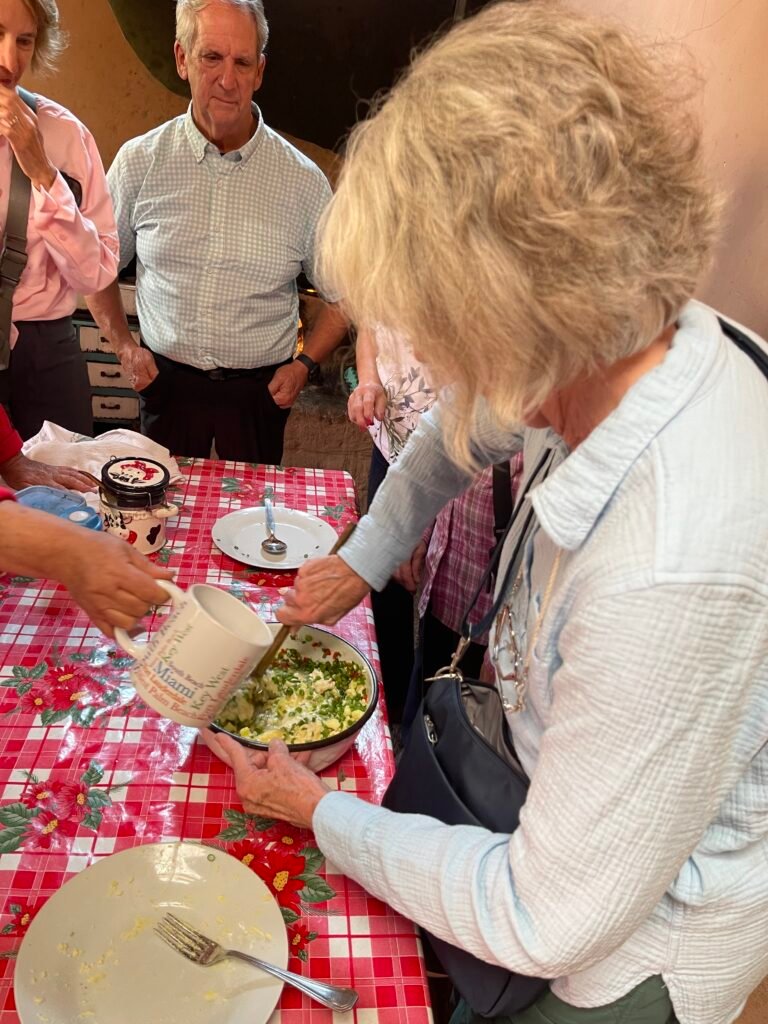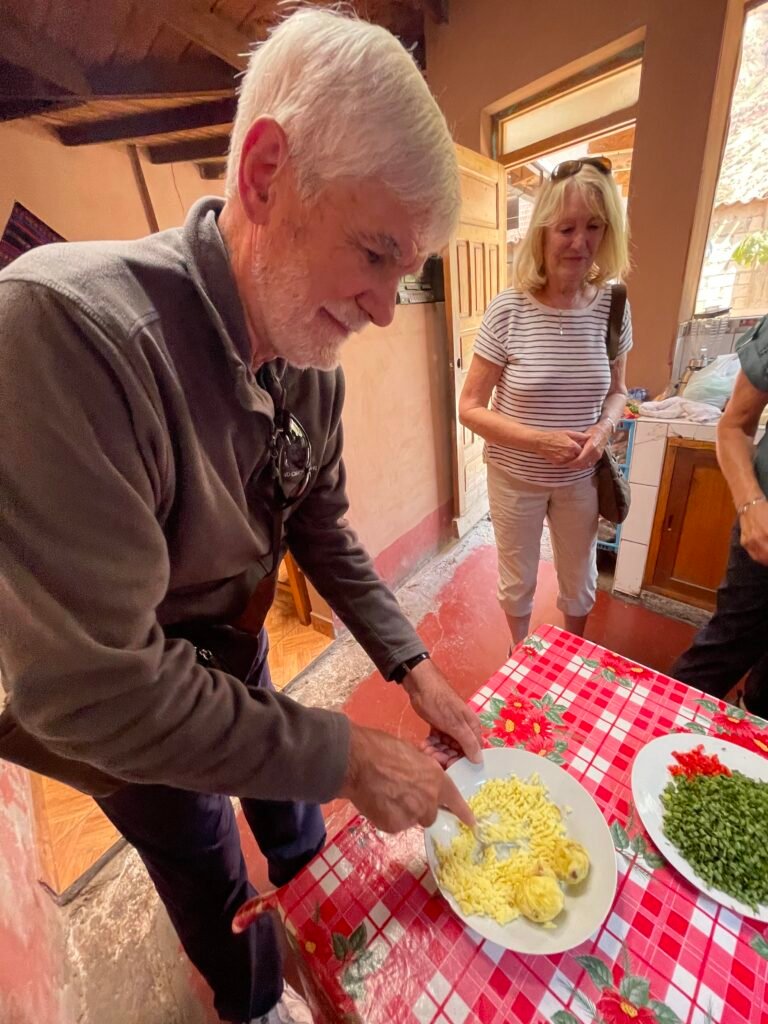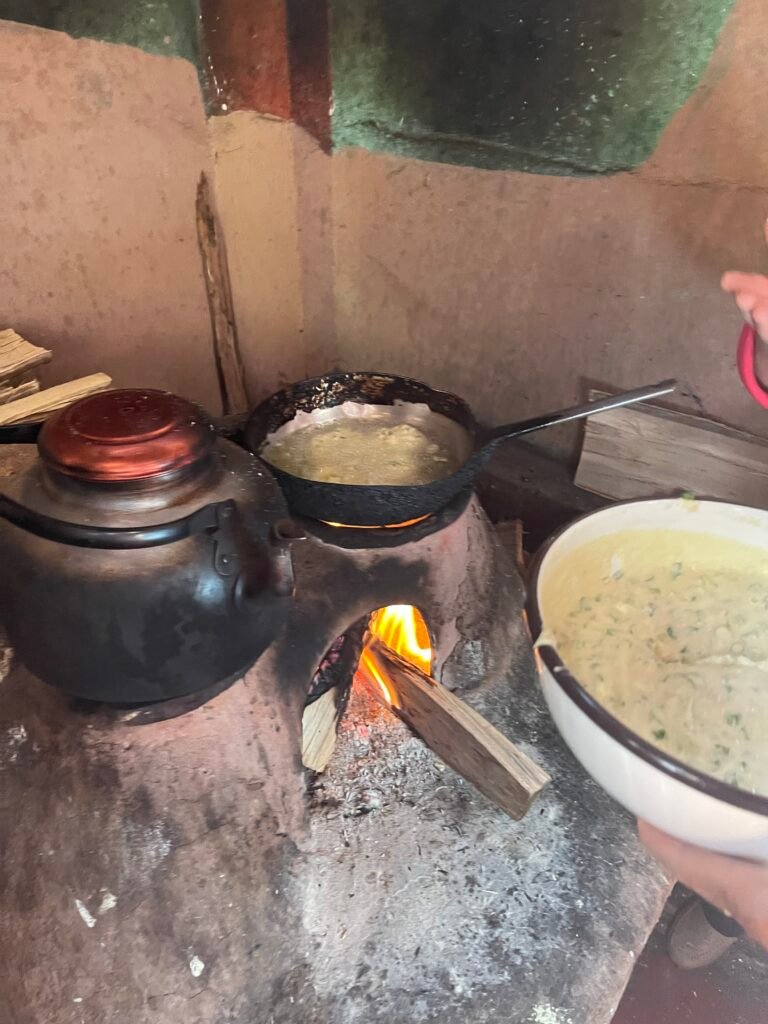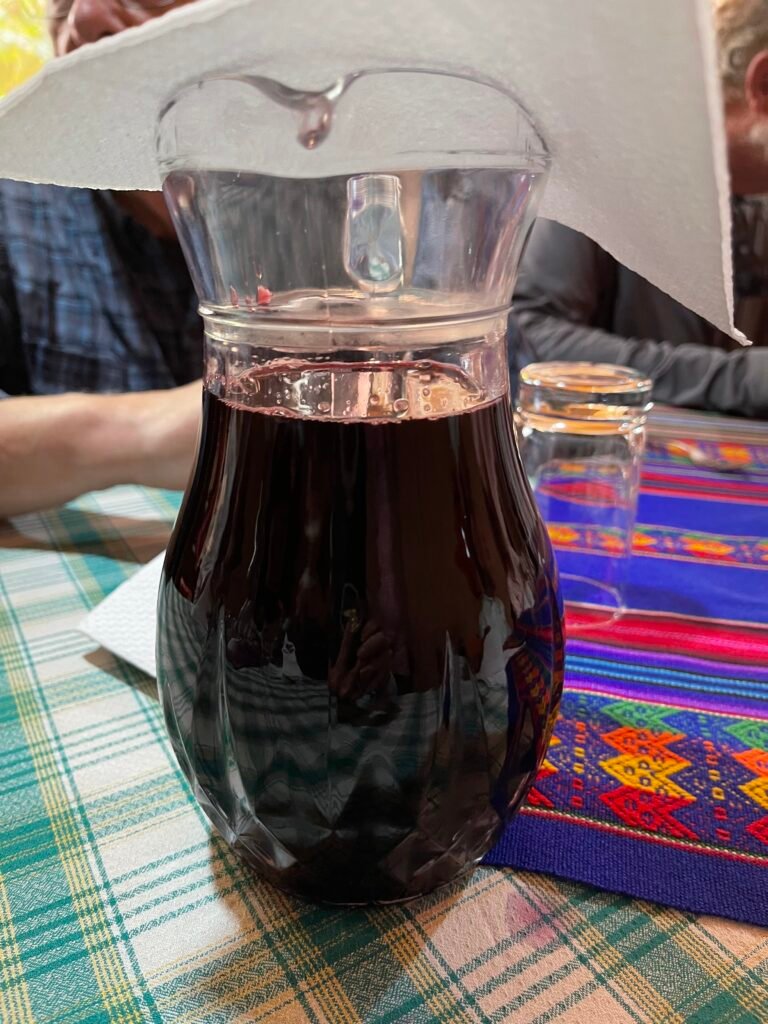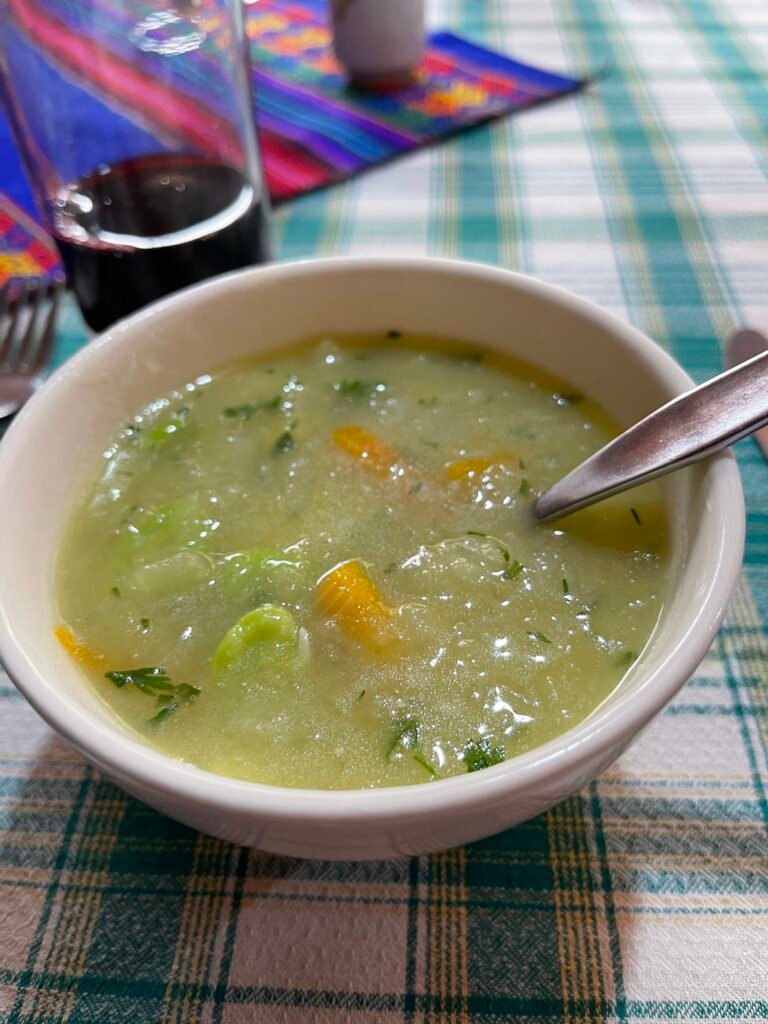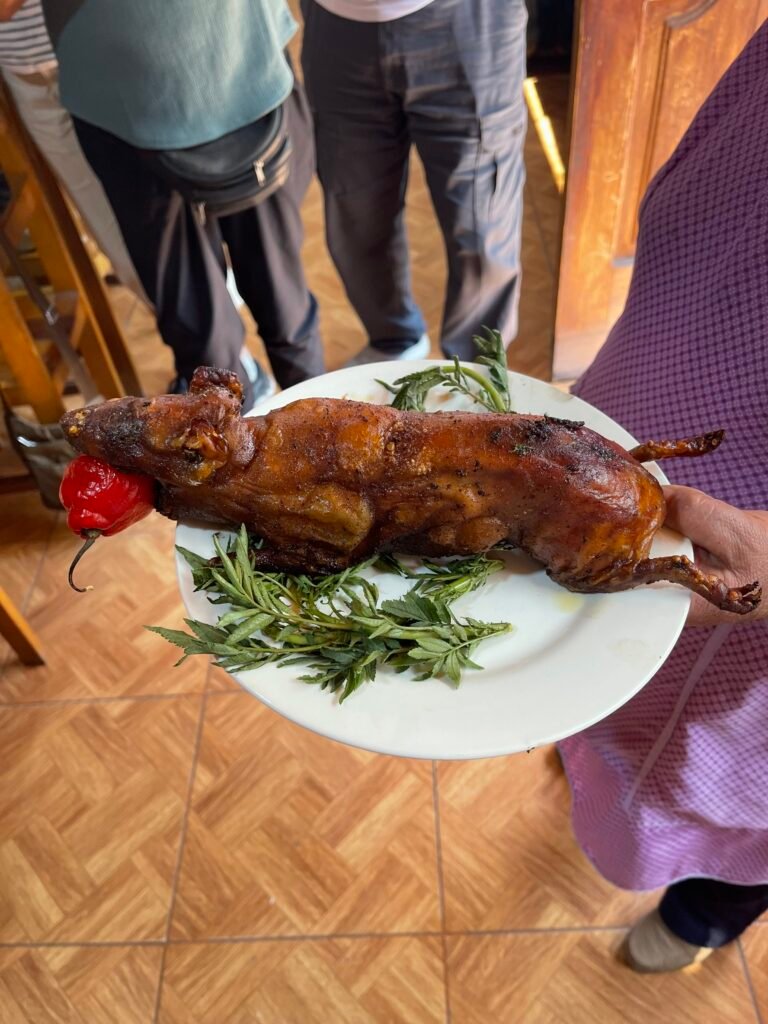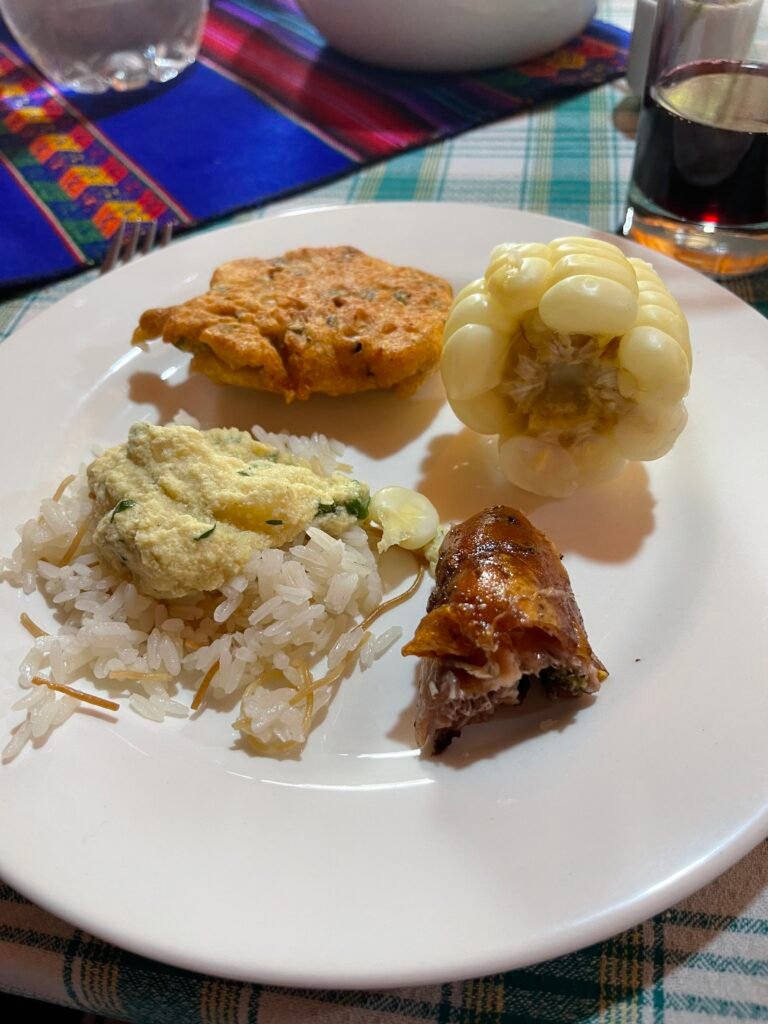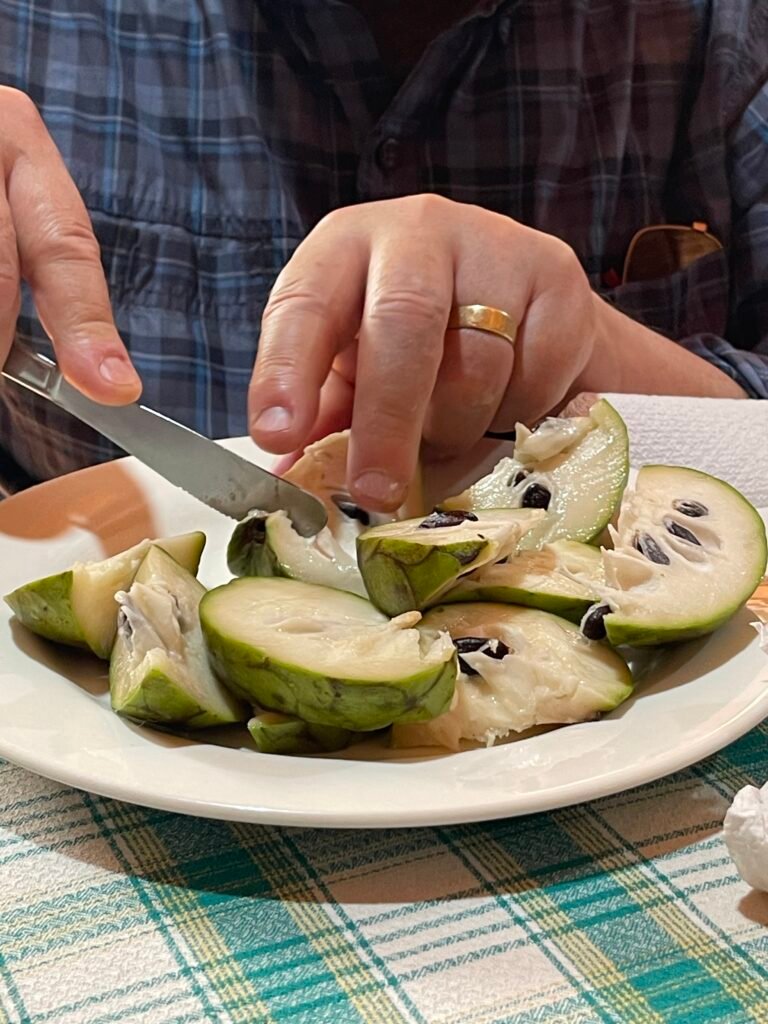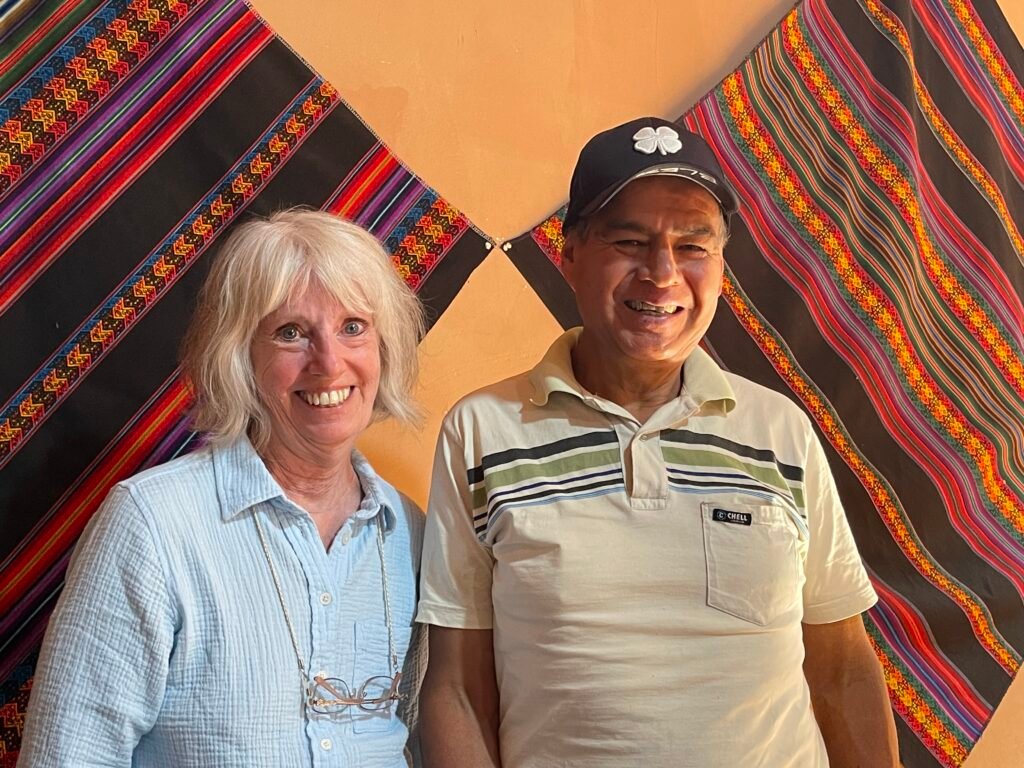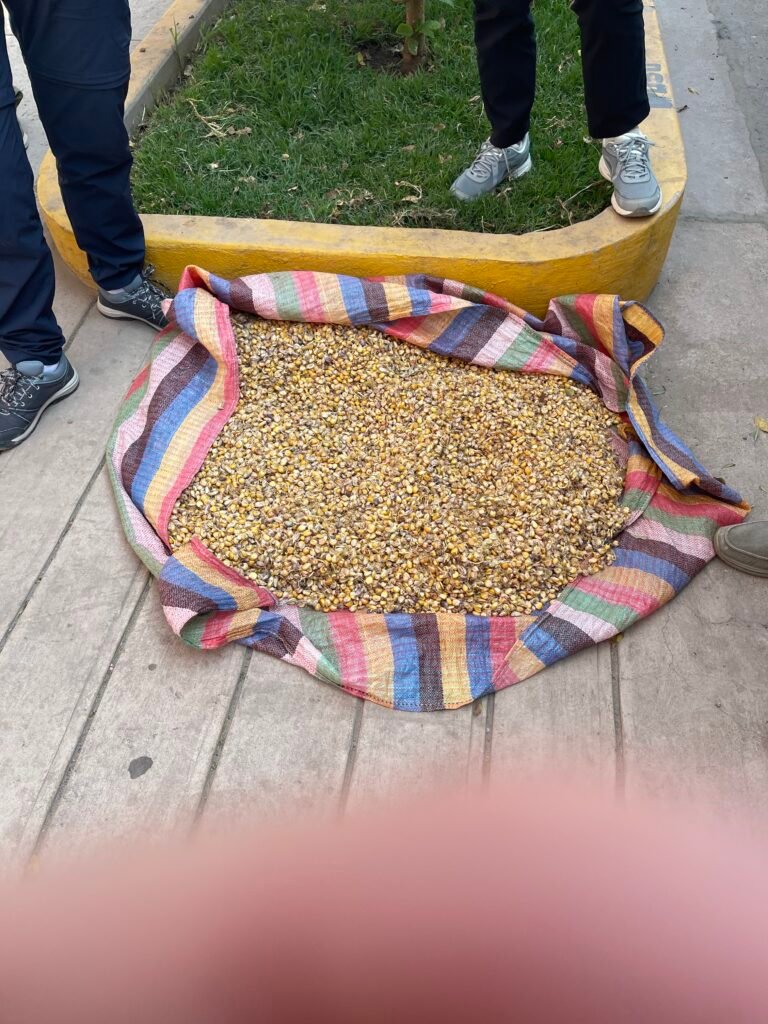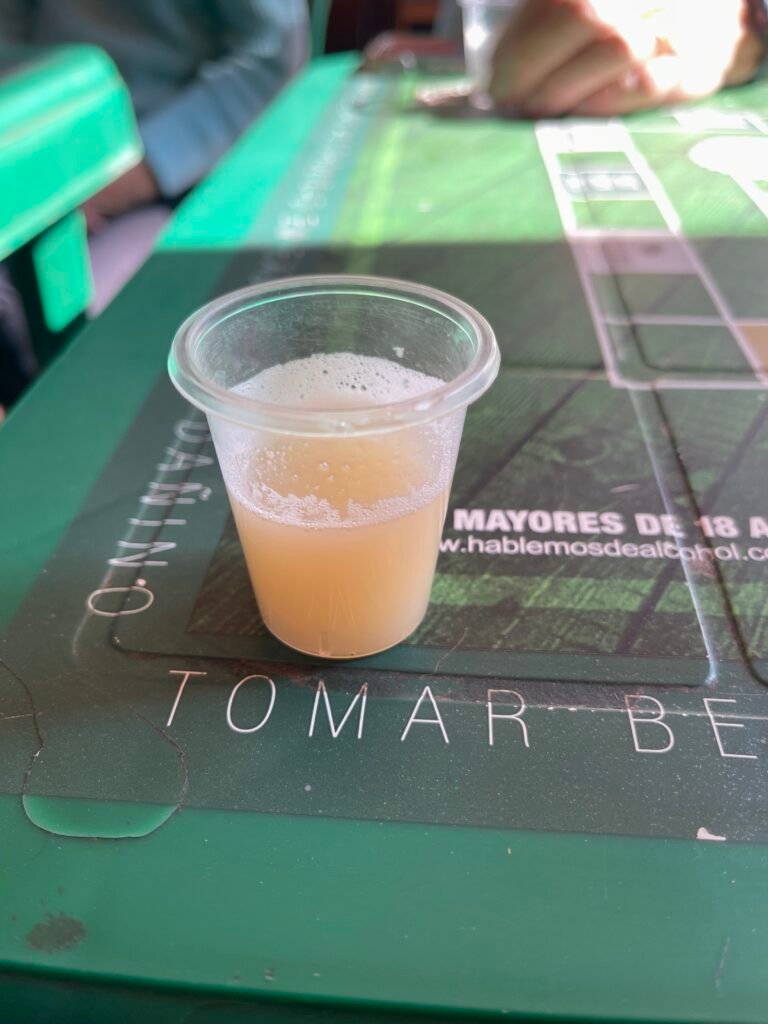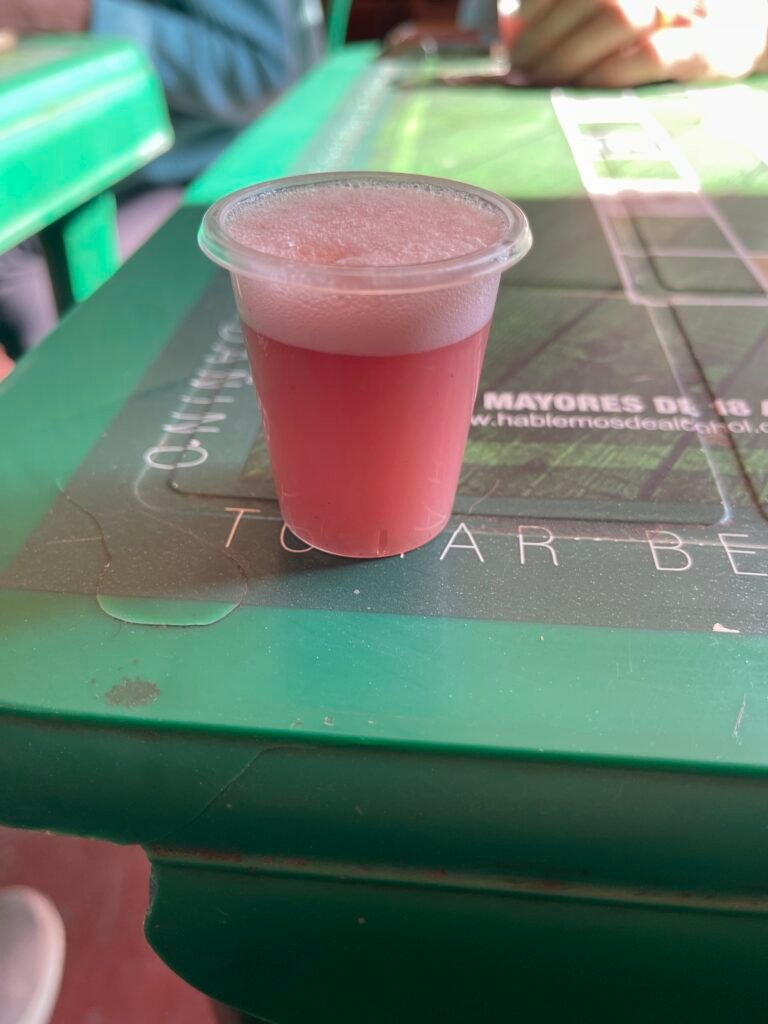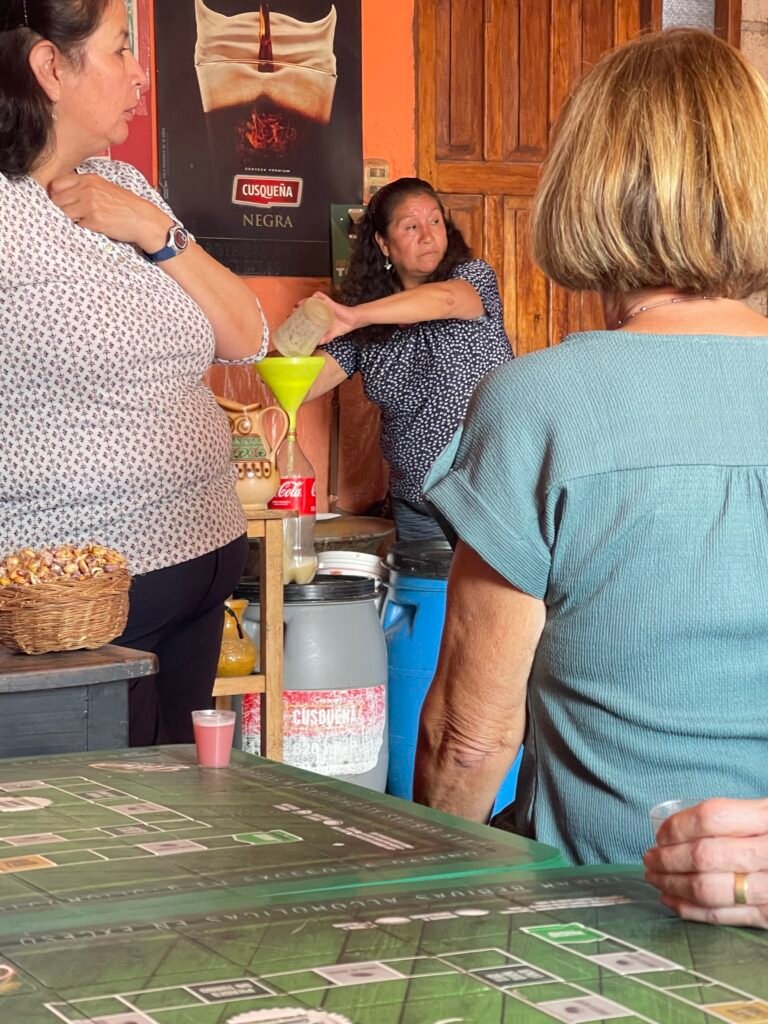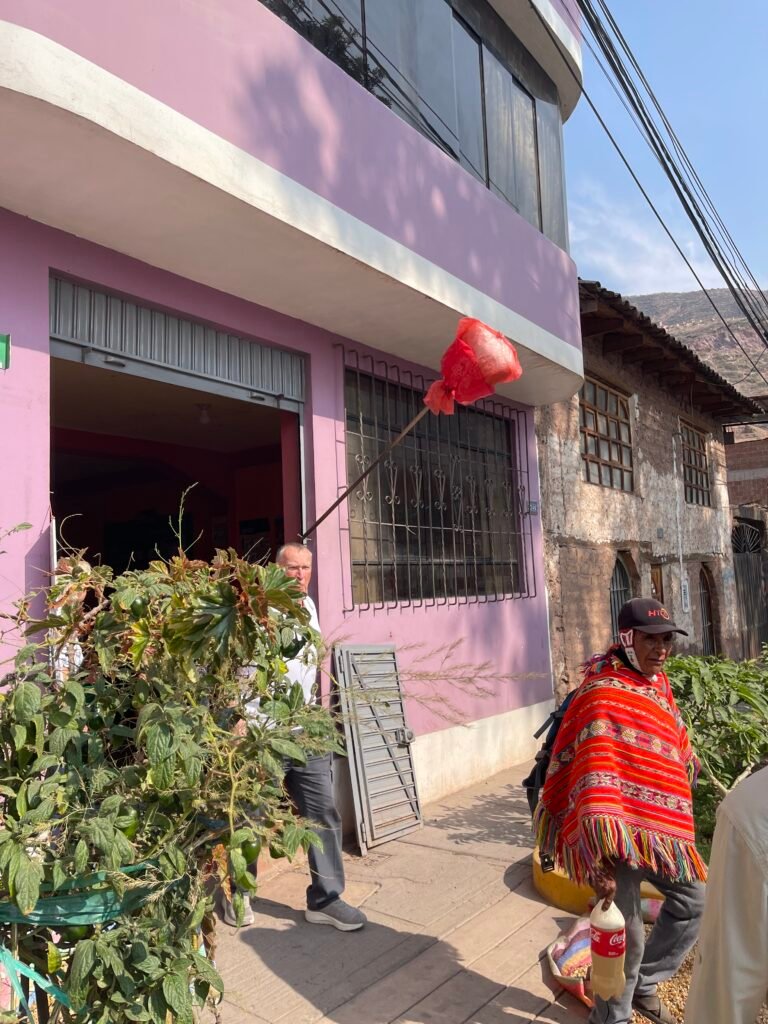September 20, Friday Galápagos cruise
Destination: The Galápagos Islands
Accommodations: ARCHIPELL II CRUISE
We all went to bed very early last night, right after dinner. The ship was rocking and rolling due to the Humboldt current and it took a while to get used to. I started the scopolamine patch and am feeling fine.
The door to our closet was banging all night. Allan tried to fix it during the night, which was tricky since he could barely stand with the waves rolling, but the repair was to no avail. Today we’ll have to see what we can do.
When we use the toilet, we cannot throw the tissue in the toilet, but instead, put the tissue in the wastebasket. If we accidentally flush the paper, we have to tell the crew and they have to get rid of the blockage. It’s such a force of habit to throw the tissue into the toilet, that we have to make a concerted effort not to.
The zodiac we ride to and from the ship in, is similar to what we used in Antarctica. It’s a little tricky entering because the ship is bobbing up and down and the zodiac is bobbing as well. The crew on the zodiac and on the deck of the ship give us a hand to get in. Once you get in, you kind of stagger to sit on the side of the craft since the waves are pretty strong and the raft is going up and down. The only thing I don’t like…there’s nothing to hold on to once you’re perched on the side of the craft. The driver does go slow, and we have to wear life vests, but fingers were crossed that we didn’t fall in.
We arrived at Floreana Island and had to swing our feet over the edge and wade in the water up to our calves to get to the beach. Allan and I had on water shoes so that worked great.
The minute we landed, the sea lions came to greet us. The difference between sea lions and seals is… sea lions have ears as well as strong bones in their upper fin (scapula and humerus) to allow them to “walk”. Seals on the other hand propel themselves on their bellies. A group of sea lions is called a harem.
There were tons of sea lions including moms with babies. When a female gets impregnated, it takes about 6 months until the birth of the baby. She nurses the baby after it’s born, and will go into the water at some point and leave the baby behind. That means she’s ready to be impregnated again. When that happens, the new pregnancy sits off to the side of her body for about 6 months so the mother can continue to nurse the first baby. Once the first baby is a year old, it goes off in search of his own food of fish in the water. At that time, the mother can now continue the pregnancy of the new baby she’s carrying. Mother nature is amazing!
The Galápagos cruising itinerary is filed with the conservation authorities of the Galápagos National Park. Park biologists periodically review it, and they have the authority to make changes to the plan to minimize our impact on the ecosystems of the islands.
After visiting with the sea lions, we spotted a blue footed booby with her young. Pretty amazing to see.
We walked a bit further and saw in the distance, some flamingos standing in the lagoon. The flamingos are actually orange and not pink. We were able to witness the mating dance which was very lucky indeed. It was hard to photograph however because they were so far away.
Later in the morning, some people went snorkeling but I decided not to. The water is very cold. And I think it was a good decision since it was overcast and the people who snorkeled said it was dark in the water so you couldn’t see much.
We enjoyed another delicious lunch and at 3 o’clock, we boarded the zodiac to go to a very unusual post office. Post Office Bay – Galapagos does not have employees, stamps, or even walls or ceilings. It’s a place where the concept of old fashioned hand delivered postcards still holds true.
Back in the whaling days, sailors would be far away from home and missing their families. The sailors set up their own unique way to get mail to their loved ones. The system was simple: any passing sailor could leave a letter in a big wooden barrel and at the same time, he had to check if there was any mail going near to his home that he could deliver himself when he returned home. For example, a sailor who was finishing his journey in London, England would take any mail with a London address. When he finally reached port he was then responsible to deliver it. Bearing in mind that whalers could spend two years or more at sea, this was a very slow mailing system – sometimes letters were delivered more than a year after written.
We participated in the tradition by addressing the postcard that we bought in Quito to ourselves, and turning it in. At the same time, we searched through the piles of postcards to see if there was a postcard with an address near to our home that we could deliver. Unfortunately, there wasn’t one postcard near Bethlehem.
We hope a visitor to the Galapagos post office finds our postcard one day, takes it to their home in Pennsylvania, and knocks on our door to deliver it. It could take years, but it’s fun keeping up the tradition. Unfortunately, we didn’t find any that we could deliver. They did have one from Kenya and one from Istanbul.
We got back in the zodiac and saw sea lions, iguana, brown pelican, crabs, and blue footed boobys.
At one point, a sea lion was playing with us – going under our boat and surfacing right at our side. It was really fun.
We came back to the boat and had a special meeting with the crew and a drink. They all introduced themselves and then asked that we do the same. Each person gave their name and where they lived, but of course, I had to go the extra mile. When it was my turn I said…
“Me llamo Irene. Vivo en Estados Unitos en Pennsylvania. Yo tengo cuatro ninos. Soy una abuela. Yo tengo tres nientas y tres nientos. “
What a brown nose! 😂😂😂
Dinner was really delicious. Perfectly baked fish with salad and potatoes and strawberries for dessert.
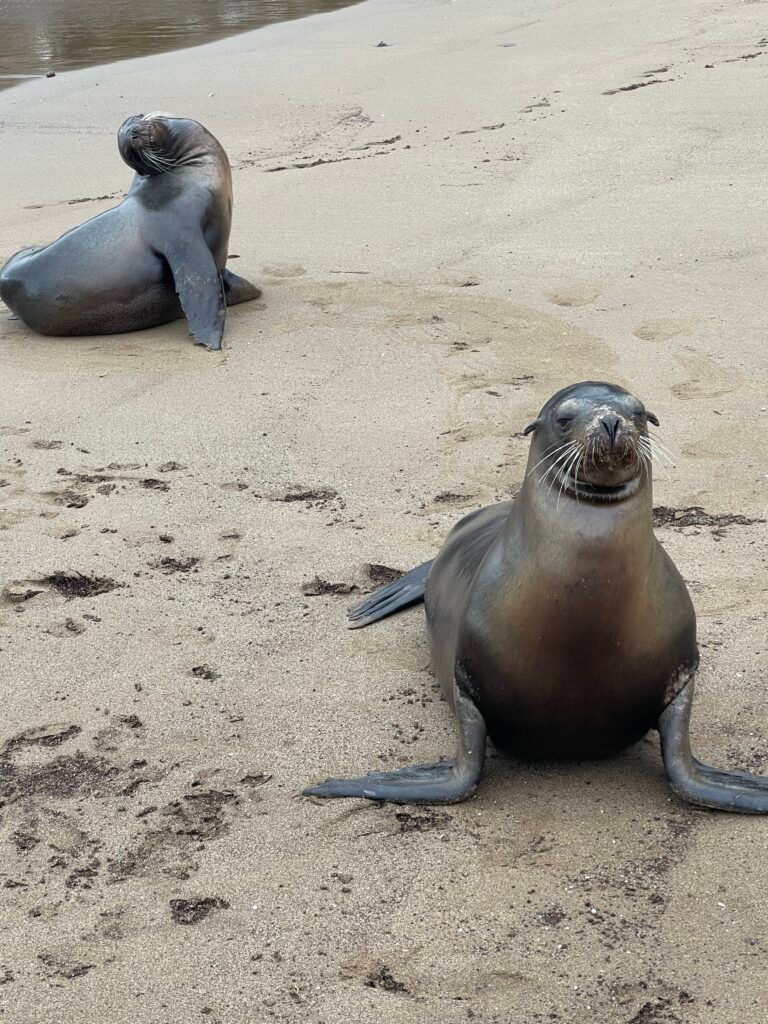
The sea lions came right up to greet us
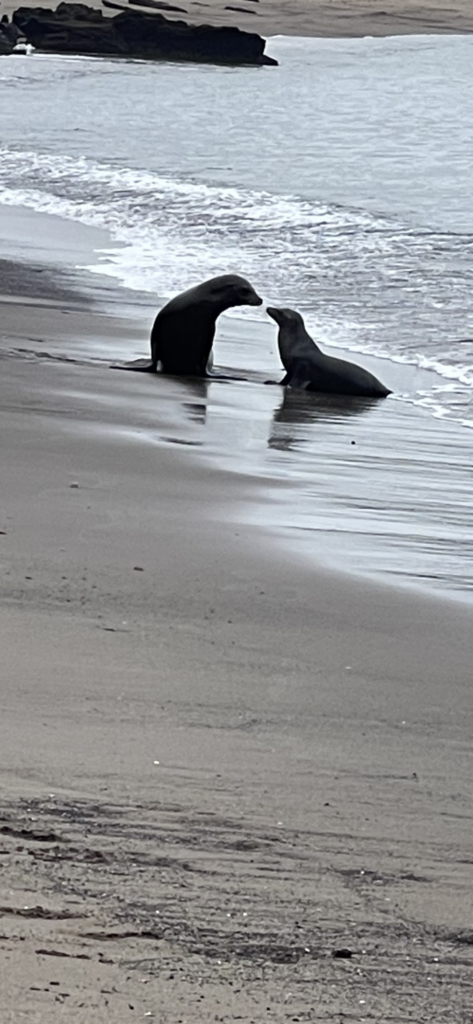
Awwww
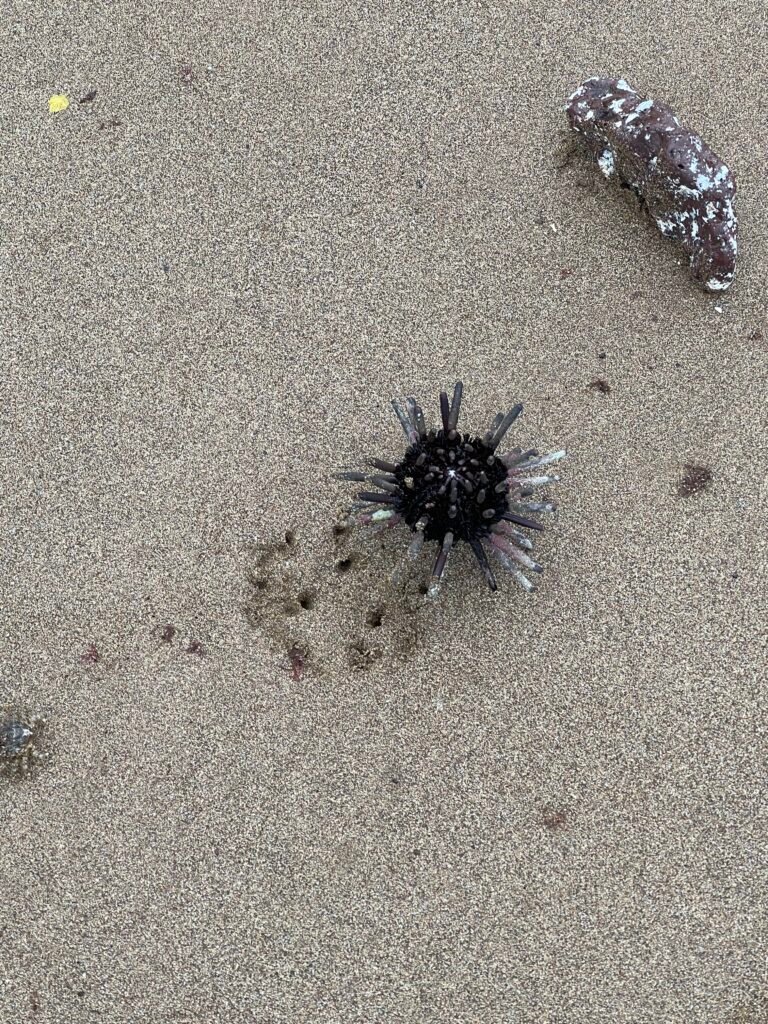
Sea urchin
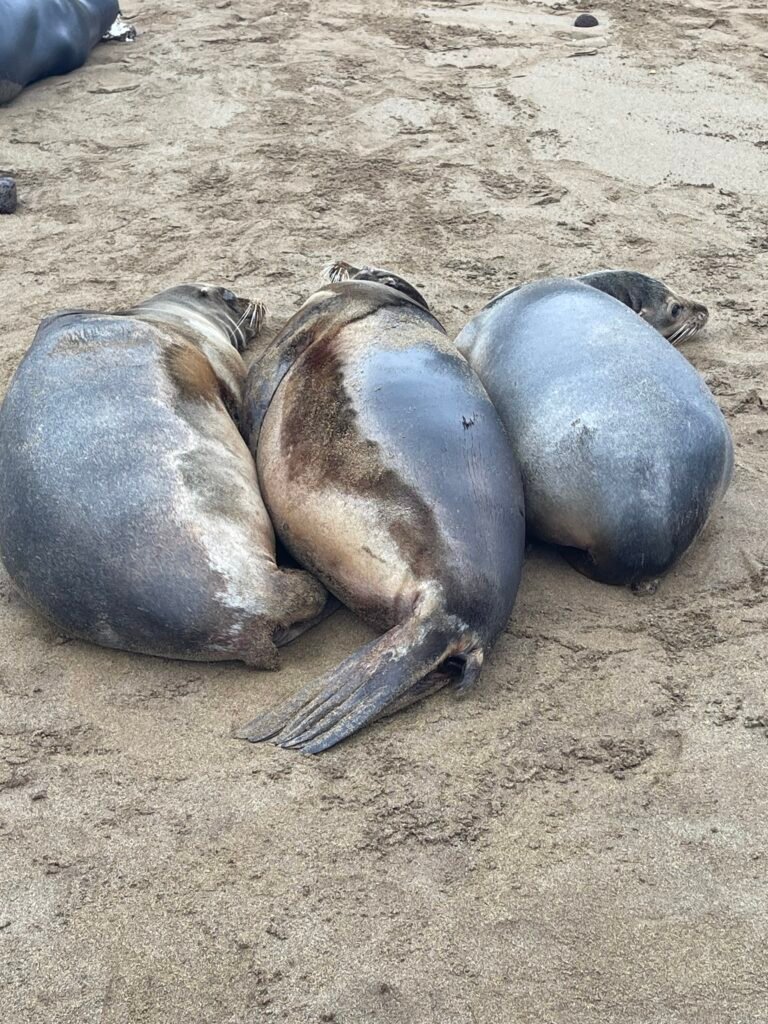
Pregnant sea lion
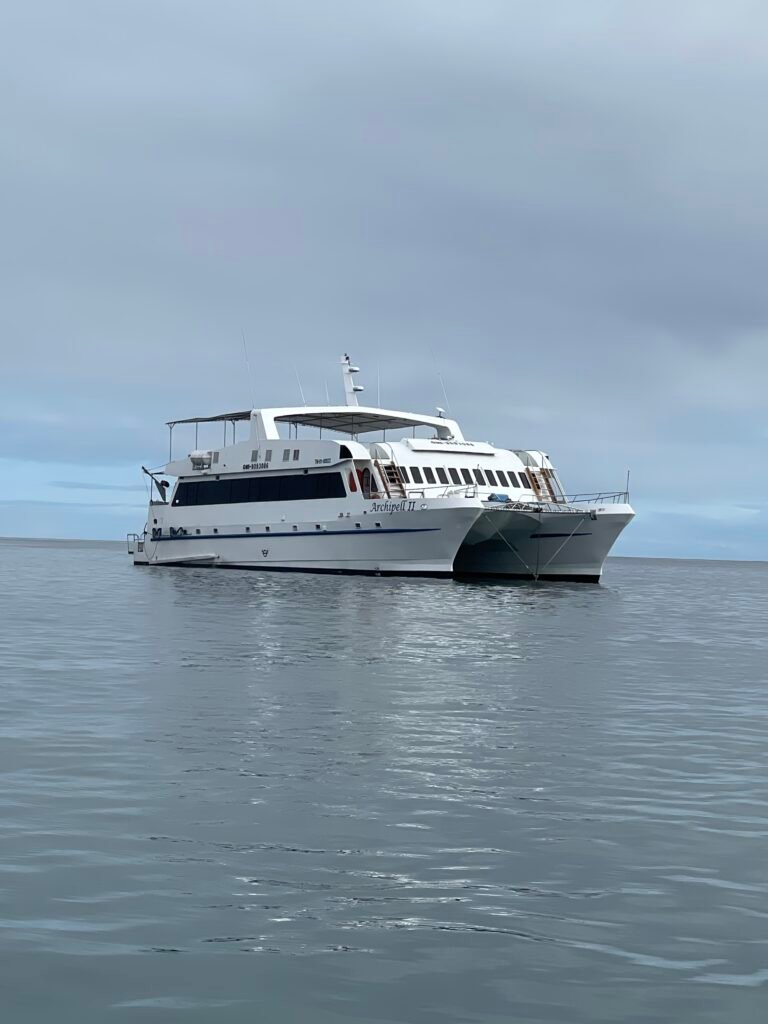
Our ship
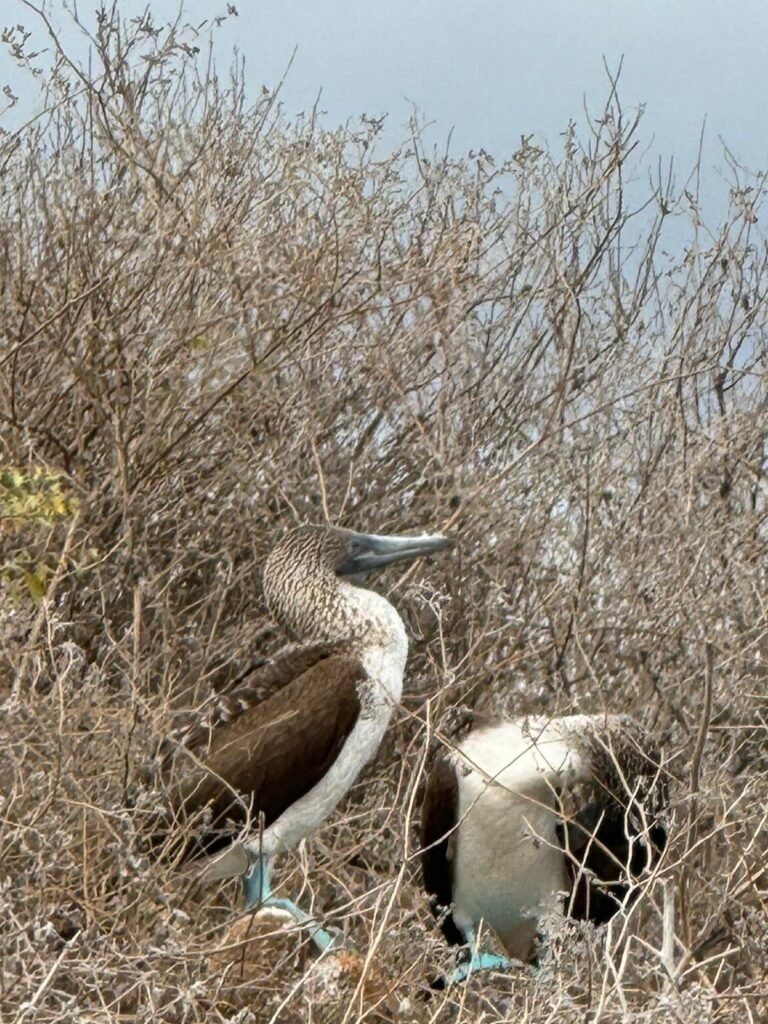
Blue footed booby. (Photo courtesy of Dave)
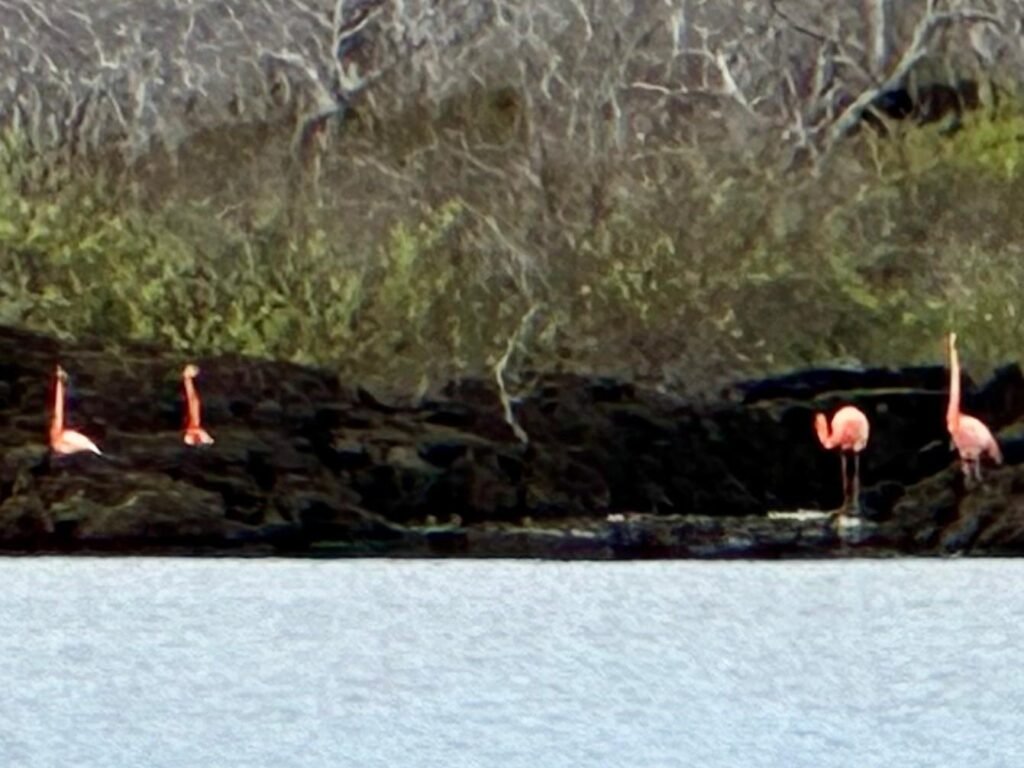
Flamingos (photo courtesy of Priscilla)
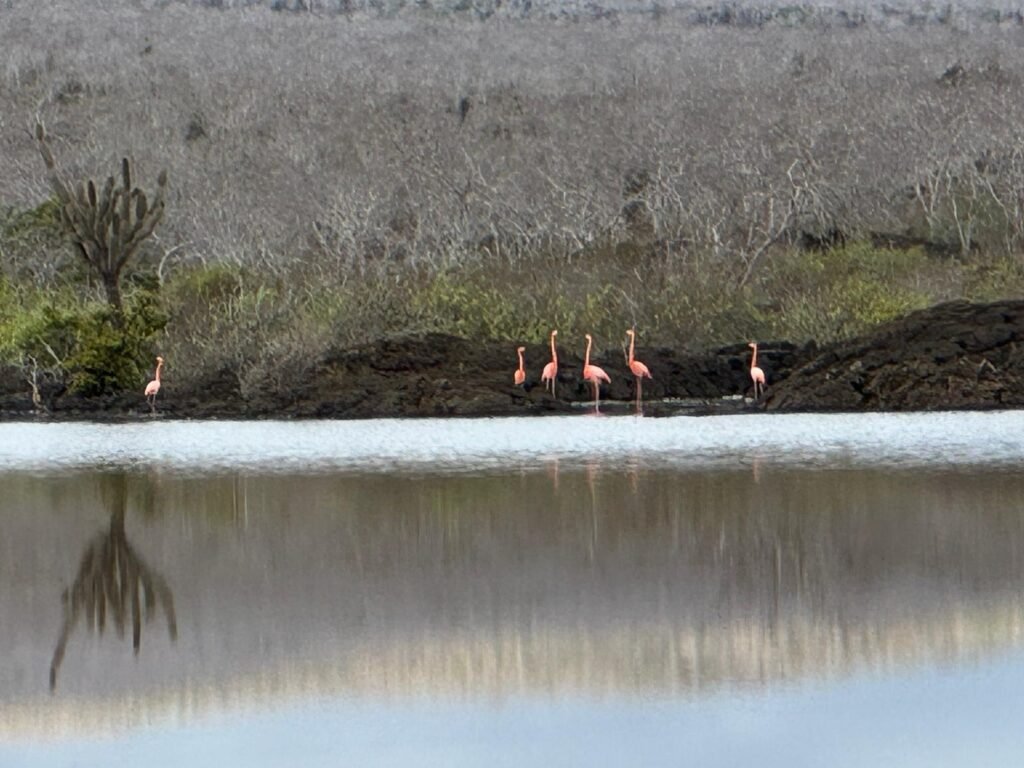
Flamingos. (Picture courtesy of Dave)
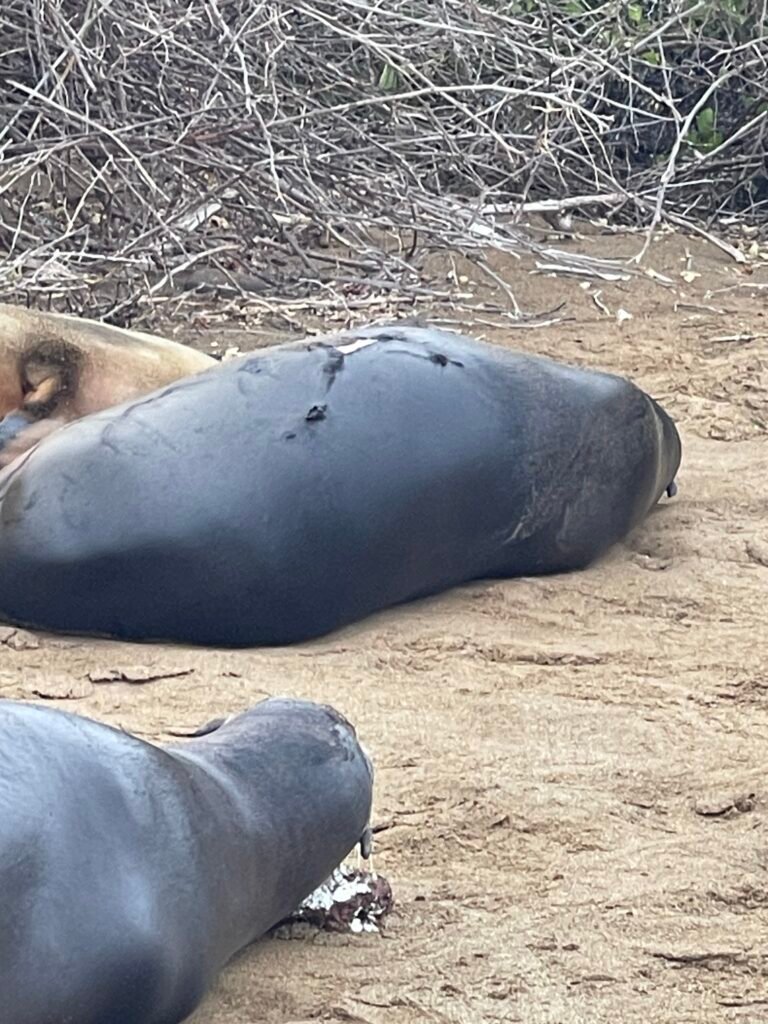
This sea lion was bitten by a shark.
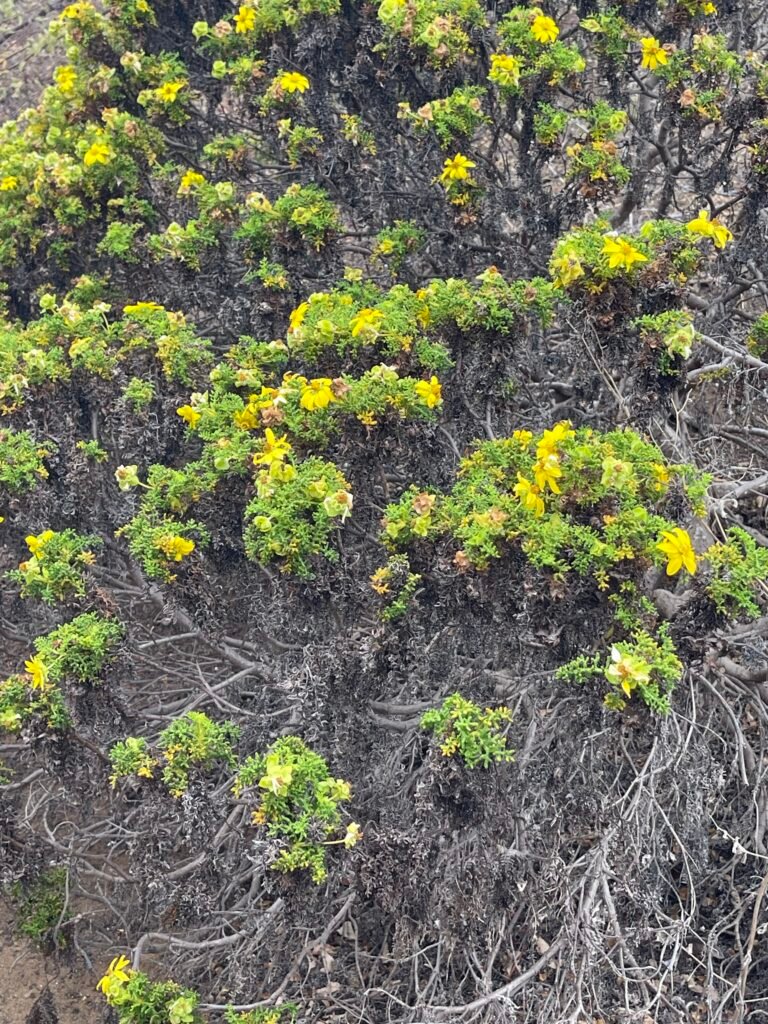
Darwin Daisy
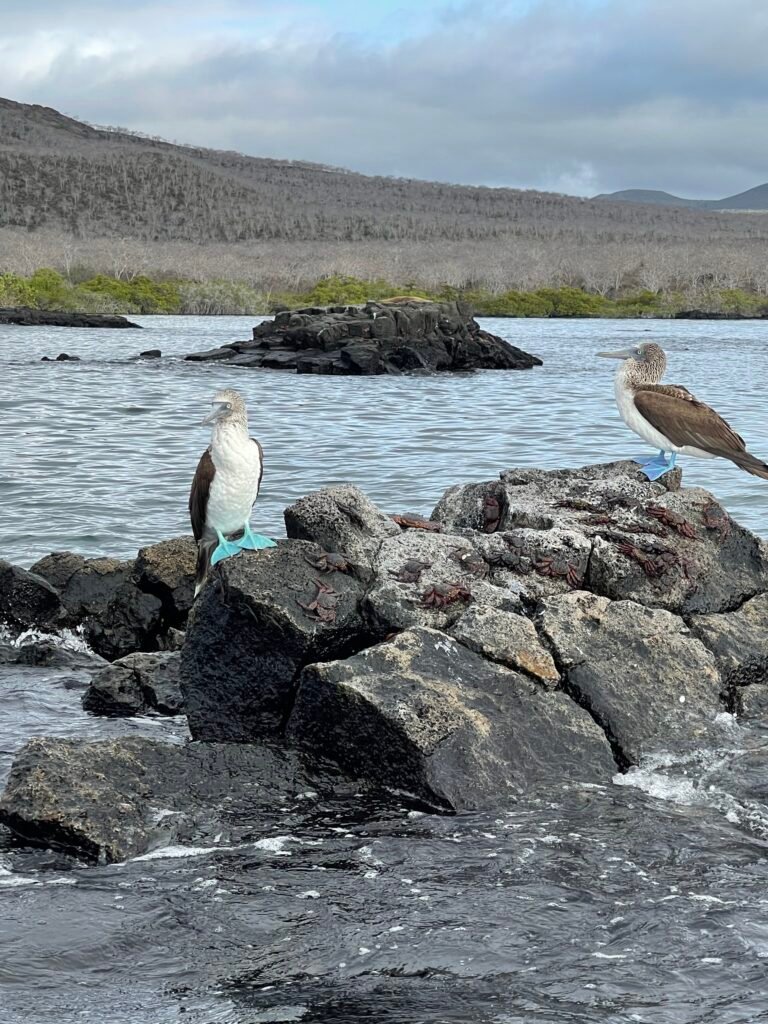
Booby birds. Notice their blue feet.
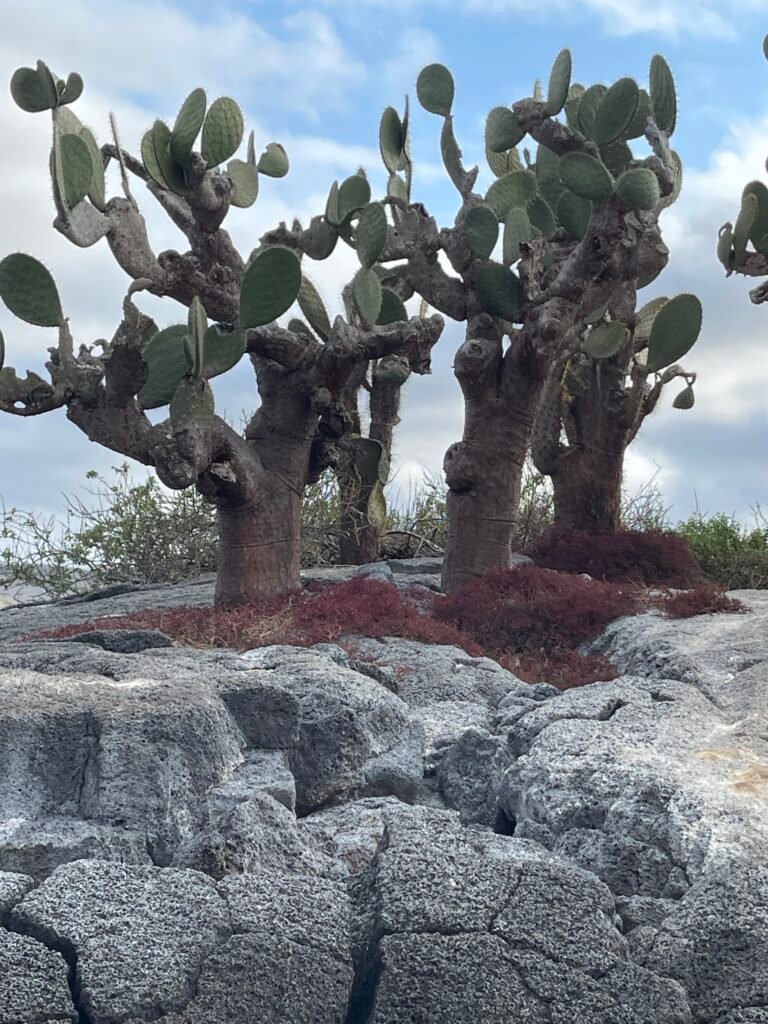
Beautiful colors and cacti
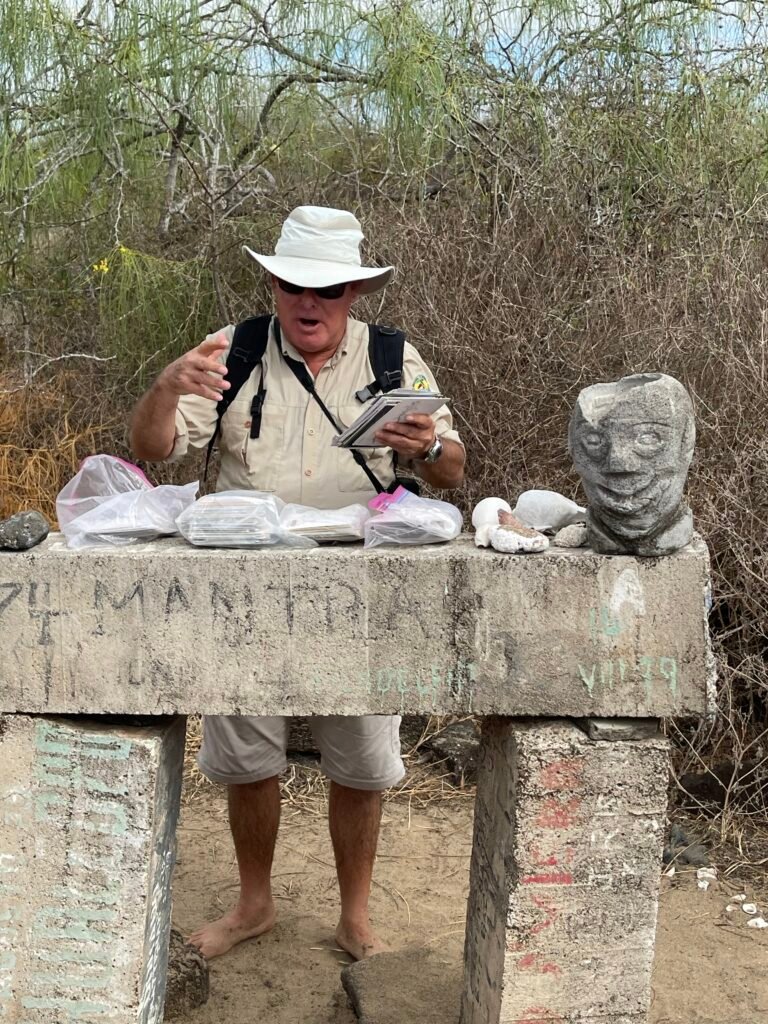
Going through the mail to see if any postcards are near our home so we can deliver to the person who left them at the post office. Unfortunately, there was not a postcard from Pennsylvania.
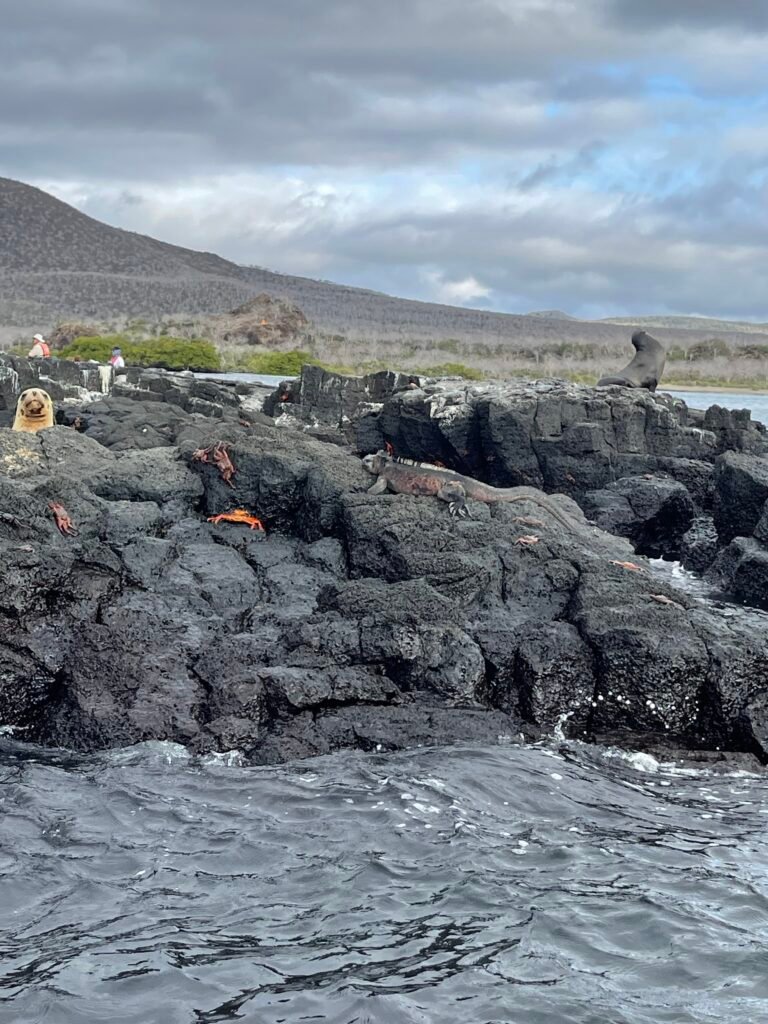
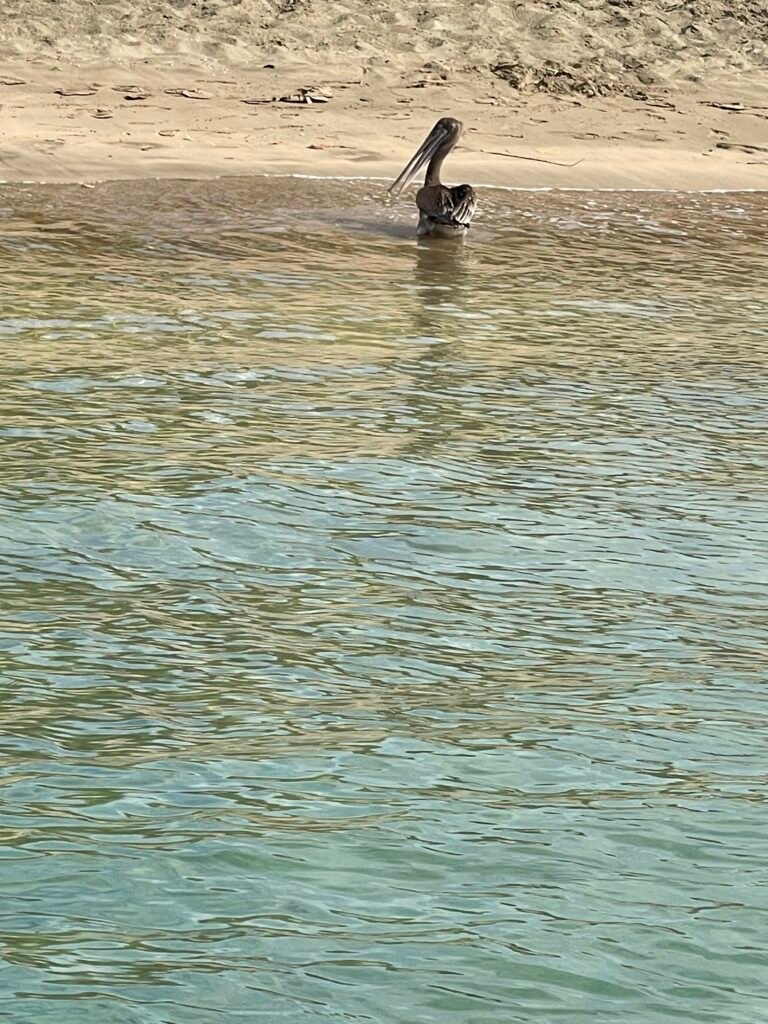
Brown Pelican
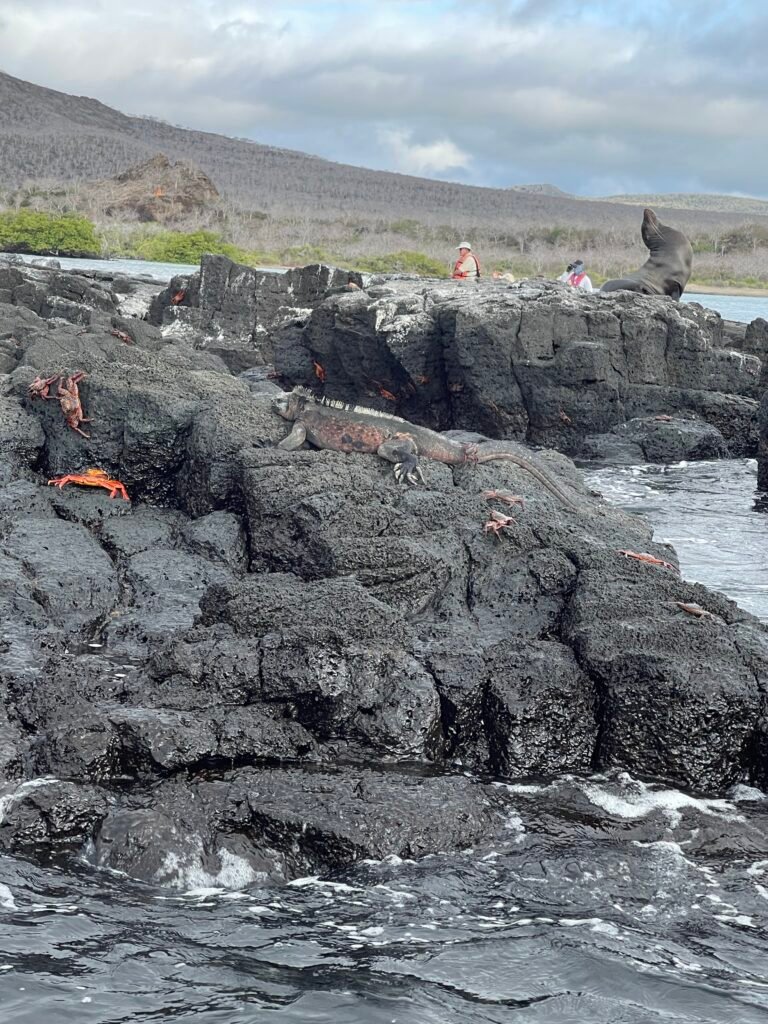
Look closely to see the iguana and the colorful crabs.

